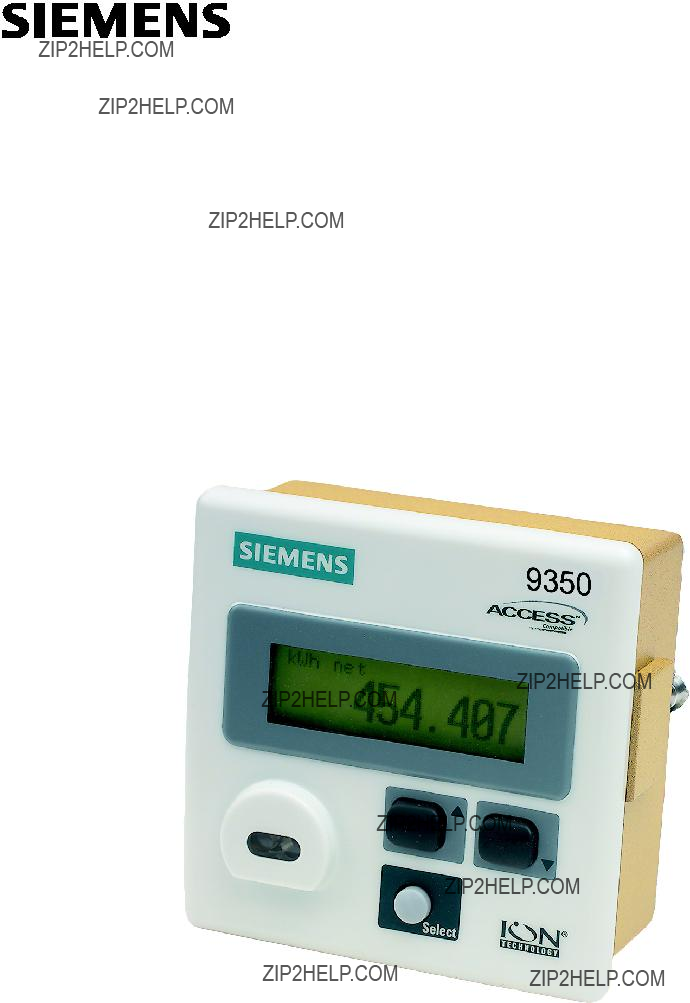
9300 Series Power Meter
User???s Guide

9300 Series Power Meter
User???s Guide


 DANGER
DANGER
ElectricaI equipment contains hazardous voltages and high speed moving parts.
Can cause death, serious injury or property damage.
See safety instruction contained herein. Restrict use to qualified per- sonnel.
The use of unauthorized parts in the repair of the equipment or tampering by unqualified personnel will result in dangerous conditions that can cause death, serious injury or property damage.
IMPORTANT
The information contained herein is general in nature and not intended for specific application purposes. It does not relieve the user of responsibility to use sound practices in appli- cation, installation, operation, and maintenance of the equipment purchased. Siemens reserves the right to make changes at any time without notice or obligations. Should a conflict arise between the general information contained in this publication and the contents of drawings or supple- mentary material or both, the latter shall take precedence.
QUALIFIED PERSONNEL
For the purposes of this manual and product labels, "qualified personnel" is one who is familiar with the installation, construction, or operation of the equipment and the hazards involved. In addition, s/he has the following qualifications:
(a)is trained and authorized to energize,
(b)is trained in the proper care and use of protective gear equipment such as rubber gloves, hard hat, safety glasses or face shields, flash clothing, etc., in accordance with estab- lished safety procedures
(c)is trained in rendering first aid.
SUMMARY
These instructions do not purport to cover all details or variations in equipment, nor to provide for every possible contingency to be met in connection with installation, operation, or maintenance. Should further information be desired or should particular problems arise which are not covered sufficiently for the purchaser???s purposes, the matter should be referred to the local the sales office.
THE CONTENTS OF THIS INSTRUCTION MANUAL SHALL NOT BECOME PART OF OR MODIFY ANY PRIOR OR
EXISTING AGREEMENT, COMMITMENT OR RELATIONSHIP. THE SALES CONTRACT CONTAINS ALL OBLIGA-
TIONS OF SIEMENS ENERGY & AUTOMATION, INC. THE WARRANTY CONTAINED IN THE CONTRACT
BETWEEN THE PARTIES IS THE SOLE WARRANTY OF SIEMENS ENERGY & AUTOMATION, INC.
ACCESS, ISGS, Isolated

Notices
Danger
This symbol indicates the presence of dangerous voltage within and outside the product enclosure that may constitute a risk of electric shock, serious injury or death to persons if proper precautions are not followed.
Caution
This symbol alerts the user to the presence of hazards that may cause minor or moderate injury to persons, damage to property or damage to the device itself, if proper precautions are not followed.
Note
This symbol directs the user???s attention to important installation, operating and maintenance instructions.
Installation Considerations
Installation and maintenance of the 9300 Series meter should only be performed by qualified, competent personnel that have appropriate training and experience with high voltage and current devices. The meter must be installed in accordance with all Local and National Electrical Codes.
 DANGER
DANGER
Failure to observe the following instructions may result in severe injury or death.
During normal operation of the 9300 Series meter, hazardous voltages are present on its terminal strips, and throughout the connected potential transformer (PT), current transformer (CT), digital (status) input, control power and external I/O circuits. PT and CT secondary circuits are capable of generating lethal voltages and currents with their primary circuit energized. Follow standard safety precautions while performing any installation or service work (i.e. removing PT fuses, shorting CT secondaries, etc).
The terminal strips on the meter base should not be
Do not use digital output devices for primary protection functions. These include applications where the devices perform energy limiting functions or provide protection of people from injury. Do not use the 9300 Series in situations where failure of the devices can cause injury or death, or cause sufficient energy to be released that can start a fire. The meter can be used for secondary protection functions.
Do not HIPOT/Dielectric test the digital (status) inputs, digital outputs, or communications terminals. Refer to the label on the 9300 Series meter for the maximum voltage level the device can withstand.
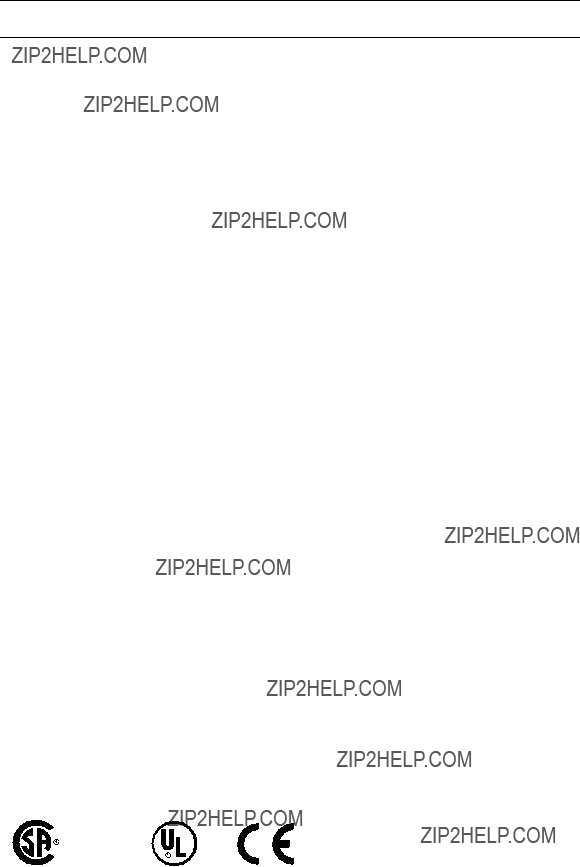
 CAUTION
CAUTION
Observe the following instructions, or permanent damage to the meter may occur.
The 9300 Series meter offers a range of hardware options that affect input ratings. The 9300 Series meter???s serial number label lists all equipped options. Applying current levels incompatible with the current inputs will permanently damage the meter. This document provides installation instructions applicable to each hardware option.
The 9300 Series meter???s chassis ground must be properly connected to the switchgear earth ground for the noise and surge protection circuitry to function correctly. Failure to do so will void the warranty.
Terminal screw torque:
FCC Notice
This equipment has been tested and found to comply with the limits for a Class A digital device, pursuant to Part 15 of the FCC Rules. These limits are designed to provide reasonable protection against harmful interference when the equipment is operated in a commercial environment. This equipment generates, uses, and can radiate radio frequency energy and, if not installed and used in accordance with the instruction manual, may cause harmful interference to radio communications. Operation of this equipment in a residential area is likely to cause harmful interference in which case the user will be required to correct the interference at his own expense. The Ringer Equivalence Number (REN) for the 9300 Series optional internal modem is 0.6. Connection to the 9300 Series internal modem should be made via an FCC Part 68 compliant telephone cord (not supplied). The 9300 Series cannot be used on a public coin phone service or party line services.
Network Compatibility Notice for the Internal Modem
The internal modem in meters equipped with this option is compatible with the telephone systems of most countries in the world, with the exception of Australia and New Zealand. Use in some countries may require modification of the internal modem???s initialization strings. If problems using the modem on your phone system occur, please contact Siemens Customer Service
Standards Compliance
Contents
Chapter 2 Using the Front Panel
Displaying Data with the Front Panel . . . . . . . . . . . . . . . . . . . . . . . . . . . . . 24
Configuring the Meter with the Front Panel . . . . . . . . . . . . . . . . . . . . . . . . 27
Custom Front Panel Displays . . . . . . . . . . . . . . . . . . . . . . . . . . . . . . . . . . . 38
Chapter 3 Default Meter Functionality
Restoring the Factory Configuration . . . . . . . . . . . . . . . . . . . . . . . . . . . . . . 66
Chapter 4 Using ACCESS Software
WinPM.Net: Management Console . . . . . . . . . . . . . . . . . . . . . . . . . . . . . . 71
Basics of ION Architecture . . . . . . . . . . . . . . . . . . . . . . . . . . . . . . . . . . . . . . . . . . . . . 83 Designer???s Main Configuration Screen . . . . . . . . . . . . . . . . . . . . . . . . . . . . . . . . . . . 87 Viewing
Chapter 5 Features and Applications
Data and Event Logging . . . . . . . . . . . . . . . . . . . . . . . . . . . . . . . . . . . . . 125
Residual Current Calculation (I4) . . . . . . . . . . . . . . . . . . . . . . . . . . . . . . . 130
Chapter 6 Revenue Metering
9300 Series Revenue Meters . . . . . . . . . . . . . . . . . . . . . . . . . . . . . . . . . . 136
Chapter 7 Hardware Reference

1 Introduction
The 9300 Series intelligent metering and control devices are typically used in enterprise energy management systems such as feeder monitoring and submetering, and offer unmatched value, functionality, and ease of use. These meters interface to WinPM.Net software or other automation systems for fast information sharing and analysis. The 9300 meter is an ideal analog meter replacement with a multitude of power and energy measurements, analog and digital I/O, communication ports, and
In This Chapter

9300 Series Meters
The 9300 Series meters are intelligent metering and control devices suited to a wide range of applications. The meters can be used as
EEM systems give energy suppliers, service providers, and large industrial and commercial energy consumers the tools to meet all the challenges and opportunities of the new energy environment. EEM systems use
ION?? technology uniquely delivers the benefits of enterprise energy management through an efficient, economical, and scalable architecture using

WinPM.Net??? is a powerful
A wide selection of ACCESS intelligent metering and control devices are available, with choices to meet the specific needs of various key points within an enterprise. Devices offer a range of high accuracy metering, power quality and reliability analysis, data and event logging, alarming, control and communications.
This manual discusses the use of all 9300 Series meters. Throughout the manual, the term ???meter??? generally refers to all meter models. All differences between the models, such as a feature specific to one model, are indicated with the appropriate model number.
The 9300 Series meters can be used effectively in numerous supply side and demand side operations. Some common meter applications are:
Revenue Metering
Substation Automation
Replacement of Analog Transducers
Commercial/Industrial Metering
Demand Monitoring
Genset Applications
Universal Metering (9330 and 9350)
Utility
These are just a few of the many possibilities. Contact Siemens Customer Service if you would like assistance with your application.

The ACCESS Meter in an Enterprise Energy Management
System
Applications that include the meter typically require additional equipment. Display and analysis software tools are almost always used to manage, interpret and distribute the data measured or logged by a meter. There are usually a variety of tools used, and often these tools are connected using different communications standards and protocols. In many cases, a meter must also provide control capabilities and
The meter can adapt to many situations. Advanced communications allow data to be shared simultaneously across multiple networks,
-Vista
-WebReach
Data Display and Analysis Tools
Not only does the meter???s front panel allow meter configuration and data display, but the meter also integrates seamlessly with display and analysis software available from Siemens. WinPM.Net software is the network and device configuration software that also lets you analyze and monitor your system and produce reports for any department in an organization. Furthermore, you can use data acquired by the meter in a variety of

The Front Panel
Local monitoring and standalone applications are facilitated by the meter???s front panel interface. The front panel combines
The Remote Modular Display
The Remote Modular Display (RMD) can be added to an existing 9300 Series- TRAN (Transducer) model to facilitate local monitoring and standalone applications. The 9300 Series Basic Model provides an integrated front panel display.
Both the front panel and RMD combine
WebMeter?? Embedded Web Server Feature
An
MeterM@il?? Internal
Configure the meter to automatically email
XML Compatibility
The meters can exchange information using
WinPM.Net Software
The complete WinPM.Net software package enables the meter to be part of a fully networked information system with other meters and local and
WinPM.Net provides tools for managing your power monitoring network, logging data, analyzing

WinPM.Net also offers two ways to remotely view information through a web browser: WebReach and Microsoft Terminal Services.
WebReach only requires an URL to display a meter???s
Microsoft Terminal Services enable full WinPM.Net functionality, including control features. Some client machine configuration is required.
ION Setup??? Software
ION Setup is a meter configuration tool designed specifically to configure and test meters. ION Setup offers an intuitive graphical interface for performing basic meter setup, installing templates into meters, viewing
Communications Protocols
The 9300 Series meter can be integrated into various
The standard meter has one infrared port and one or two
Digital and Analog I/O Options
The 9300 Series meter offers a variety of analog and digital I/O combinations. I/O connections to the meter are made via

Digital Outputs
All 9300 Series meters have four programmable digital output ports. These are suitable for pulsing or controlling relays. The Infrared Data Port and/or a rear panel LED can also be used for energy pulsing.
Status Inputs
Four optically isolated digital inputs on the 9330 and 9350 meters can monitor status, count transducer pulses, breaker trips and pulses from any external ???volts free??? dry contact.
Analog Inputs/Outputs
Any meter in the 9300 Series can be equipped with an optional analog I/O card featuring:
4 analog inputs accepting
4 analog outputs accepting
 NOTE
NOTE
When equipped with analog I/O, TRAN base units cannot be ordered with a remote display (RMD).
REB Option
Adding the Relay Expansion Board (REB) option can enhance the functionality of the onboard digital outputs. The REB option includes a
The Meter is
Although the 9300 Series meter is fully customizable, it is shipped from the factory with many functions

Meter Firmware Revision History9300 Series User???s Guide
Meter Firmware Revision History

9300 Series User???s GuideEthernet Card Firmware Revision History
Ethernet Card Firmware Revision History
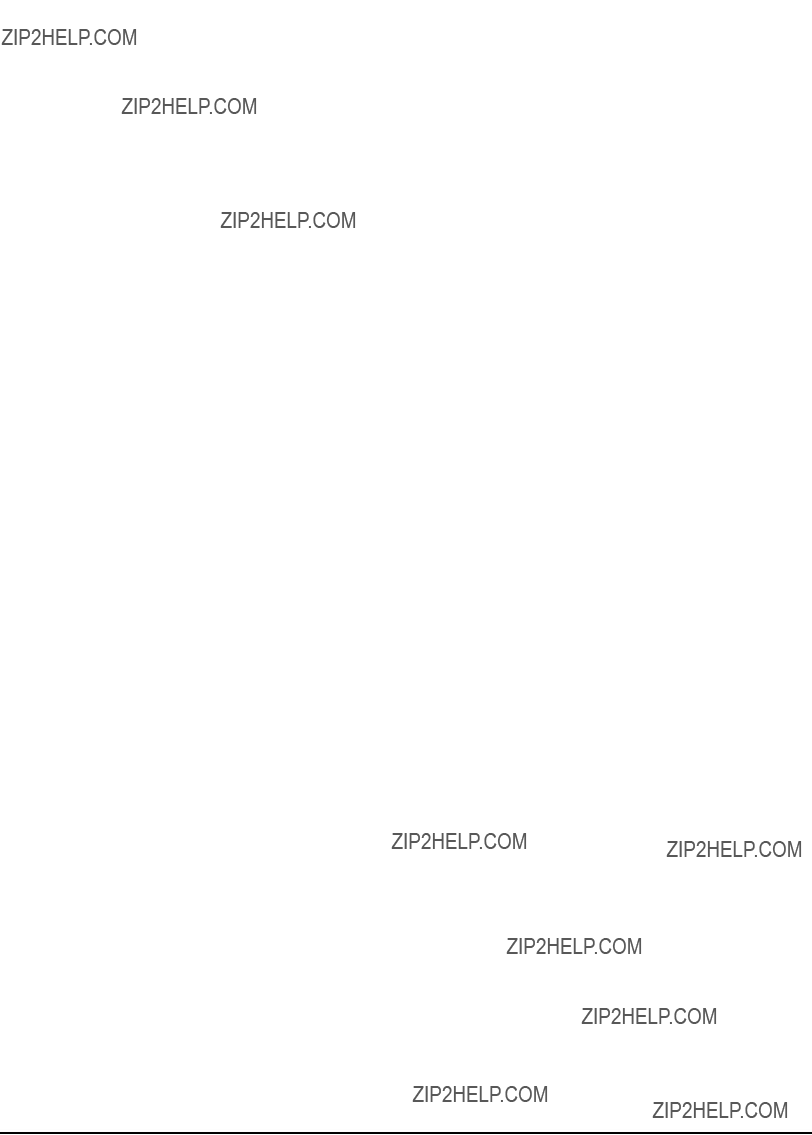
Using this Guide
This User???s Guide is directed at three types of user: the typical user or operator, the system administrator, and the advanced user. You might not fit into any of these groups directly, or perhaps you are both an operator and an administrator. These classifications are intended to make this guide easier to navigate with respect to which information is appropriate to your needs.
Typical User or Operator
Most users simply want to display the data provided by the
System Administrator or Manager
Some users need to make minor adjustments so that their meters ???fit??? their power systems: data recording intervals, demand
Advanced User or Systems Integrator
Advanced users may want to make use of the flexibility and power provided by the device???s operating software. These users will need to become familiar with the ION Architecture, and the ACCESS software tools used to customize the device???s operation.
Before You Can Use this Guide
By the time you are ready to use this guide, your meter should be installed, basic setup should have been performed, and communications/basic operation should have been verified. If the unit is not yet installed and operational, refer to the 9300 Series Installation Guide shipped with the meter.
Getting More Information
Additional information is available from Siemens. Check our web site at www.sea.siemens.com, contact your local Siemens representative, or contact Siemens directly (contact information is provided on the first page of this document). Documents that are related to the installation, operation and application of the meter are as follows:
Installation Guide
This brief instructional manual is shipped with each meter. It details the mounting, wiring and basic setup of the device.
ION Programmer???s Reference
This online reference contains detailed descriptions of all of the modules in each
ACCESS meter.
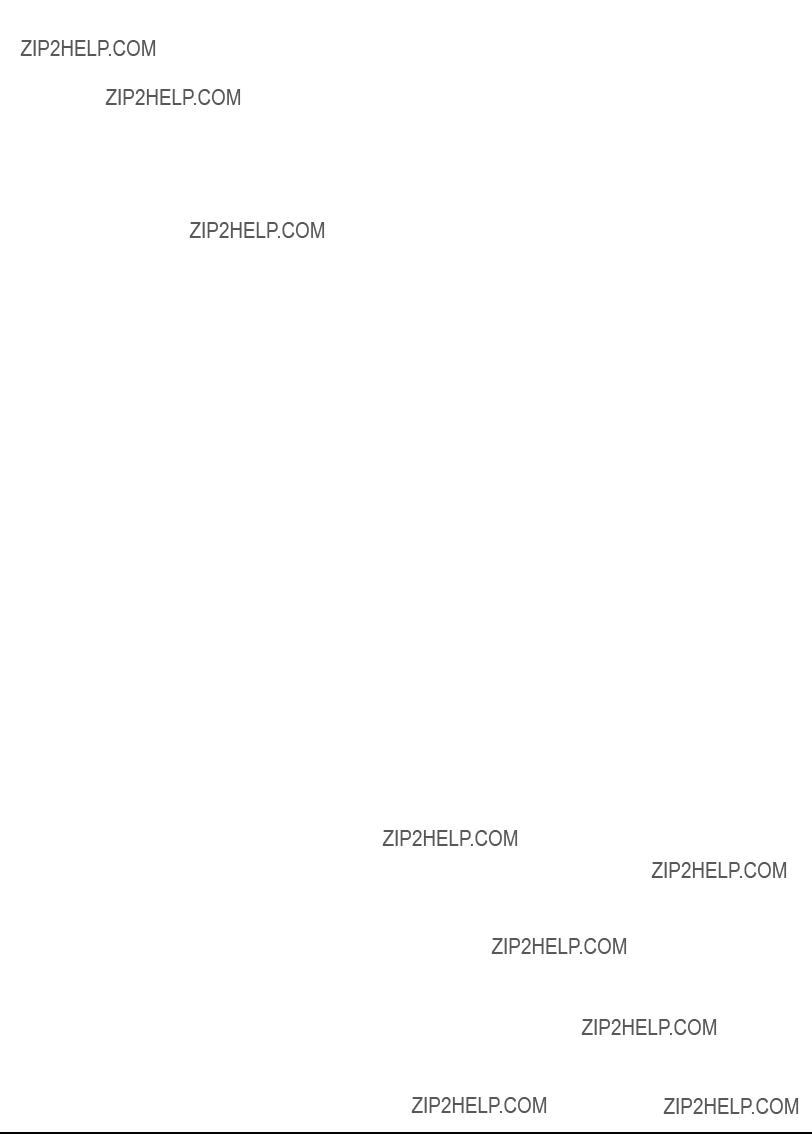
WinPM.Net Getting Started Guide
This guide explains the installation and configuration of the WinPM.Net software suite.
Online WinPM.Net Help
Each WinPM.Net software component has an
Application Notes
Online application notes offer detailed,


2 Using The Front Panel
The meter???s front panel is used for both display and configuration purposes. The liquid crystal display (LCD) screen and the numerous selection, navigation, and configuration buttons allow quick access to basic meter configuration provided by special setup screens. The front panel also provides access to the settings of many other meter functions, such as customizing the type of data the meter displays.
In This Chapter
Displaying Data with the Front Panel . . . . . . . . . . . . . . . . . . . . . . . . . . . . . 24
Configuring the Meter with the Front Panel . . . . . . . . . . . . . . . . . . . . . . . . 27
Custom Front Panel Displays . . . . . . . . . . . . . . . . . . . . . . . . . . . . . . . . . . . 38

Displaying Data with the Front Panel
The front panel provides a detailed graphics and text display for the meter. The front panel is configured at the factory with eight displays showing some of the more commonly used power system values measured by the device (refer to ???Default Front Panel Display Screens???). A Remote Modular Display (RMD) can be added to an existing TRAN meter to provide a front panel display.
Measurements are displayed here.
Optical (Infrared) port
Use the arrow buttons to scroll through data display screens.
Press the round button to access the Setup menu or make a selection.
Button Functions
Press the Up/Down arrow buttons to scroll through the data display screens. You do not require password authorization to view these screens. The round button, when pressed, provides access to the Setup menu. Use the front panel???s three buttons to navigate this menu, and enter settings into the meter. For more information on setting up the meter using the front panel, refer to ???Configuring the Meter with the Front Panel??? on page 27.
Front Panel Display Resolution
When displaying numeric values, the front panel display screen can show up to nine digits of resolution. This nine digit resolution is available when the display screen is set to display one parameter. Any
If you require more digit resolution than is available, use ACCESS software to display data. If a value is too large to be displayed on your display screen (i.e. greater than 99,999 on a two parameter screen), the front panel uses an abbreviated engineering notation with standard metric prefixes to indicate the magnitude of the reading. The following table provides some examples:
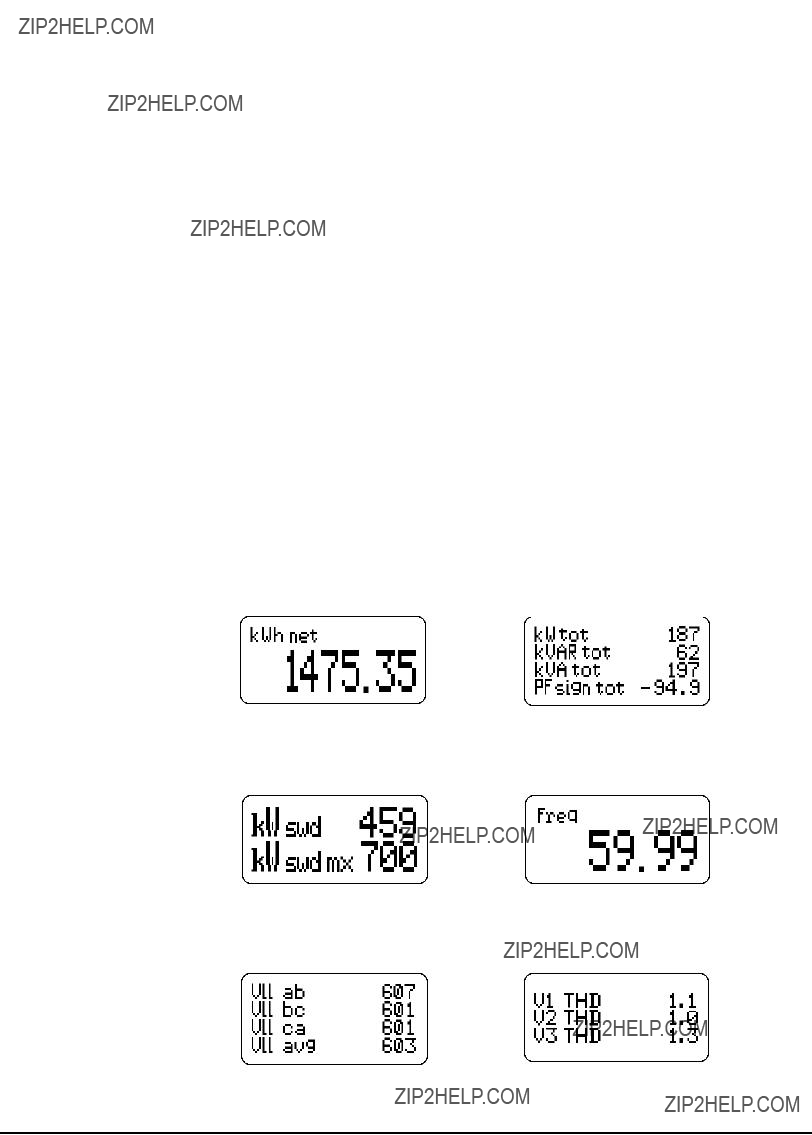
Numeric values are displayed in base units; voltages are displayed in volts, while current is displayed in amps. The following values, however, are displayed in kilo units rather than base units since kilo is the most frequently used value range:
kW
kVA
kVAR
When viewing these parameters with the front panel, remember that the values are already multiplied by 1000. For example, the reading below indicates
120,000 kilowatts, not 120,000 watts.
INVLD and N/A Messages
If the front panel is unable to read a numeric or status value from the meter, it will display either INVLD or N/A in place of the value. INVLD indicates that the value received cannot be displayed because it is too large (above 9G999). N/A appears if the register is not available.
Default Front Panel Display Screens
The meter???s eight default data displays are as follows:

 NOTE
NOTE
Your default data display screens will differ if the meter is in Fixed mode (refer to ???Display Mode??? on page 34), or if your meter has custom displays.

Configuring the Meter with the Front Panel
The front panel provides meter setup capability at the meter???s installed location. All of the meter???s setup registers can be configured moving through menus on the front panel???s screen (ION module links cannot be modified using the front panel). The front panel also provides quick access to parameter reset for common cumulative parameters.
The Front Panel???s Setup Menus
To access the front panel???s device configuration functions, press the round button.
The Setup menu appears listing the meter???s front panel setup options:
Accessing the Setup Menus
The three buttons are used to navigate the
Navigating Menus
Each menu has a title displayed at the top of the display screen and menu items displayed below the title. Use the arrow buttons to scroll through the menu items. To select an item that is highlighted, press the round button. To return to the previous screen, select RETURN. Return to the data display screens by repeatedly selecting RETURN.

Editing Registers
To edit the value of a register, navigate the registers using the arrow keys until the register you want is highlighted, then press the round button. The register appears in one of two ways: as a number, or as an option selected from a menu. Once you have entered the password (if required), a YES or NO verification screen appears showing the new value of the register. Select YES to change the value of the setup register; select NO to return to the previous screen without changing the value.
Numeric Registers
Use the arrow buttons to change the value of the digit above the  cursor. Change the position of the cursor by holding down an arrow key for about one second. Holding the up arrow button moves the cursor left one position, and holding the right arrow button moves the cursor right one position. Once you have the value you want, press the round button.
cursor. Change the position of the cursor by holding down an arrow key for about one second. Holding the up arrow button moves the cursor left one position, and holding the right arrow button moves the cursor right one position. Once you have the value you want, press the round button.
Enumerated Registers
Some registers are displayed as a menu of options. The current value of the register will be displayed in the list with an asterix (*) on either side of it. Use the arrow buttons to highlight the setting you want, and press the round button.
Front Panel Password Security
The password is required when you make a change to a register through the front panel. Once you have entered a valid password, you can make multiple register changes. The password is factory set at ???00000??? (5 zeros). Press the round button when you have entered the correct front panel password. If you need to change the password, refer to the section ???Security Menu??? on page 35.
Clear Functions Menu
The CLEAR FUNCTIONS menu allows you to reset cumulative parameters. To access the Clear Functions screen, press the round button while the meter is displaying data; scroll down the Setup menu and select CLEAR FUNCTIONS.
Peak Demand Reset
The following Demand parameters are reset when you select PEAK DMD RSET:
Maximum and Minimum Rolling (Sliding Window) Demand (kW, kVAR, kVA)
Maximum and Minimum Thermal Demand (kW, kVAR, kVA)
Min/Max Reset
The minimum and the maximum values for each the following parameters are reset when you select MNMX RSET:
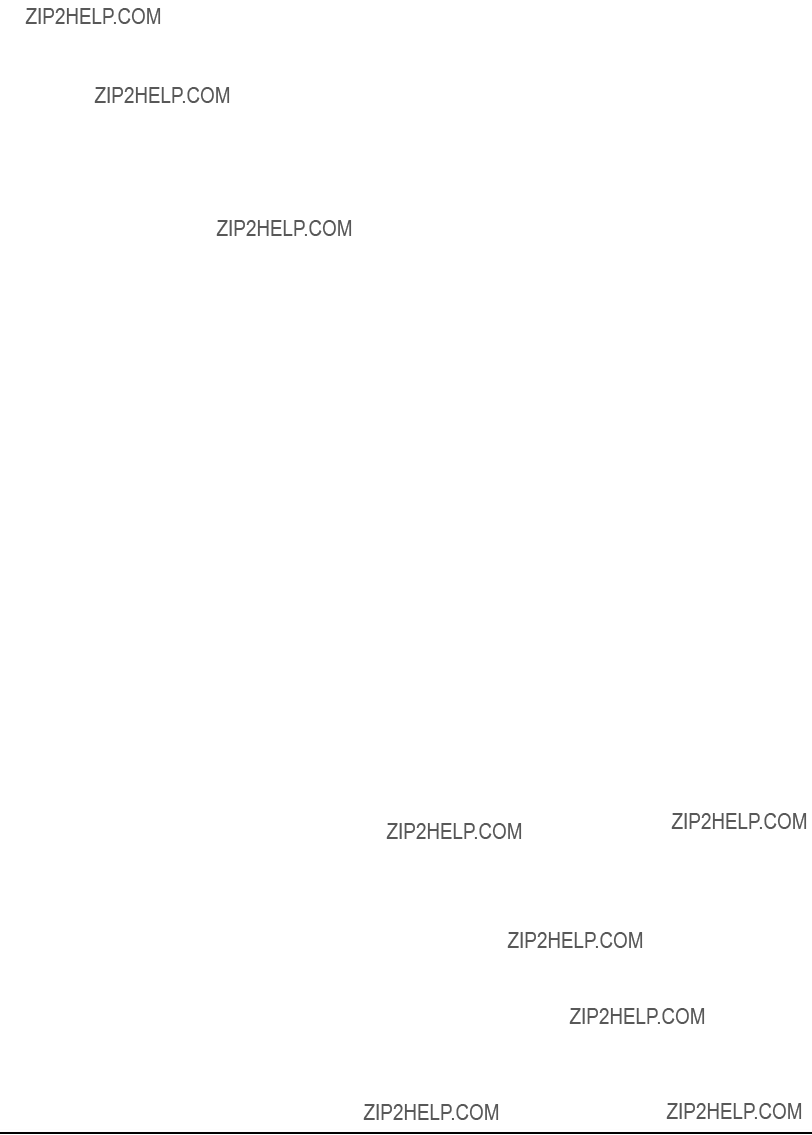
Sliding Window Demand Reset
These Sliding Window Demand values are reset when SWDEMAND RSET is selected:
Thermal Demand Reset
The following Thermal Demand parameters are reset when TDEMAND RSET is selected:
Manual Waveform Trigger
Select this menu item to capture your
Harmonics Min/Max Reset
The following Harmonics Parameters are reset when HARM MNMX RSET is selected:
Current Total HD (Ia, Ib, Ic)
Voltage Total HD (Va, Vb, Vc)
Energy Reset
The following energy parameters are reset when ENERGY RSET is selected:
kWh import, export, total and net
kVAh
kVARh import, export, total and net
Status Counters
Each of the four Status Counters that monitor the number of times each Status input changes are reset when S COUNT RSET is selected.
Disturbance Counter Reset
Resets the counter in the Sag / Swell module that keeps track of how many Sags or
Swells are detected by the meter.

Quick Setup Menu
Select QUICK SETUP from the Setup menu to access to the Power Meter module and the Communications module settings. These settings are all configured when the meter is initially put into service ??? typically you will not need to change these settings once the meter is operational.
Comm 1, Comm 2, and Infrared Comm Menus
The setup registers for the three serial Communication modules are as follows:
1 The factory set Unit ID is based on the serial number of the meter.
Refer to the online ION Programmer???s Reference for details on each Communications module???s additional registers and their default settings.
Profibus Comm Menu (9300)
In addition to the existing communications ports available on the 9300 meter, the
The Comm 4 Profibus Communications module has one setting: PB Address. The default value of this register is 126. Use the front panel to configure this setting to a unique PB Address on your Profibus network.

Ethernet Menu
The Ethernet module controls the meter???s optional
1 Settings available for 9330 and 9350 meters with MeterM@il.
Typically your network administrator will provide you with the appropriate IP address for the meter. The Subnet Mask and Gateway settings are required if you have communications between multiple Ethernet networks, and if subnetting is implemented. The SMTP Server and SMTP Connection Timeout settings are required for MeterM@il (9330 and 9350 meters). Webserver Config Access allows you to enable/disable configuration of your meter with a web browser.
Power Meter Menu
Select POWER METER from the Quick Setup menu to access the following settings:

The remaining Power Meter module setup options and their default values are given in the online ION Programmer???s Reference. In most cases you can leave them at their default settings and the meter will function properly.
Sag/Swell Module Settings (9350)
You must set the Sag/Swell module???s Nom Volts setup register to a voltage that represents the nominal voltage for your power system (for example, 120). If the Sag/Swell module???s Nom Volts setup register is set to zero, all Sag/Swell module functions are disabled.
 CAUTION
CAUTION
The Nom Volts setup register MUST be set to your primary power system voltage, or the Power Quality features of the 9350 meter will not properly function.
.
1The ANSI C84.1 1989 standard recommends a temporary overvoltage limit of 106% for Range B voltage levels, and a temporary undervoltage limit of 88% for load voltages and 92% for the service entrance.
2The primary power system voltage is sometimes different than the PT Primary setup register value; i.e. when the PT Primary is used to indicate winding ratio rather than primary voltage.
Advanced Meter Setup Menu
The Advanced Meter Setup menu provides access to the setup registers of every ION module in the meter. To access this menu screen, select ADV METER SETUP from the Setup menu. Follow this procedure to access a setup register:
1.From the Feature Manager screen, select the module???s type.
2.Select the module you want to configure from the list of available modules.
3.From the list of the module???s setup registers, select the one you want to configure.
4.Edit the value of the register (see ???Editing Registers??? on page
You may be prompted to enter your password (see ???Front Panel Password Security??? on page
Refer to the online ION Programmer???s Reference for complete details on each setup register???s function.

Display Setup Menu
When you select DISPLAY SETUP from the Setup menu, you get these settings:
Auto Scroll
Auto Scroll activates each of the enabled display screens in sequence. By default, the Auto Scroll is disabled. Use the arrow buttons to specify the number of seconds that each screen is displayed before it flips to the next display screen, then press the round button to set the value. Any screens that have been disabled will not appear when Auto Scroll is enabled. Set the numeric value to zero (the default value) to disable auto scrolling.
Contrast
To change the contrast of the front panel???s display, select CONTRAST. Press an arrow button once, and the display screen???s contrast slowly changes. Press an arrow button to stop the process. Press the round button when you are satisfied with the contrast level.
 NOTE
NOTE
Contrast can be adjusted from any screen by holding down the round button for more than ten seconds.
Release the round button when the contrast is at a suitable level.
Backlight Timeout
This setting changes the amount of time the front panel???s backlight stays on when the front panel is idle. The backlight has a limited lifespan; to prolong it, you should only have
Update Rate
The update rate specifies how frequently data on the display screen is refreshed. You may find the values are being updated too frequently, or that the data shown on screen lags too far behind the actual values. The default update rate is four seconds; use the front panel???s buttons to change the update rate to suit your needs.
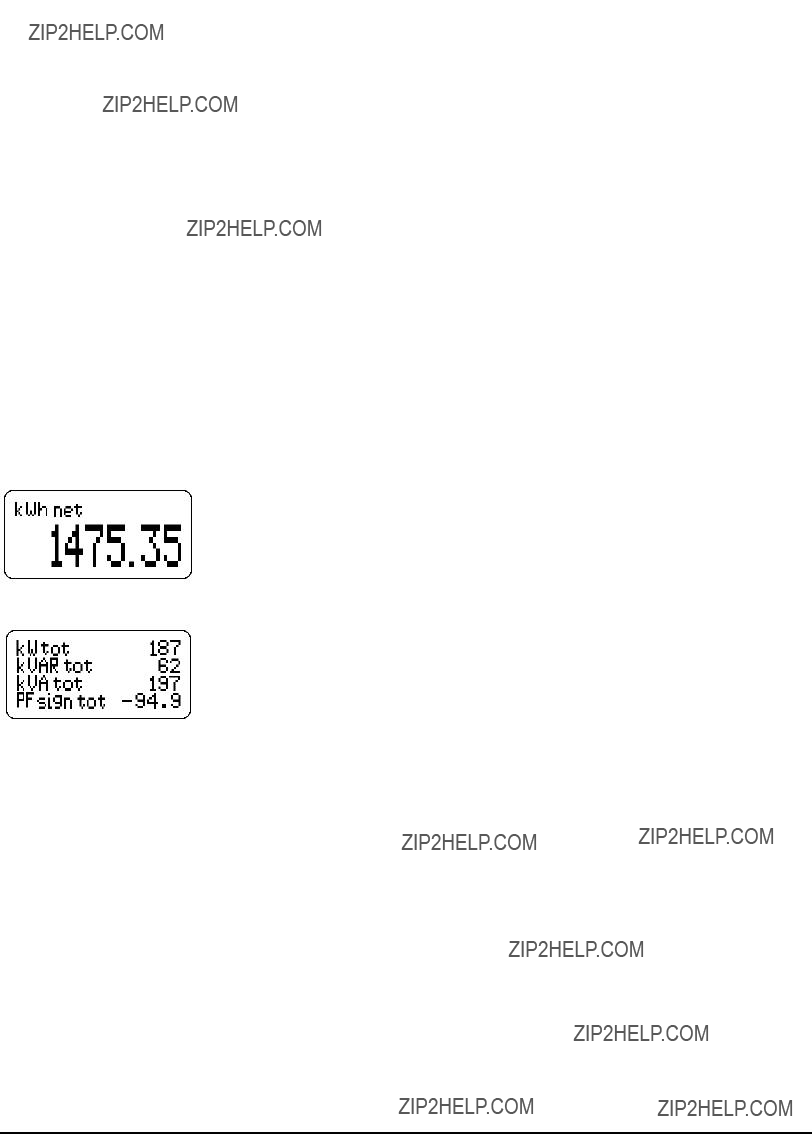
Display Mode
There are two display modes: PROGRAMMABLE MODE and FIXED MODE. The default is programmable mode, which provides eight data display screens which can be configured to meet your requirements (see ???Custom Front Panel Displays???). Fixed Mode displays four screens, each with large characters in the display, easily visible from a distance. The four fixed mode screens display Average Volts, Average Amps, kW total, and PF total. You cannot customize the fixed mode displays.
Screen Setup Menu
The SCREEN SETUP menu screen allows you to change the data displayed on the eight display screens. From the SELECT SETUP menu, select SCREEN SETUP. The list of display titles appear that correspond to each of the eight display screens (see ???Default Front Panel Display Screens???). The screen number with an asterix (*) beside it indicates the active display (the screen displayed before you entered SELECT SETUP). Select the screen you want to change, and press the round button. Two settings appear, VALUES and STYLE, that allow you to specify which measurements to display.
Values
The VALUES setting specifies which of the device???s measurements are displayed on each display screen. When you change the value displayed on a screen, you are presented with a complete list of the meter???s measurements. Using the lists of modules provided, select the values you want to have displayed on that display screen.
The number of VALUES you can select is a function of the STYLE setting. You cannot select more values than the style is set to display.
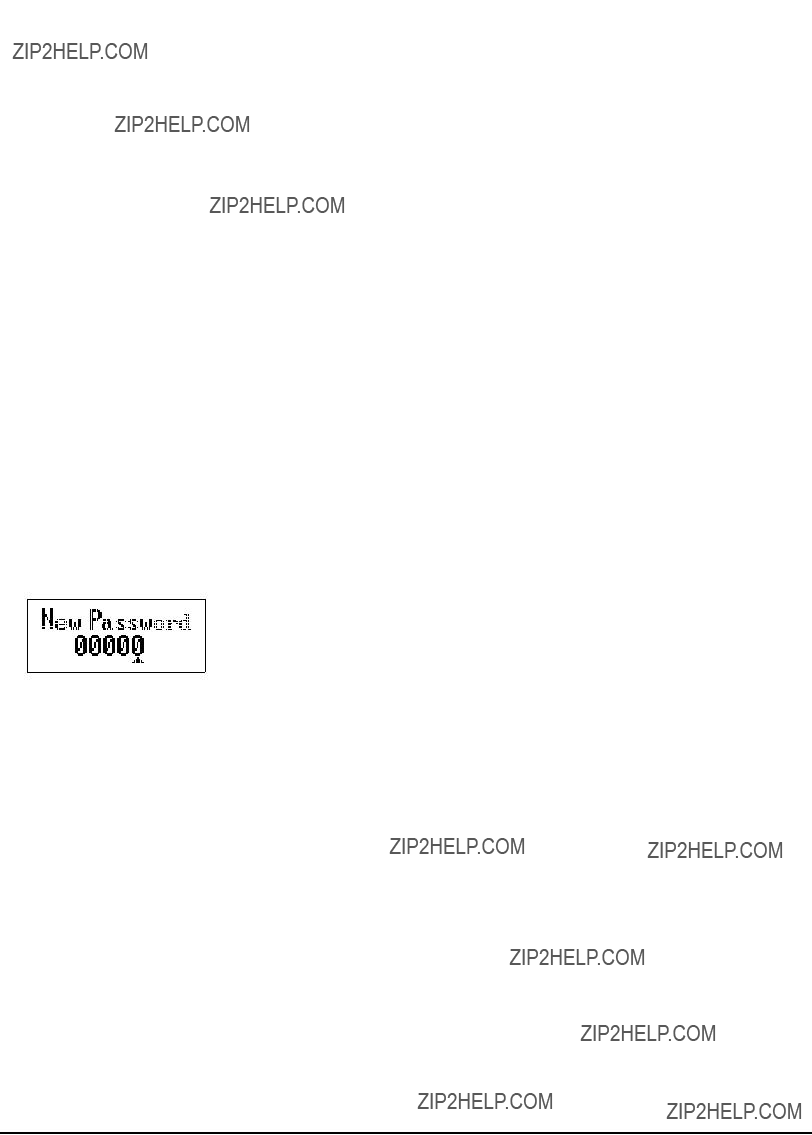
Nameplate Info Menu
Select NAMEPLATE INFO to display information about the various options of the device, such as:
Security Menu
When any changes are made to the meter via the front panel, the meter prompts for a user password. The password prevents unauthorized tampering with your meter???s configuration. Depending on site security, you may want to modify the user password from the default to protect your configuration. The default password is 00000 and can be set to a maximum numeric value of 60000.
Changing the User Password
1.Select SECURITY from the Setup menu.
2.You will see that the screen displays 00000. Enter the current password. If you have not previously changed your password, the default is 00000.
3.Choose MODIFY PASSWORD to alter your password (the FACTORY USE ONLY option is for factory purposes and is not accessible).
4.Enter your new numeric password.
5.Select YES to accept your new password. You will be returned to the Setup menu.
Diagnostic Menu
The DIAGNOSTIC menu is accessed from the Setup menu; you can view

Harmonics Diagnostics
Select HARMONICS from the Diagnostics menu to view
Press and hold the up and down buttons to move the cursor to the harmonic of interest. The percentage of the fundamental is also displayed.
Communications Diagnostics
The Communications diagnostic screen has a different screens according to the communications options on your meter.
The
COM1 ETH COM3
R T R T R T
COM 1 and COM 2 refer to the communications ports on the back panel of the meter. As there are is no COM2 port on the 9300 meter, the COM2 box never appears active. The COM 3 box verifies communication through the Infrared port on the front panel (IR1).
The Ethernet diagnostic screen displays text similar to what you see in the table below - each label appears with a value next to it. The table explains the meaning of each possible value.

The Ethernet Connection diagnostic screen displays text similar to what you see in the table below - each label appears with a value next to it. The table explains the meaning of each possible value.
I/O Diagnostics
The I/O diagnostics mode verifies the operation of the digital inputs/outputs you may have connected to the device and, if you ordered the analog I/O option, allows you to monitor the Analog Input or Analog Output ports on your meter. analog inputs/outputs. The following diagnostic screens are available:
Digital Ins ??? This screen displays the four digital input values as seen at the low level.
Digital Outs ??? This screen displays the four digital input values as seen at the low level.
Analog Ins ??? This screen displays the four analog inputs???s values as seen at each
Analog Input module???s output register.
Analog Outs ??? This screen displays the four analog outputs???s values as seen at each Analog Output module???s output register.
Troubleshooting Diagnostics
There are three troubleshooting diagnostic screens available. They are as follows:
kiloWatts ??? This screen shows
Volts ??? This screens shows line to neutral and average volts.
Power Factor ??? This screen shows signed
Date/Time Screen
For the 9330 and 9350 meters, this screen displays the time and date from the device???s internal clock.
For the 9300 meter, this screen displays the time passed sent during a time sync. The 9300 meter does not increment its internal clock while the meter is powered- down.

Custom Front Panel Displays
Custom front panel displays can be created showing any data the meter measures or calculates. Each display screen can be configured to display any measurements you require. You can also adjust the size of the characters in each screen so you can easily read the device???s display from farther away.
There are only eight display screens available for configuration. Since all eight of the front panel???s screen displays are
The technical note Custom Front Panel Displays has complete details for personalizing your meter???s display screens.
Before Customizing the Front Panel
In order for the customized screens to be displayed in the front panel???s display, the meter???s Display Mode must be properly set. Ensure that the Display Options module???s Display Mode setup register is set to PROGRAMMABLE. This is the default setting. If it is required, you can use the meter???s front panel or ACCESS software to set this register.
Customizing Displays Using the Front Panel
The SCREEN SETUP menu screen allows you to change the data displayed on the eight display screens using the front panel (see ???Screen Setup Menu??? on page 34).
Customizing Displays Using Designer
The front panel display of the 9300 Series is controlled by the Display modules and Display Options modules. Refer to the ION Programmer???s Reference for detailed descriptions of the Display module and the Display Options module. Refer to ???ION Enterprise: Designer??? on page 83 for details on using Designer.
Display Module
A Display module controls which values are displayed on a display screen, and how these values are presented. Up to four parameters can be linked to a Display module ??? these parameters appear on the display screen when the module is activated.

Links to a Display module can be made using Designer or the front panel. Each Display module has one setup register, Display Type, which sets the number of parameters that the display screen will show.
kWh net
Display
Module 1
Source 1
The Display Type setup register has five options: ONE PARAMETER, TWO
PARAMETER, THREE PARAMETER, FOUR PARAMETER, AND DISABLED. The number of inputs for the Display module should match the Display Type setup register.
If you select a Display Type with more parameters than are currently linked to the Display module, the display screen will show any unavailable inputs as N/A. If a Display Type is selected which has fewer parameters than are linked to the module, the Display module will only display the Display Type number, and will break any links to parameters that it cannot display.
For example, if you have a display screen with four parameters, and you select a Display Type of One Parameter, the first parameter is displayed and the other three links to the ION Display module are severed.
Display Options Module
The Display Options module controls data display settings such as backlight timeout, automatic display scrolling, parameter update rate, and display mode. Settings in the Display Options modules are global, and affect all of the front panel display screens. Refer to ???Display Configuration??? on page 50 for the Display Options module???s default setup register settings.
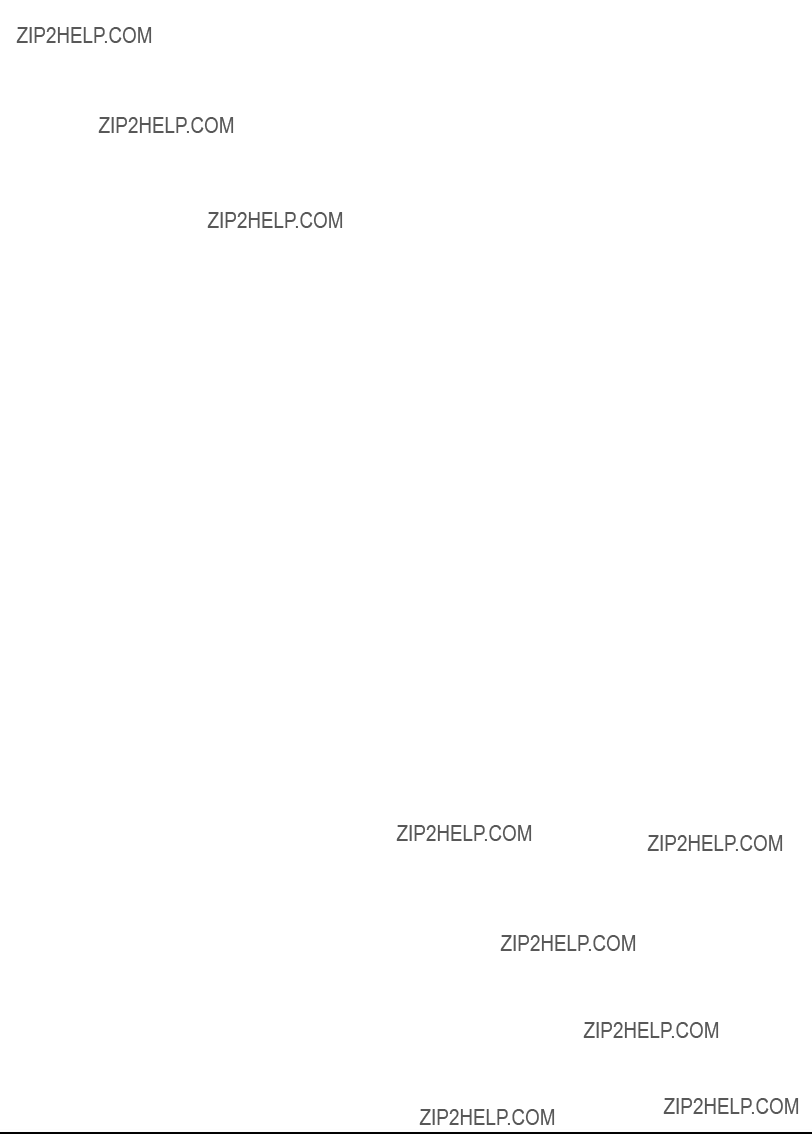

3 Default Meter Functionality
The information provided in this chapter corresponds to
In This Chapter
Restoring the Factory Configuration . . . . . . . . . . . . . . . . . . . . . . . . . . . . . . 66

Default Meter Functionality
To learn more about the ION modules in your meter, refer to the ION Device Templates at www.pwrm.com. ION Device Templates list all of the ION modules available in the current version of your meter, and the total number of each module. ION Device Templates also show the ranges or options available for each module???s setup registers.
Basic Setup
Basic configuration of the meter is provided by the Power Meter module. The Power Meter module is the main connection between the power system measurements and all other ION modules in the device. This module reports the values for all voltage, current and power measurements.
The Power Meter module???s setup registers describe details of the power system being monitored. Many of the Power Meter module???s setup registers are configured when the meter is initially put into service, although the device will not operate properly until Volts mode and PT and CT ratios are set. Some registers may need to be changed to refine the device???s operation.
The functions of the setup registers in the Power Meter module are as follows:
1The registers are typically set when the device is commissioned. Changing the values of these registers while the device is in service is not recommended.
Once basic setup is performed (i.e. the PT/CT and Volts Mode settings), the meter operates properly. Typically there is no need to make further changes to the Power Meter module???s setup registers.
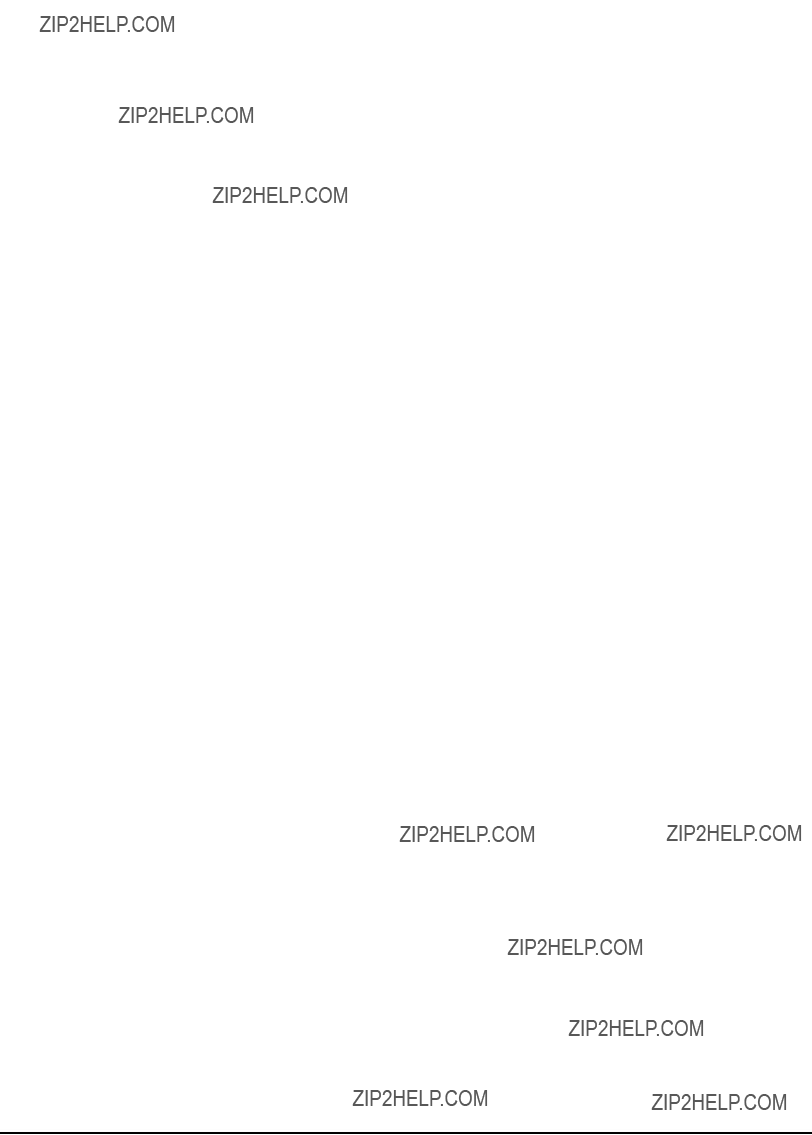
Communications Setup
Communication settings are typically configured when the ACCESS meter is initially put into service. Each communications port on a meter is controlled by a single Communications module. The modules??? setup registers define the parameters used for each port, so parameters do vary according to the type of communications channel selected (i.e.
1For 9330 / 9350 meters with an optional modem, COM1 is hardwired for ModemGate.
2COM2 is not available for the 9300 meter.
3For 9330 / 9350 meters with an optional Ethernet card, COM2 is hardwired for EtherGate.
4Available for the 9300 meter.
A communications channel must be configured before you can use ACCESS software (i.e. Vista or Designer). Altering the settings of the channel that is in use causes a loss of communications with the meter. Refer to the online ION Programmer???s Reference for complete details on all the Communications module setup registers.
1The factory set Unit ID for this port is based on the serial number of the meter. For example: Serial
number:
2Setting for the 9330 and 9350 meters.

3 MeterM@il settings for 9330 and 9350 meters.
Modem Initialization String
The setup register labeled ModemInit is available for 9330 and 9350 meters with internal modems, and defines the initialization string for the internal modem (by default, the modem is factory configured to answer on one ring). You should not require changes to the ModemInit string for normal operation. If you require advanced modem functionality, you can customize the ModemInit register with a string up to 47 characters long.
 CAUTION
CAUTION
The ModemInit string is automatically sent to the internal modem when the ModemInit setup register is changed, when the meter is powered up, or when the baud rate of the modem???s Communications module is changed.
Communications Protocols
By default, all COM ports are configured to use the ACCESS protocol. If you want to make use of Modbus RTU, DNP 3.00, or GPS configurations, you need to configure Protocol setup register the Communications module that controls the port you want to use.
 NOTE
NOTE
The Factory Protocol is reserved for the use by Siemens Customer Service.
Power Quality Setup (9350)
For the 9350 meter, power quality parameters can be set up using the Sag/Swell module. The Sag/Swell module monitors applicable phase voltages for temporary undervoltages and overvoltages (i.e. CBEMA Type 2 and Type 3 disturbances).
Once a disturbance is detected, magnitude and duration data is captured by the
Sag/Swell module, and is passed to a data recording framework.
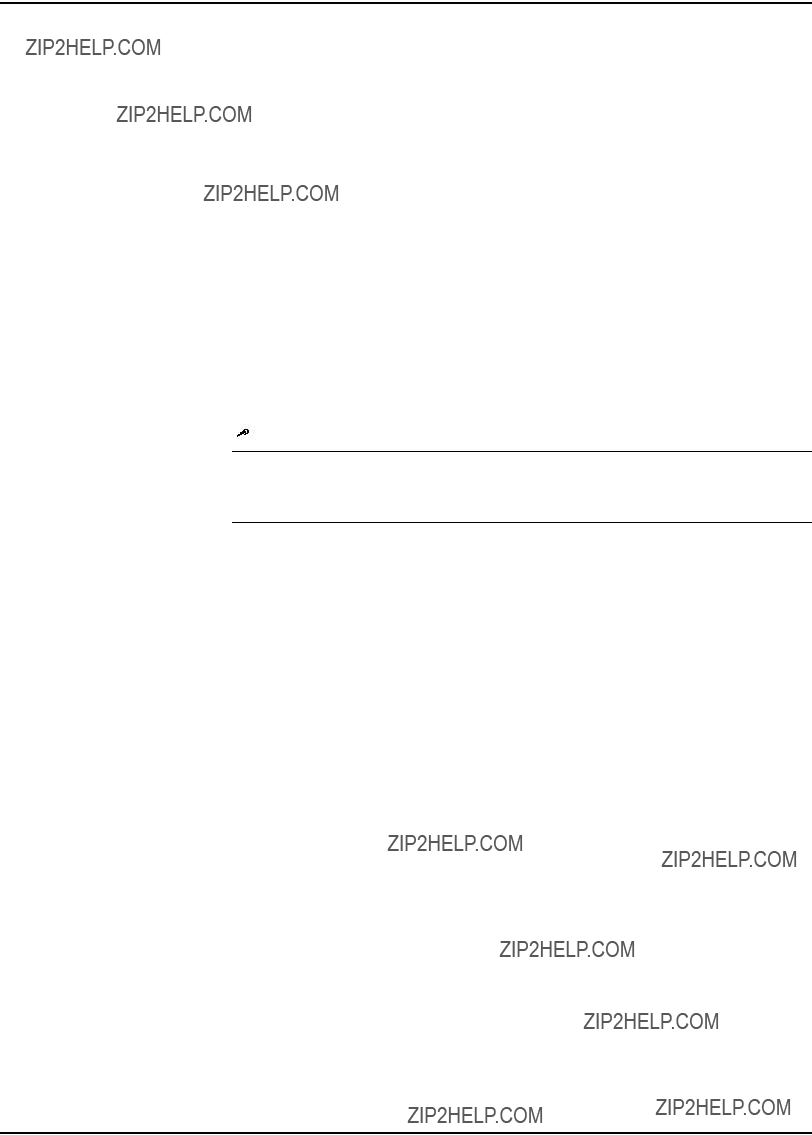
9300 Series User???s GuideData Logging Setup
Sag/Swell Module Settings
1The primary power system voltage is sometimes different than the PT Primary setup register value; i.e. when the PT Primary is used to indicate winding ratio rather than
primary voltage.
Nom Volts must be set to enable Power Quality functions. Most applications are served by the default values entered into the module???s registers, but if you want to
 NOTE
NOTE
If the Sag/Swell module???s Nom Volts setup register is set to zero, all Power Quality functions of the 9350 meter are disabled. That is why Nom Volts is typically set when the meter is put into service. If Nom Volts has not been set, enter a value for your power system???s nominal voltage (for example, 120, 277 or 347).
Data Logging Setup
The data recording frameworks contain Data Recorder modules, Waveform Recorder modules, and Periodic Timer modules. Data Recorder and Waveform Recorder modules are responsible for logging the power system data. The Periodic Timer modules control the recording frequency of the recorder modules to which they are linked.
Default Logging Capacity
The following table summarizes the default recording depths and recording intervals of the various Data recorders and Waveform recorders in the meter.
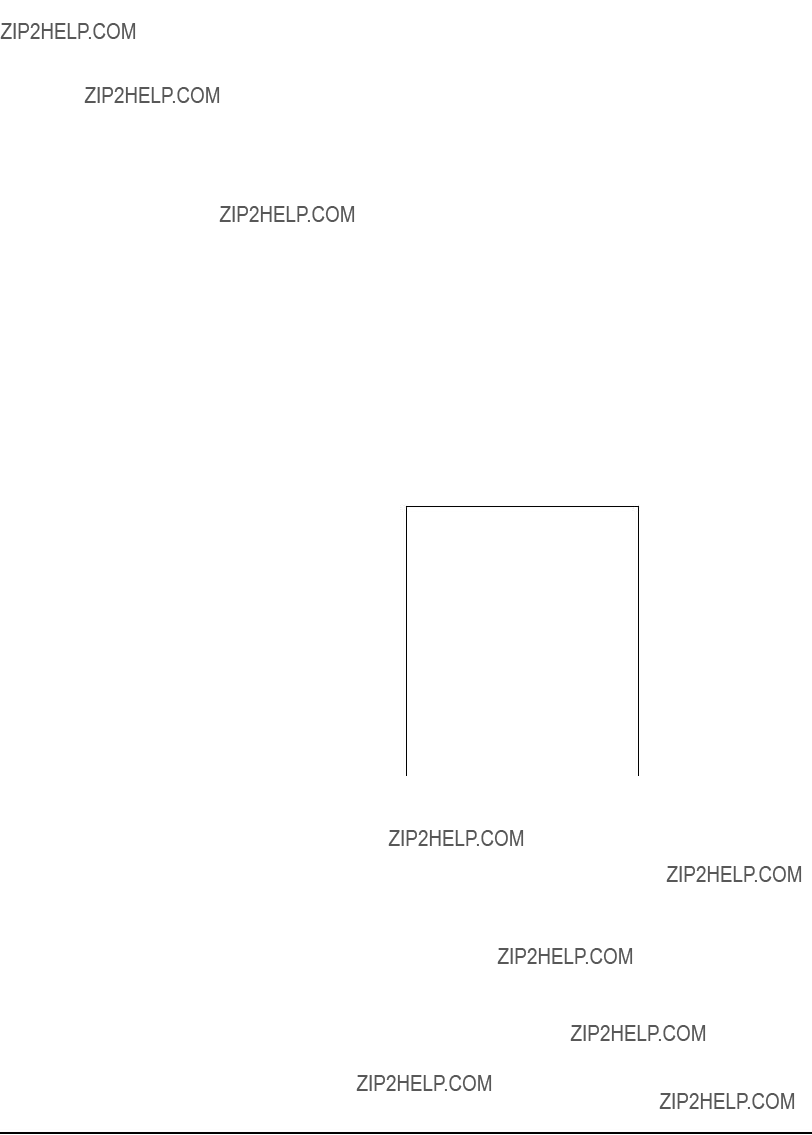
Procedures for changing the logging depth and the frequency of logging are discussed in the following sections: ???Changing the Frequency of Logging??? on page 47 and ???Changing the Log Depths??? on page 47.
Default Logging Configuration
The standard configuration of the meter includes data recorders that log various power system data such as energy and demand, or the average power system quantity used over a period of time (Historic Mean Log). The 9350 also logs sags and swells in voltage.
Revenue Logging
For the revenue meter option, Data Recorder #1 is locked, so channels must be specified prior to the meter being sealed. Refer to RMICAN Ordering Sheet on our website for your particular meter.
For compatibility with the UTS
Historical Data Logging
One Data Recorder module, the Historic Mean Log, logs the following output register values by default:
Hist Mean Log
WinPM.Net Reporting
One recorder is configured to provide power system data for the Reporter software. This recorder is labeled Egy Dmd Log. If any input links to this module are changed, Reporter will not be able to create reports from the device???s logs. If you use the Reporter software, do not change the parameters that are logged in the
Egy Dmd Log.

Sag/Swell Logging (9350 only)
The meter logs the following output register values:
Sag/Swell Log
Changing the Frequency of Logging
The two Periodic Timer modules that control the frequency of different data recording are as follows:
???EgyDmd Log??? Trg controls the frequency of logging for the Energy and Demand Log (this log is used for generating reports using Reporter).
???Hist Log Trg??? controls the frequency of Historic Data logging.
Change the value in the Period setup register to change the frequency of data logging (Period values are specified in seconds). Do not change the Sync Mode setup register.
Changing the Log Depths
Change the value in the Depth setup register to increase the number of records stored in the recorder. The RecordMode setup register controls how the Data Recorder will overwrite old records; refer to the Data Recorder module description in the online ION Programmer???s Reference before changing this setup register.
Changing Waveform Recording
The Waveform Recorder modules do not require changes to their default settings.
If you want to change the format of the recorded waveforms, refer to the
Waveform Recorder module description in the online ION Programmer???s Reference.
Changing the Parameters that are Logged
The meter???s factory configuration logs a comprehensive set of energy, power and harmonics parameters. You cannot change which parameters are logged by configuring a setup register. Adding or deleting a log???s parameters is an advanced procedure, as it requires changes to the links between modules.
The software ???Using Designer software??? section of Using WinPM.Net describes adding and deleting links between modules. Once you are comfortable editing module links, change logged parameters by linking the output registers you want logged to the inputs of an ION Data Recorder module.

Setpoint Configuration (9330 and 9350)9300 Series User???s Guide
Setpoint Configuration (9330 and 9350)
Setpoints provide extensive control, secondary protection and analysis capabilities by allowing you to initiate an action in response to a specific condition. Some possible applications for the Setpoint module include: demand control, power quality monitoring, fault detection, activating alarms, and gated logging functions.
For the 9330 and 9350 meters, the Setpoint modules monitor certain ???over??? and ???under??? conditions for sliding window demand, current, voltage and power factor.
Setpoint Module Settings
There is no need to change any of the Setpoint modules??? setup registers for normal operation of the meter.
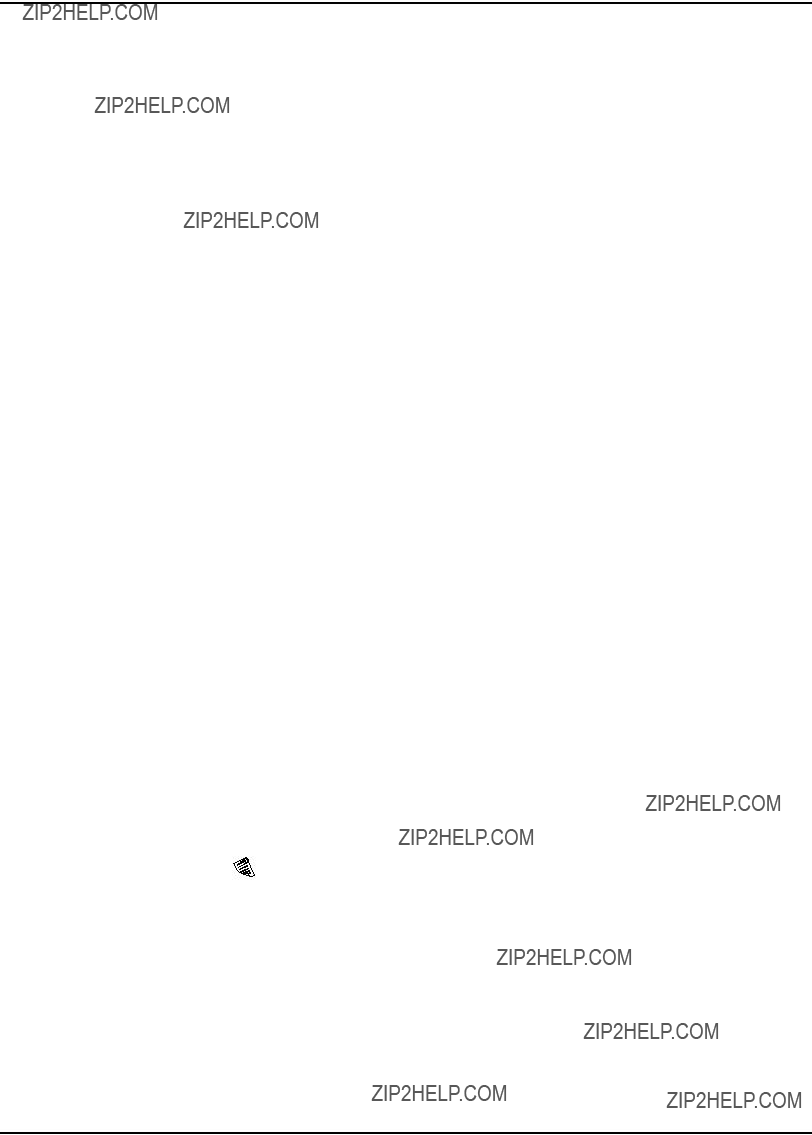
9300 Series User???s GuideMeter Clock Configuration
Fine Tuning Over Condition Monitoring
If you want to
SusUntlON determines how long the modules wait after an over condition is detected before reporting it. This gives the monitored value a short period to correct itself before the event is registered with the module, so that very brief over conditions are ignored. Similarly, SusUntlOFF is the amount of time a normal value must be present before the module considers normal operation to be restored. Both SusUntlON and SusUntlOFF values are entered in seconds (the default value for both is 30 seconds).
Refer to the online ION Programmer???s Reference for more information about the
Relative Setpoint module.
Meter Clock Configuration
The Clock module controls the meter???s internal clock which provides timestamps for data logged by the device. The clock needs to be configured properly to ensure that logged data has accurate timestamp information. The Clock module also receives the time synchronization signals sent to it by the workstation running ION software, updating the device???s clock when required.
The setup registers in the Clock module specify timezone and Daylight Savings
Time (DST) parameters and time synchronization functions.

Display Configuration9300 Series User???s Guide
Display Configuration
The meter???s front panel display is controlled by two types of ION modules: the Display Options module and Display modules. Display modules determine the form and content of each display screen, and the Display Options module controls options such as decimal format, daylight savings time display, and backlight timeout.
There are eight display screens which are all

Display Module Settings
The Display module???s setup registers determine the format that the Source data will take on the front panel display. Depending on the display screen type, you can use up to four Source links to a single Display module. Display modules have the following setup registers:
The number of parameters you can have linked to the Source inputs depends on the value of the Screen Type setup register. The supported options for the setup register and the number of allowable Source inputs for each Screen Type setting are described below.
Changing the Parameters that are Displayed
The meter???s default display configuration shows a comprehensive set of parameters. Changing these parameters requires that you alter the links between various ION modules. Complete details on configuring the front panel displays are provided in the Custom Front Panel Displays technical note.
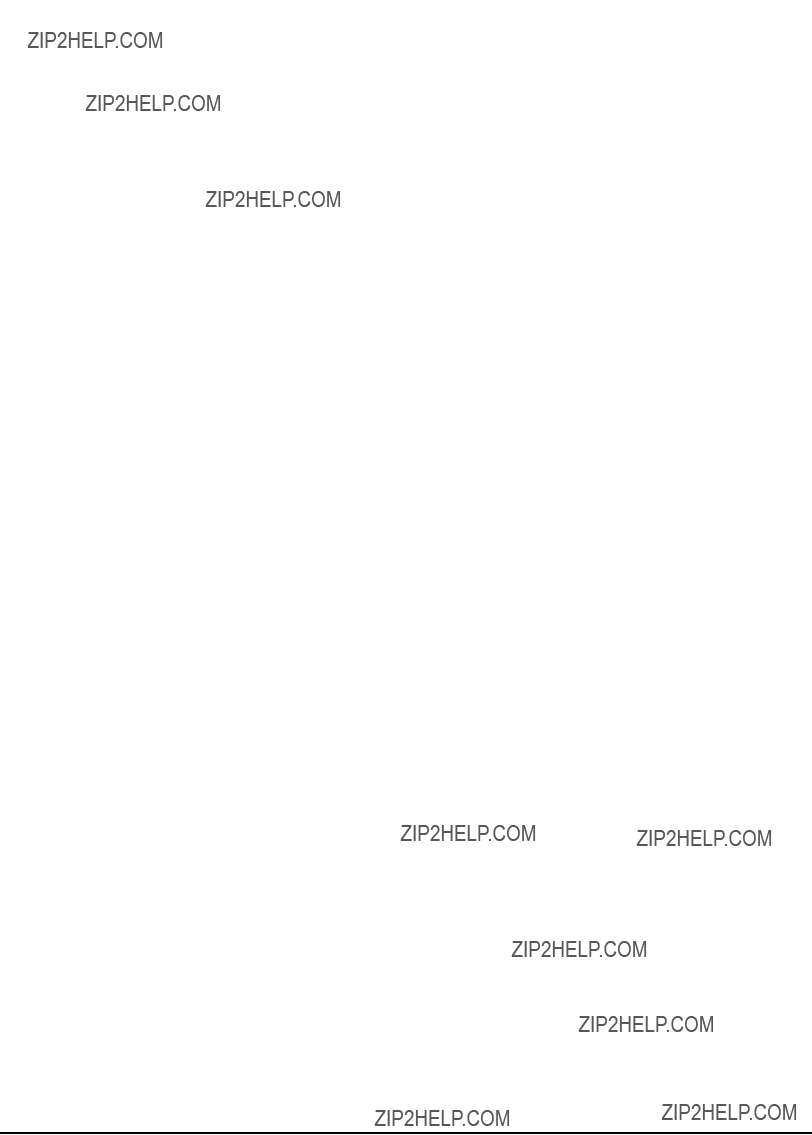
Demand Setup
The demand modules (both Thermal Demand modules and Sliding Window Demand modules) are configured to calculate the average current demand and kW, kVAR and kVA demand. The setup registers in the demand modules define time intervals for demand calculations, setting the sensitivity of the module???s operation.
Sliding Window Demand Module Settings
Sliding Window Demand is often referred to as Rolling Block Demand. To compute sliding window demand values, the Sliding Window Demand module uses the sliding window averaging (or rolling interval) technique which divides the demand interval into
Thermal Demand Module Settings
The Thermal Demand module calculates thermal demand over a specified length of time. It uses a method which is equivalent to thermal averaging. For thermal averaging, the traditional demand indicator responds to heating of a thermal element in a
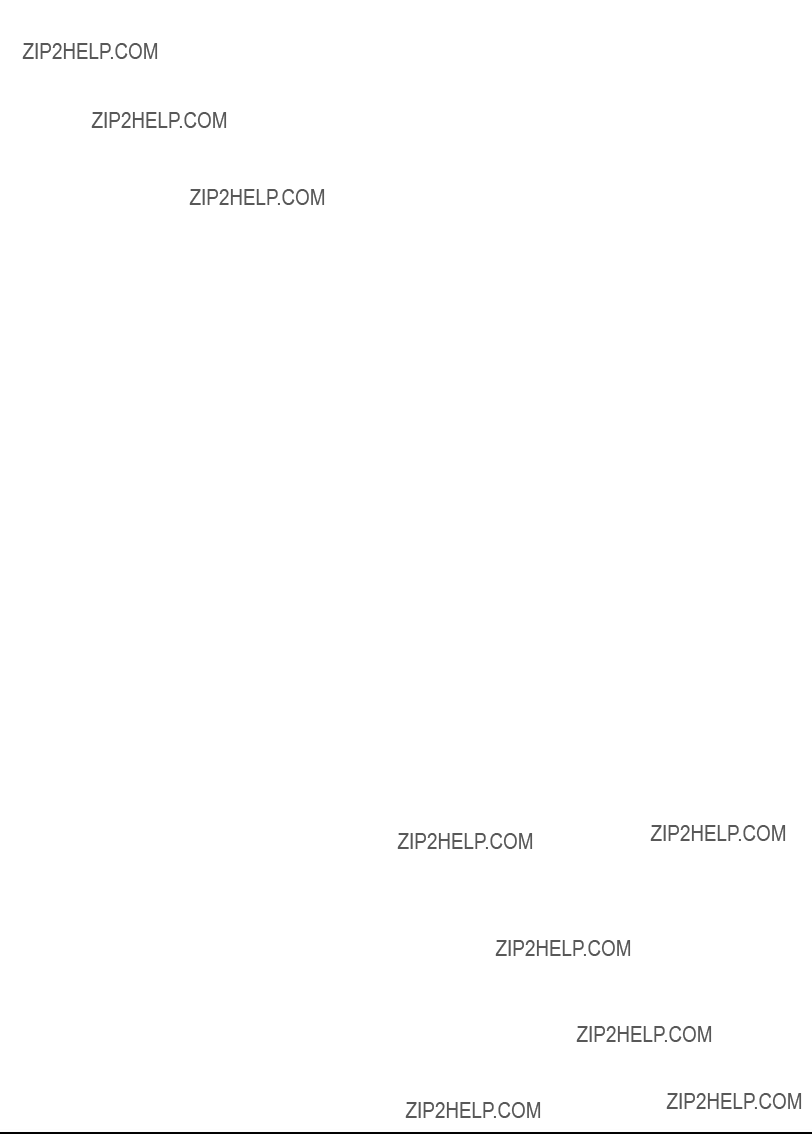
Factory Information
The Factory module displays firmware version, serial number and other device information in
Factory Module Settings
The device information provided is as follows:
The Factory module also contains numerous
How to TAG Your Meter
Three setup registers are provided for you to enter your company name and other text information you want stored in the device. These configurable setup registers are as follows:
Owner - This is a text register for storing user information (e.g. company name); it can be up to 255 characters in length.
Tag 1 - This is a text register for storing user information (e.g. device location); it can be up to 15 characters in length.
Tag 2 - This is a text register for storing user information (e.g. device number or identifier); it can be up to 15 characters in length.

Third Party Protocols
Modbus and DNP modules are factory configured and do not require basic configuration changes. Changing the factory configuration is an advanced setup procedure that requires an understanding of the protocol, as well as an understanding of the meter???s internal operation.
Refer to the technical notes DNP 3.0 and ION Technology and Modbus and ION
Technology for the appropriate list of protocol parameters available.
 NOTE
NOTE
The meter can also be configured to receive data through Modbus or DNP 3.0, though there is no factory- configured framework for receiving data through these protocols. An 9300 Series meter can receive data if the meter writes to
For details on configuring your network for receiving data via Modbus or DNP 3.0, refer to the DNP Slave Import module descriptions in ION Programmer???s Reference and the 9300 Series Modbus protocol documents, as well as the technical notes DNP 3.0 and ION Technology and Modbus and ION Technology.
Communications Protocol Configuration
In order to use the factory Modbus or DNP configuration you must first configure the communications channel you want to use. By default all communications ports are configured to use the ACCESS protocol. Choose the
 NOTE
NOTE
Modbus RTU is available on each of the meter???s communications ports, and multiple ports can communicate using Modbus simultaneously. Only a single port can use the DNP 3.00 protocol at any one time.
The meter is factory configured to provide advanced interoperability support. The meter is readily incorporated into third party power monitoring systems. This section describes how to communicate with the meter via Modbus RTU, Profibus, and DNP 3.0 protocols.
Using the Modbus RTU Protocol
The meter can make any

Factory Modbus Configuration for the 9300 Series Meter
The 9300 Series meter makes data available to Modbus devices using four Modbus Slave modules. These modules are linked to other modules in the meter that provide energy, power and demand data. Once a communications channel is configured to use Modbus RTU protocol (refer to ???Communications Setup??? in Chapter 3), the data is available to Modbus Master devices.
As the data available through the Modbus Slave modules is in a specific format, knowledge of the Modbus protocol and an understanding of the settings used in the meter are required to interpret the data provided.
Changing the Modbus Configuration
If the factory Modbus configuration does not suit your needs, the existing Modbus Slave modules can be relinked to other parameters that you want to access through Modbus. There are ten Modbus Slave modules available in the 9300 Series meter, so you can create more modules to make other parameters available to Modbus Master devices.
If your Modbus Master device requires data in a format different than that provided by the factory Modbus configuration, you can edit the setup registers in the Modbus Slave modules. These setup registers specify the Modbus format, scaling and base address settings. Refer to the ION Programmer???s Reference for complete details on Modbus Slave module functionality.
 NOTE
NOTE
Refer to the Modbus 7300 Series protocol document for complete details on the Modbus implementation in the 9300 Series of meters.
Modbus Slave Module Settings
The settings in the Modbus Slave module setup registers are shown in the tables below. Refer to the Modbus Slave module description in the ION Programmer???s Reference for complete details of each setup register???s function and options.
Refer to the Modicon Modbus Protocol document for additional details on the
Modbus implementation in the 9300 Series meter.

Using the Modbus RTU Protocol9300 Series User???s Guide
Modbus Slave Module #1Modbus Slave Module #2
Modbus Slave Module #3
Modbus Slave Module #4
Modbus Slave Module Parameter Mapping
The following tables show which measurements are provided by each of the four Modbus Slave modules. The source for each measurement is shown (???Source ION Module???) so that you can easily delete parameters if you want to access different data. Note that the Modbus Register remains the same if you link a different parameter into one of the Modbus Slave module inputs (i.e. any value you link to Modbus Slave module #1, Source Input #1 will use Modbus Register 40011).
Modbus Slave Module #1 Links

9300 Series User???s GuideUsing the Modbus RTU Protocol
Modbus Slave Module #2 Links
Modbus Slave Module #3 Links
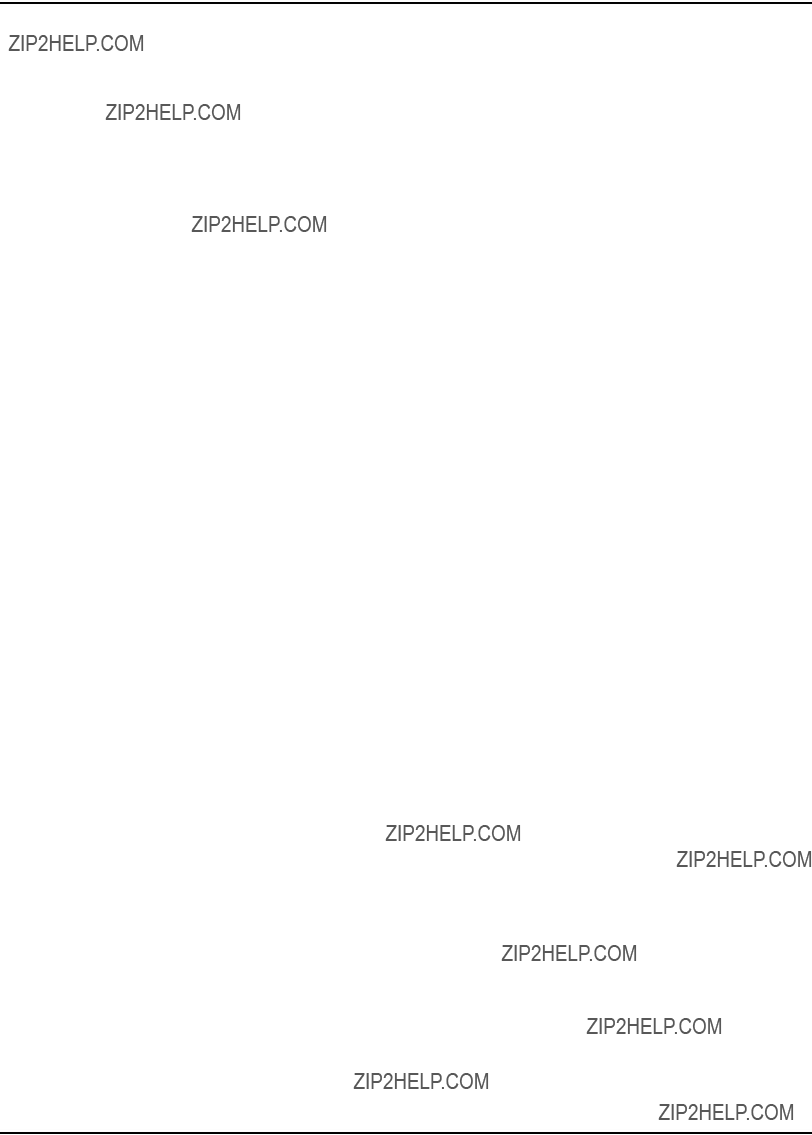
Using the Modbus RTU Protocol9300 Series User???s Guide
Modbus Slave Module #4 Links
Importing Data using Modbus RTU
It is possible to bring data into the 9300 Series meter using Modbus. Various ION registers can be written by Modbus Master devices by correlating the Modbus register number with the address of the ION register you want to write. When a Modbus register is written with a value, the corresponding ION register will be written, provided the Modbus RTU protocol is active on the communications channel that connects the Modbus Master to the 9300 Series meter.

You can use the Modbus RTU protocol to write values into ION external numeric, pulse and Boolean modules, allowing you to enable, disable and reset meter functions. You can also use Modbus to change setup register values in various ION modules to configure the meter???s operation.
All of the information required to write to ION registers through Modbus is available in 9300 & 9330 Modicon Modbus Protocol, available on the Technical Documentation CD, or by request from Siemens.
Using the Modbus/TCP Protocol
Modbus/TCP is the newest open Modbus protocol variant (formerly called MBAP). It defines the packet structure and connection port (port 502) for the industry standard TCP/IP protocol. The structure of Modbus/TCP is very similar to the Modbus RTU packet except that it has an extra
Modbus/TCP retains the Modbus RTU limit of 256 bytes to a packet. It is suggested that higher
Another variant, that has yet to gain popularity, is from the Semiconductor
Equipment and Materials International (SEMI) trade association. The Generic
Modbus TCP Communications
You can now communicate to the meter via Modicon?? Modbus TCP (formerly called MBAP). Your meter must have the optional Ethernet port.
Connect to socket 502.
Connect to socket 502
Meter with optional
Ethernet port
Be aware that you cannot form an EtherGate connection to the Modbus TCP network.

Using the DNP 3.0 Protocol
The Distributed Network Protocol Version 3.00 (DNP 3.0) is an open protocol used in the electric utility industry for communications and interoperability among substation computers, RTUs, IEDs, and Master Stations. The 9300 can be integrated into a DNP network using the DNP Slave Import, Export and Options modules.
 NOTE
NOTE
Complete DNP documentation is available through the DNP User???s Group (on the web at www.dnp.org).
This documentation describes DNP 3.0 Transport Functions, the Application Layer Protocol, the Data
Object Library, Data Link Layer Protocol Description, and the Subset Definitions.
Factory DNP 3.0 Configuration for the 9330 and 9350
The meter???s factory configuration makes various parameters available through DNP 3.0. There is no
Changing the DNP Configuration
If the factory DNP configuration does not suit your needs, the existing DNP Slave Export modules can be relinked to other parameters that you want to access through DNP. Alternately you can add additional DNP Slave Export modules and link the desired ION parameters to them. There are 16 DNP Slave Export modules available on the 9330 and 9350; of these, 14 are used by the factory configuration.
 NOTE
NOTE
Only one port per 9330 or 9350 can be used with DNP 3.0.

If your DNP network requires data in a format different than that provided by the factory DNP configuration, you can edit the setup registers in the DNP Slave Export modules and the DNP Options module. Do not make any changes to the DNP Options module???s setup registers unless you understand the effects each change will cause. Refer to the ION Programmer???s Reference for complete details on DNP Slave Export and DNP Slave Options module function.
As DNP 3.0 is a very complex protocol, an
DNP Slave Export Module Settings
The 14
Some setup register settings vary for different modules. Specifically, BasePoint differs for each module within a group (Analog Input and Binary Counter are groups), and StaticObj is set to Analog Input for the 11 analog input points and Binary Counter for the three binary counter points. (StatObj defines the type of DNP object the module provides when the Master polls it.)
In addition, Scaling is OFF for all but two modules. The only modules that apply scaling are the Analog Input points that provide Voltage and Current Unbalance data (labeled Unbalx10) and Frequency data (Labeled Freqx10). These modules apply x10 scaling.

Using the DNP 3.0 Protocol9300 Series User???s Guide
DNP Options Module Settings
The DNP Options module provides global settings that affect all DNP Slave Export and DNP Slave Import modules. The default settings in this module are shown in the following table.
Importing Data using DNP 3.0
Data can be imported into the 9330 and 9350 from a DNP Master device. DNP Slave Import modules are used to take a DNP analog or binary output object and map it into an ION numeric or Boolean register. Refer to the ION Programmer???s Reference for detailed module descriptions.

Using the Profibus Protocol
Those 9300 meters ordered with the optional Profibus port are suitable to provide many
9300 & 9330 Profibus Protocol Document for complete details on the Profibus implementation in the 9300.
Factory Profibus Configuration for the 9300
The
Changing the Profibus Configuration
If the factory Profibus configuration does not suit your needs, link the unused parameters in the existing Profibus Slave Export modules. If you require more changes, you will have to relink these modules to other parameters.
Profibus Slave Export Module Parameter Mapping
The following tables detail the measurements provided by 12 Profibus modules. The ???Source ION Module??? is shown so that you can easily unlink parameters if you want to access different data. To change scaling refer to the Profibus Slave Export module description in the ION Programmer???s Reference.
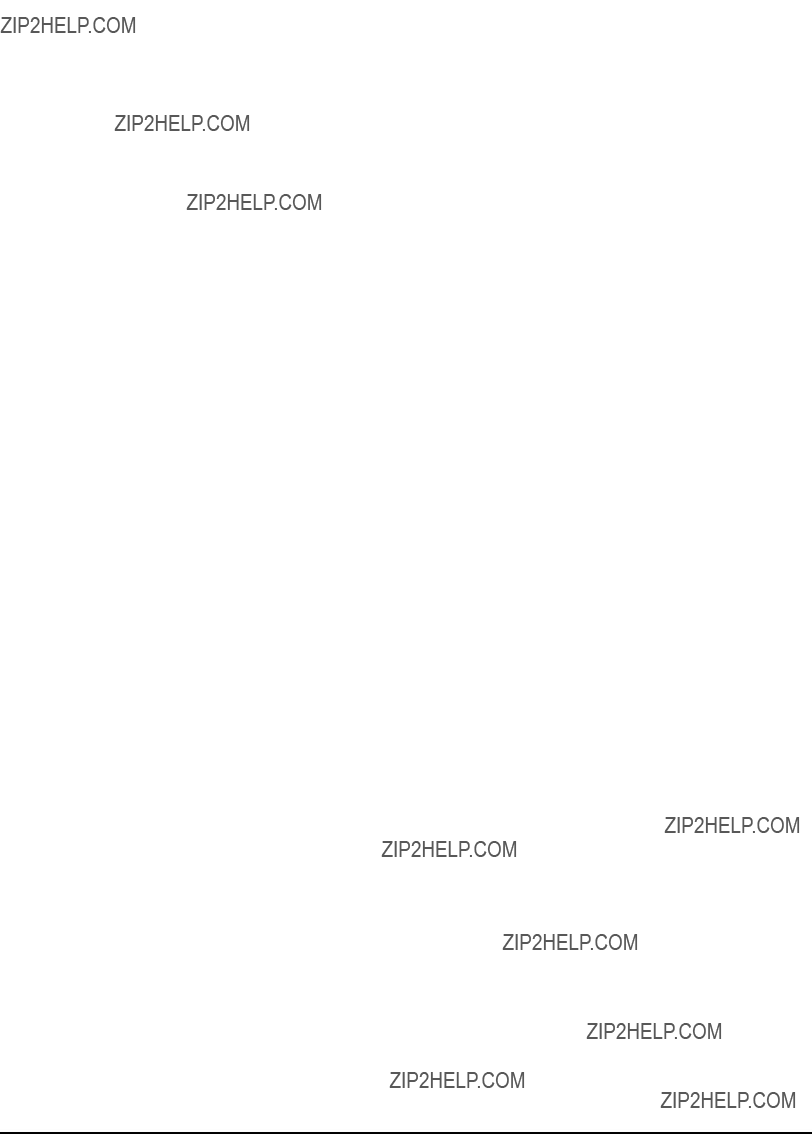
Profibus Slave Export Module 1 (Scaling x10)
Profibus Slave Export Module 3 (Scaling x10)
Profibus Slave Export Module 5 (Scaling x10)
Profibus Slave Export Module 7 (Scaling x10)
Profibus Slave Export Module 2 (Scaling x10)
Profibus Slave Export Module 4 (Scaling x10)
Profibus Slave Export Module 6 (Scaling x10)
Profibus Slave Export Module 8 (Scaling x100)

Profibus Slave Export Module 9 (No Scaling)
Profibus Slave Export Module 10 (No Scaling)
Profibus Slave Export Module 11 (Scaling x10)
Profibus Slave Export Module 12 (Scaling x100)
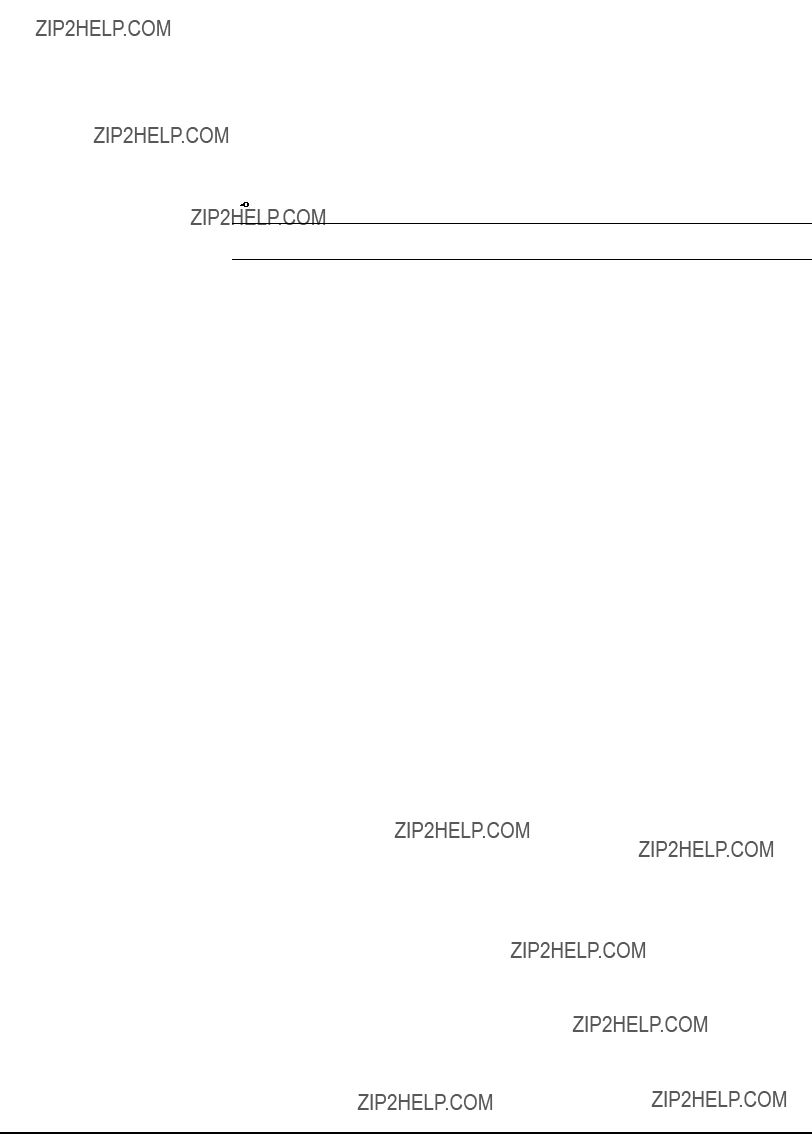
Restoring the Factory Configuration
If you have made changes to the default functionality and want to return to the factory configuration, you can
 NOTE
NOTE
If you restore the factory configuration, all custom features you created are lost.
To restore the factory configuration:
1.Display the meter???s main Configuration screen in Designer.
2.Choose Select All from the Edit menu, then press Delete on your keyboard.
The confirmation dialog box appears explaining that some modules will not be deleted (core modules cannot be deleted ??? scroll down in the dialog to see that various standard modules will be deleted).
3.Click OK on the confirmation dialog box.
After a brief wait the modules are deleted, and the main meter Configuration screen is blank except for the Frameworks folder in the Advanced Setup area. (The Frameworks folder contains the folder of Core modules which cannot be deleted.)
4.Choose Select All from the Edit menu to select the Frameworks folder. This selects all subfolders and modules within the folder.
5.Choose Paste from Framework in the Edit menu, and select the appropriate .fwn file from the folder \WinPM.Net\config\fmwk\nd\ and click OK.
Ensure that the chosen .fwn file includes the following in the filename:
The model name of the meter you are restoring (i.e. 7300, 7330 or 7350)
The base firmware version (e.g. v250, v265, etc.)
For example, if you are restoring an 9300 with a V252 firmware version, you could select the file
6.Click Open. The Paste Summary window appears.
7.Click on the first module, scroll down to the last module, hold the Shift key and click on the last module. This selects all of the modules.
8.While holding the Shift key, click on the check box to the left of the module name so you see a lock icon with a green checkmark.
9.Check ???Maintain external inputs??? and click OK on the confirmation dialog box.
A message appears indicating that Designer is pasting modules. All modules are selected when the paste is complete. Click anywhere in the background of the node diagram to deselect all of the modules.

10.Click the Power Meter shortcut in the Basic Configuration area to select it. Once selected, click Reset in the Designer toolbar, or select Reset from the Edit menu. This reverts the Power Meter to the settings it had before you deleted any modules (retaining the basic setup you previously had).
11.Choose Send & Save from the File menu. The factory configuration is now restored (any custom functionality you created is removed).


4 Using ACCESS Software
ACCESS software encompasses a variety of programs that enhance the functionality and usability of your ACCESS devices. ACCESS software can collect data via serial, wireless, modem, or Ethernet links, so you can manage a single site or global network of devices. WinPM.Net is a software suit with applications for displaying data, configuring ACCESS meters, and much more. ION Setup is a
This chapter recognizes the various ACCESS software programs available to you, providing instructions on each program???s use. Details on where to find more in depth information on a program???s operation are included in that program???s introduction.
In This Chapter
WinPM.Net: Management Console . . . . . . . . . . . . . . . . . . . . . . . . . . . . . . 71
Viewing

WinPM.Net Software
WinPM.Net software offers control capabilities and comprehensive power quality and reliability analysis. It is a powerful software suite that can process, analyze, store, and share data across your entire enterprise. The fully networked client- server information system allows you to access data from any workstation, locally or around the world, in the format you need. With WinPM.Net you can manage an intelligent ACCESS metering network, monitoring and controlling individual devices, analyzing data, and deciding on new courses of action.
WinPM.Net software has four main components, each with their own user interfaces. These applications are the Management Console, Vista, Designer, and Reporter.
If you require more information on WinPM.Net software than is presented here, refer to the online WinPM.Net Help or the WinPM.Net Getting Started Guide.
Software Security
The software security system limits how you can use ACCESS software to view meter data and send configuration changes to ACCESS meters. A valid user account and password are required to log on to any ACCESS software application. Each access level, or authority, that is specified for a user account defines the types of operations available in each application, so you may not necessarily be allowed to view or configure meter information if your authority is too low.
WinPM.Net provides two default software security settings: guest and supervisor. Both of these default security settings use 0 (zero) for the password, and enable the highest level of authority which allows complete control of the system.
 NOTE
NOTE
Since both the software and the meter use password security, you may need to enter the software password, meter password, or both depending on the function you are performing.

WinPM.Net: Management Console
The Management Console is responsible for building your network. You build your
Title Bar
System
Setup Pane
Network
Component
IconDisplay
Window
The following is a brief description of each network component. To learn how to configure these components, refer to the ???Configuring Communications??? section of this chapter.
Servers
A server is a computer in an WinPM.Net system running administrative software that controls access to the network and its resources, such as ION devices, and provides resources to computers functioning as workstations on the network. A server runs service components that create communication and software links between ACCESS systems components, and it creates links into the ACCESS database, too.
Computers with primary and secondary WinPM.Net installations are servers, as they have the communication software (services) installed. A primary server contains all software components and the database; a secondary server contains software but references the primary server for program files and database information. Both server types connect directly to ACCESS devices via serial, Ethernet, or modem links, but there can be only one primary server on a network. When you install WinPM.Net, the Primary Server must be installed before any Secondary server or Client computers.
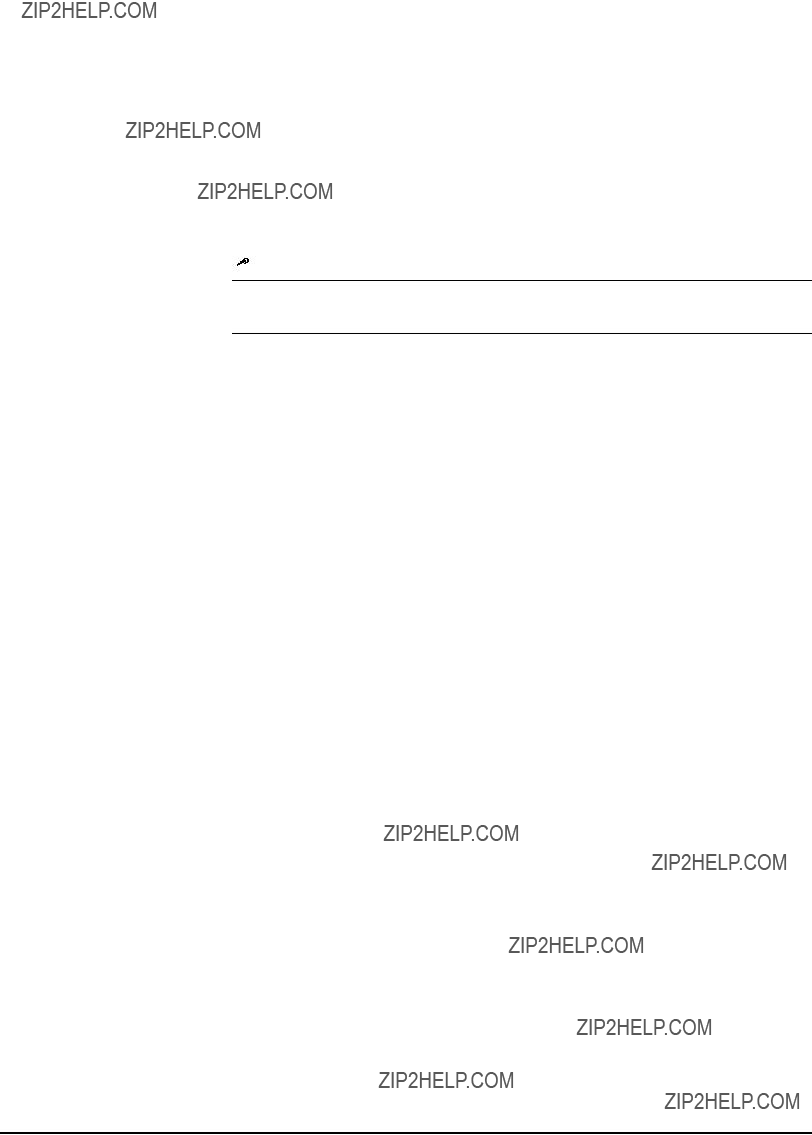
Sites
A site in an WinPM.Net system contains one or more intelligent devices that share a common communications link. There are three different types of sites, based on the type of communications medium each uses. The site types are as follows:
Direct (Serial) Site - a
Modem Site - a remote serial site connected by a modem
Ethernet Gateway Site - a gateway that transfers data between an Ethernet device and an
 NOTE
NOTE
You are not required to create a site for an Ethernet Device, unless you intend to use the device as an
Ethernet Gateway Site.
Depending on the site type, devices belonging to a site may be at different physical locations.
Devices
Devices refer to intelligent devices (basic energy meters,
Serial Devices belong to Direct Sites or Modem Sites, so they communicate using modem,
Ethernet Devices are those that are directly connected to an Ethernet network. You are not required to create a site for an Ethernet Device, unless you intend to use the device as an Ethernet Gateway Site. Furthermore, you can manually connect and disconnect your Ethernet Devices from the Management Console.
Dialout Modems
A Dialout Modem is the modem that a server computer uses to communicate with a remote modem at a Modem Site.
Connection Schedules
Connection schedules are programmed routines for a server to regularly connect to and disconnect from Modem Sites and their associated ACCESS (or other) devices. If so desired, you can also create connection schedules from Direct Sites and Ethernet Devices/Ethernet Gateway Sites.
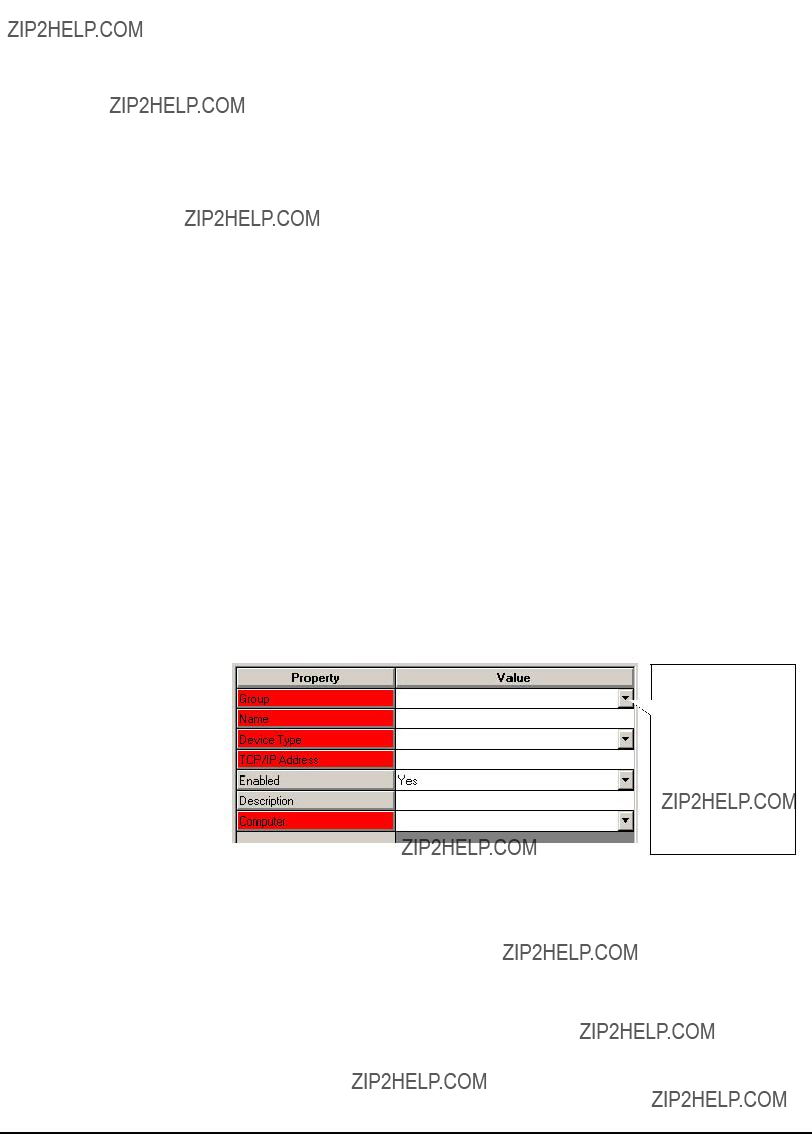
Configuring Communications
Before you can talk to the devices on your network, you need to configure communications within the Management Console. Essentially, this means adding one or more sites and then adding the devices associated with each site. If you create a modem site, then you also need to add and configure a dialout modem. There may be instances where you want to add a new server (either another computer or
Adding a new Server, Site, Device or Dialout Modem
1.Click the appropriate network component icon (Servers, Sites, Devices, Dialout Modems) in the System Setup pane. The title bar reflects your selection.
2.
3.Configure the item using the
4.Right click in the Properties dialog box to access Advanced Properties. You can use the
5.Click OK when you are done.
The process of adding network components to the Management Console is the same for each component ??? the difference lies in how you configure the components. When the Properties dialog appears for the component you added, the fields for which you are required to provide information are highlighted in red. For example, the illustration below shows the required fields when adding a new Ethernet device:
Although Group has a drop down list box, you are not restricted to the values in the list. If you want to create a new group, simply type its name in the value field. Other drop down list boxes restrict you to the values in the list.
The Properties dialog has different required fields depending on which component you are adding:
For a Direct Site you specify the serial port (COM1, COM2, etc.) on the server computer where the serial device (or network of serial devices) is connected. You must specify the server computer that communicates with the direct site.
For a Modem Site you provide information about the modem at the (remote) modem site: baud rate, modem telephone number, etc. You also specify the server computer that communicates with the modem site.

For an Ethernet Gateway Site, you specify the Ethernet device acting as the gateway and the TCP/IP port to which the serial device, or network of serial devices, is connected. Before you can add an Ethernet Gateway Site, an Ethernet Device must be added and configured first.
For a Serial Device you provide the device type, the unit ID, and the site to which the meter is connected. Before you can add serial devices, a Serial or Modem Site must be added and configured first.
For an Ethernet Device you specify the type of meter, the meter???s IP address, and the server computer that communicates with the Ethernet device.
For a Dialout Modem, you provide the modem type, the computer that communicates over the modem channel, and the serial port used on the computer.
For a Computer (Server) you specify the machine???s computer name.
For a
Complete details on working with the Management Console are available in the
WinPM.Net Getting Started guide, or the online WinPM.Net Help.

WinPM.Net: Vista
Vista is a display, analysis, and control application. It is the main user interface to the WinPM.Net system. Vista presents a graphical view of your power system, allowing you to view
Displaying Data with Vista
A standard set of Vista User Diagrams display
A network diagram uses links to default user diagrams to display data from each device in your system. When you generate a network diagram, Vista automatically locates all devices in your system and displays them.
Generating a network diagram in Vista
1.Select Generate Network Diagram from the File menu.
The Network Diagram initially looks like this:
Menu bar
 Toolbar
Toolbar
Vista
Grouping
Object
2.Click the appropriate grouping object. These are labelled according to the device???s ???Group??? value in the Management Console.
 NOTE
NOTE
If you have Show Toolbox selected in the Options menu, you must

This opens a new window showing all of the installed meters. Each meter appears with an icon that represents its type and a label reflecting the name you configured in the Management Console.
Meter icons (representing configured devices in the Management Console)
3.Click a meter icon to open its main default diagram.
Each meter has a set of default diagrams that show the results of various
You should now be able to navigate through the various diagrams and view real- time and logged data.
Displaying Data if the Software is not Fully Configured
If WinPM.Net has been installed and configured using the recommended guidelines in the WinPM.Net Getting Started guide, the standard Vista user diagrams automatically display
If you are unable to display data from your meter in Vista, contact your WinPM.Net software administrator, or refer to the WinPM.Net Getting Started guide before continuing with this User???s Guide.
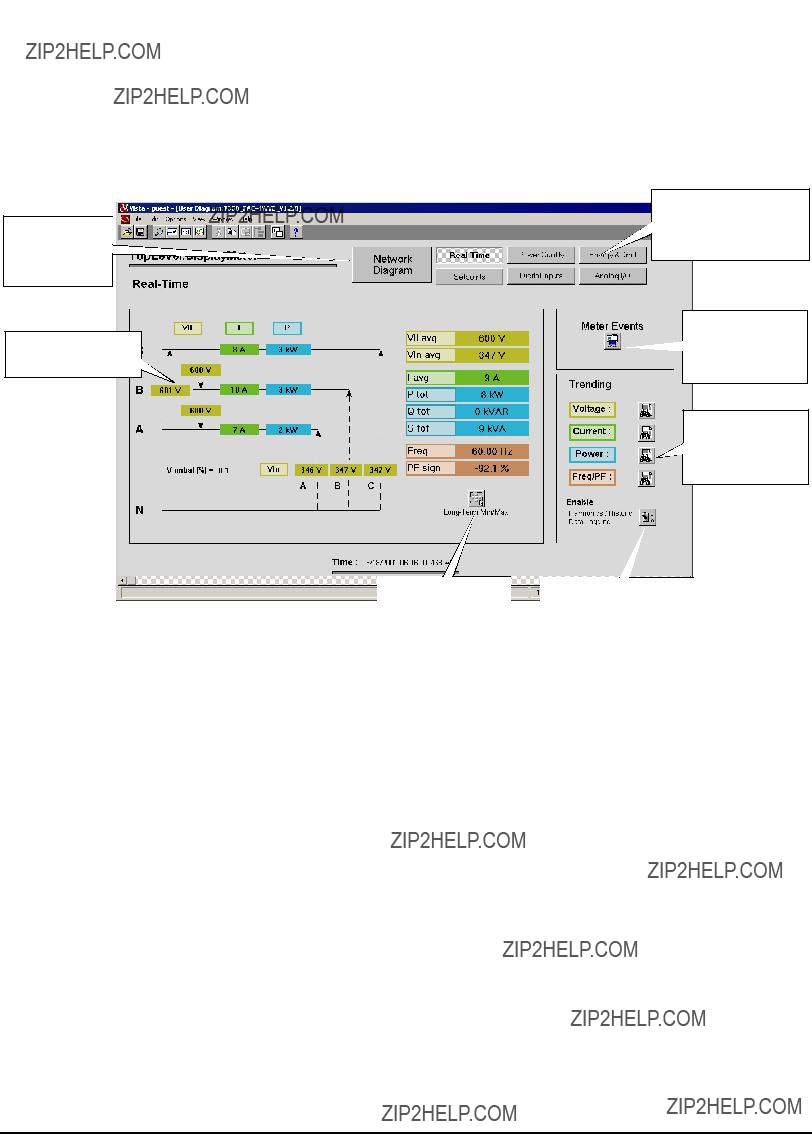
Click this button to return to the Network Diagram.
This numeric object shows
Vista Diagram Elements
Each Vista diagram shows the name of the meter, the time on the meter???s clock, and the type of meter. The main diagrams also provide buttons that let you jump to other diagrams. Jump to another diagram by clicking any of the buttons near the top
Click any of these buttons (grouping objects) to jump to other diagrams.
Events and Alarms are available through the Event Log viewer.
Logged data is available through these data log viewer objects.
Most measurements appear
Some ON/OFF quantities, such as the status of a setpoint, may appear as status objects.
To view another screen or diagram, click on a grouping object. Grouping objects may be in the form of buttons, folders, meter icons, etc.
To return to the previous diagram, use the  button on the Vista toolbar, or use the File > Up One Level menu item.
button on the Vista toolbar, or use the File > Up One Level menu item.
Level 3 WinPM.Net authority is required to use control objects.
Logged data (such as snapshot, interval and waveform data) can be accessed by clicking the associated the data log viewer icon, which looks like this 
To view a record of events and alarms for the active user diagram, click  ??? the event log viewer icon.
??? the event log viewer icon.
To view records of

Summary of Data Provided in Vista
The standard set of Vista diagrams included with WinPM.Net display a variety of data measured by the
The
Phase currents and average current, or total current
Phase kW, total kW, kVAR and kVA
Frequency and signed power factor
Min/max display of each of the above parameters
All logged meter events
Trend logs of voltage, current, power, frequency and power factor
To return to the  button on the Vista toolbar; or use the File pulldown and select Up One Level.
button on the Vista toolbar; or use the File pulldown and select Up One Level.
Min/max values are valid from the time the meter was powered up, or valid from the time the last reset was performed.
Historic Data Logging Enable
The Log Server must be running to view historical data. Historic data logging is enabled by default. Level 3 WinPM.Net authority is required to use the enable control object. The control object indicates the logging enable status: the switch is in the up position (1) when logging is enabled, and down (0) when logging is disabled.
Power Quality Data
The Power Quality diagram shows voltage disturbance and harmonics details. The voltage disturbance display counts sag/swell and transient events, and provides links to a

The harmonics measurement display shows total harmonic distortion for each phase of voltage and current. Links to harmonics min/max and harmonics trending displays are provided, and a control object is included for enabling/ disabling harmonics logging
Voltage Disturbance Counter Reset
Level 3 WinPM.Net authority is required to reset the power quality event counter, the manual waveform trigger, and the control objects.
Disturbance Details
The Log Server must be running to view the CBEMA plot or
Level 3 WinPM.Net authority is required to reset the min/max values.
Harmonics Measurements
Total Harmonics Distortion (THD) is displayed as a percentage of the fundamental.
Harmonics Trending
The Log Server must be running to view the logged harmonics data.
Harmonics data logging is enabled by default.
Level 3 WinPM.Net authority is required to use the control object.
The control object indicates the logging enable status: the switch is in the up position (1) when logging is enabled, and down (0) when logging is disabled.
Setpoints
The Setpoints diagram uses setpoints to monitor kW demand, over current and under average voltage and power factor levels. Vista annunciates warnings if any of the values exceed specified limits. Users with Level 3 WinPM.Net authority can define the setpoint limits.
Monitoring of kW demand, phase current and voltage unbalance conditions, with annunciation when
Over kW Sliding Window Demand Monitoring
Over kW demand monitoring is disabled by default. Level 3 WinPM.Net authority is required to enable this monitoring. The status will read NOT AVAILABLE when monitoring is disabled.

Energy & Demand Calculations
The Energy & Demand diagram shows the
Trend log of all of the above parameters, plus power factor lead and lag, imported, exported and net energy
Demand, Energy and Peak Demand Reset
Level 3 WinPM.Net authority is required to reset these values.
Demand Profile Trending
The Log Server must be running to view the energy and demand log. Energy and demand logging is enabled by default. Level 3 WinPM.Net authority is required to use the enable control object. The control object indicates the logging enable status: the switch is in the up position (1) when logging is enabled, and down (0) when logging is disabled.
Over Average Current Monitoring
Over current monitoring is disabled by default. Level 3 WinPM.Net authority is required to enable this monitoring. Each status reads ???Not Available??? when monitoring is disabled.
Under Average Voltage
Over voltage monitoring is disabled by default. Level 3 WinPM.Net authority is required to enable this monitoring. The status reads ???Not Available??? when monitoring is disabled.
Under Power Factor Monitoring
Under power factor monitoring is disabled by default. Level 3 WinPM.Net authority is required to enable this monitoring. The status reads ???Not Available??? when monitoring is disabled.
Digital Inputs
The Digital Inputs diagram monitors the four status inputs on the 9300. The status of each input (ON or OFF), and the number of times the status has changed is displayed. The status change counter can be reset.
Monitoring of the 9300 meter???s four
Status change counter for each input
Status
The 9300 meter???s status inputs are
Reset
Level 3 WinPM.Net authority is required to reset the status counter.
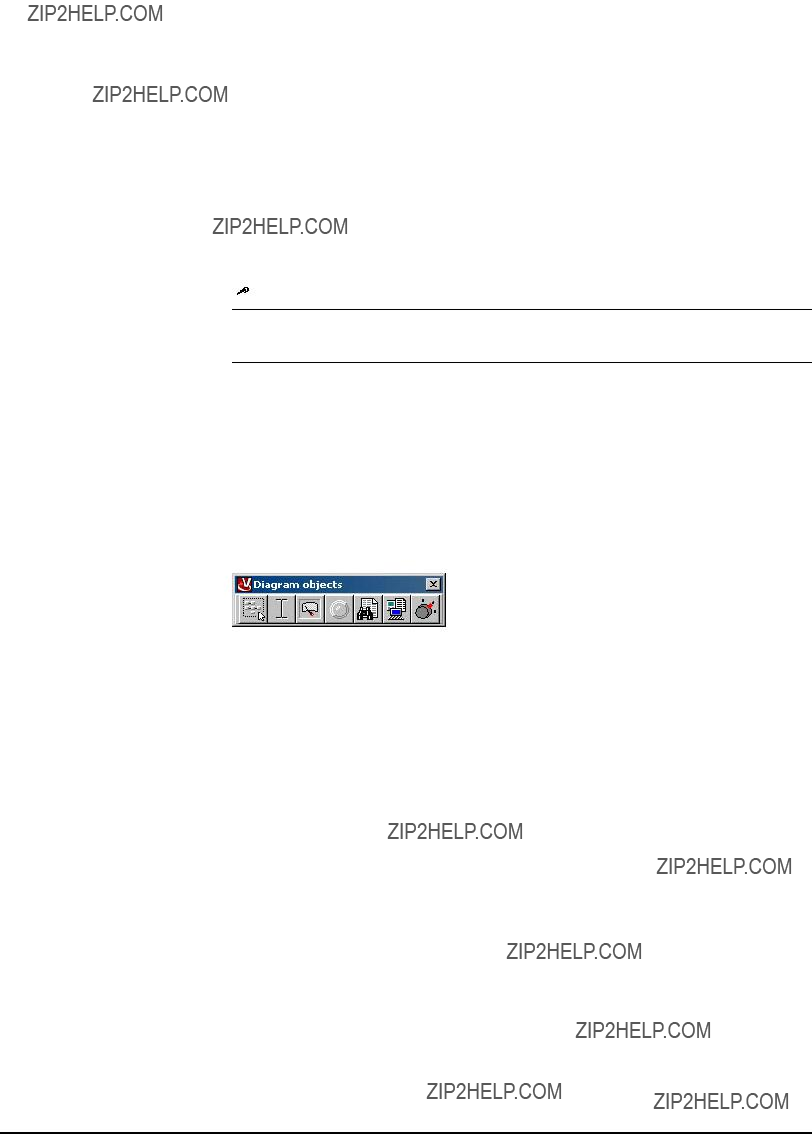
Customizing the Vista Interface
Standard Vista diagrams show much of the data that the
Vista cannot be used to customize data displays on the ACCESS meters themselves.
 NOTE
NOTE
Level 5 ACCESS software authority (Supervisor) is required to create and configure new Vista diagrams.
If you do not have Level 5 password authority, contact your ACCESS software administrator for assistance.
Diagram Objects in a User Diagram
Diagram objects provide the interface to ION registers in your network, and to DDE values from other applications. Each diagram object displays a single piece of information from somewhere in your
If your account has permission to edit user diagrams, the following diagram objects are represented by icons in a floating toolbox.
If this toolbox is not available in Vista, yet you have the proper permissions to edit user diagrams, you must select Options > Show Toolbox from the Vista menu. A check mark next to the option indicates that it has been selected.
To place a diagram object, simply click, drag and drop the object you want from the toolbox onto the current Vista display window. Once you have added the diagram object,
Complete details on configuring diagram objects and creating Vista User
Diagrams are in the online WinPM.Net Help.
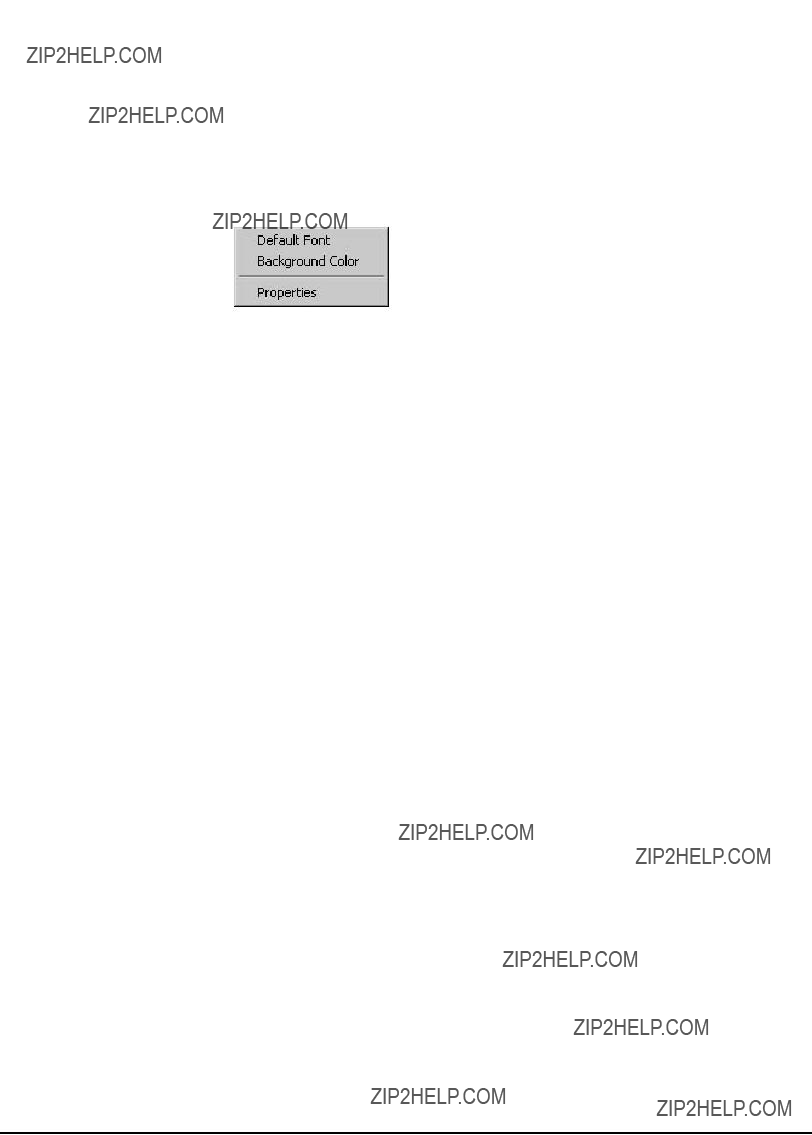
Custom Appearance of a User Diagram
You can customize the appearance and configuration of any window within a user diagram. You can alter a window's font or background color, or configure window properties such as background image,
To make one or more of these changes,
Choosing Default Font or Background Color allows you to customize the area implied by the selection. Choosing Properties brings up the Window Properties Configuration box, which offers five groups of options: Image, Log Server, Node, Action and Stale Data. Complete details on these options are found in the online
WinPM.Net Help.

WinPM.Net: Designer
Designer is an application for advanced users who know the nature of ION architecture, specifically the nature of frameworks. A framework is a number of ION modules arranged (linked) to perform a specific function or number of functions. Designer allows you to customize current frameworks by adding, deleting, or
 NOTE
NOTE
In most cases, you will be able to achieve the functionality you want by changing the settings in an existing module???s setup registers. For this operation it is recommended that you use ION Setup.
Basics of ION Architecture
Before you begin altering the meter???s operation, it is advisable to familiarize yourself with the basics of how the device operates. Understanding the basics of the ION architecture will help you understand how to make different types of configuration changes.
The ION architecture applies the principles of
Each ACCESS device contains a number of ION modules that perform specific functions. The ION modules are linked together to create frameworks or framework templates, defining multiple operations and logical pathways for power system information. The basic structure of an ION module is the same for each module type, making it easy to use new features once the basics are understood.

ION Modules
The ION module is the basic building block of the ACCESS device???s operating software. A module can be considered as a ???function box???: it receives data from its inputs, makes decisions based on the settings in its setup registers, and then makes data available at its output registers. All functionality provided by an ACCESS device can be considered in terms of its modules and the linkages between them.
INPUT REGISTERS
are connected to the output registers of other modules; data flows into them.
SETUP REGISTERS control how the module processes data
OUTPUT REGISTERS hold the result of the module???s operation??? this data is available to other ION modules.
Modules are linked together to create powerful functions. For example, the framework below consists of four modules that, when combined, trigger a waveform recording in response to an
Module Linking Restrictions
The maximum number of modules that can be linked in a row is 25. This is referred to as the framework???s depth. Modules that branch off or branch into the chain do not affect the depth, and there is no restriction on the number of branches you can have in a framework.
Another restriction concerns ???circular??? linking of modules. You cannot link a module???s output register to its own input or to the input of any module that precedes it in the chain. This protects you from creating infinite loops that can waste system resources.
The one exception to this rule is the Feedback module, which makes circular linkages possible (refer to the ION Programmer???s Reference).
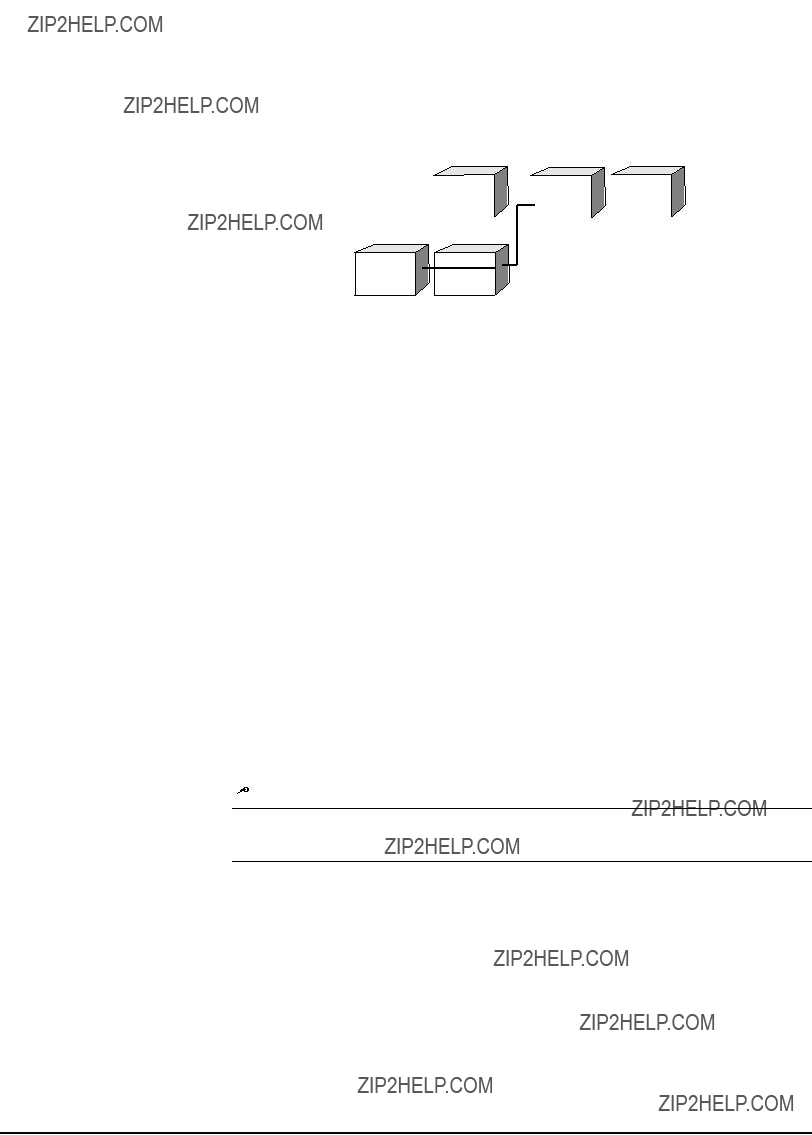
Sequence of ION Module Execution
ION modules always execute in the order of the data flow (in the example below, from 1 to 4). This logical execution order is maintained even if you created the framework from back to front.
1 2
ION modules may execute simultaneously if they do not depend on each other for data (such as both ION modules labelled 1). Conversely, ION module 3 will not execute until both ION modules 1 and ION module 2 have executed.
ION Registers
Each module has one or more output registers, and most modules have Setup registers. (A module???s inputs are links to the output registers on other modules.) There are different types of registers, each classified by the type of data they accept. When you want to change a module???s configuration, you must supply the type of data that is appropriate for the register you are configuring. The configuration tools prevent you from entering the wrong type of data into a register, but they do not prevent you from entering the wrong value.
The ???NOT AVAILABLE??? Value
An ION module that requires a link to one or more of its inputs, but has no such links created, does not contain any values in its output registers. Instead, its output registers are set to NOT AVAILABLE. In addition, if a module has an input that is invalid (for example, a
 NOTE
NOTE
The NOT AVAILABLE value appears in Vista objects that are linked to ION modules with output registers that are NOT AVAILABLE. The front panel of the meter displays values that are NOT AVAILABLE as dashes
If the inputs of a module are NOT AVAILABLE, its output registers are also NOT AVAILABLE. The NOT AVAILABLE value propagates through all linked modules. (The NOT AVAILABLE value propagates through linked Arithmetic modules differently - refer to the ION Arithmetic module description in the ION Programmer???s Reference.)
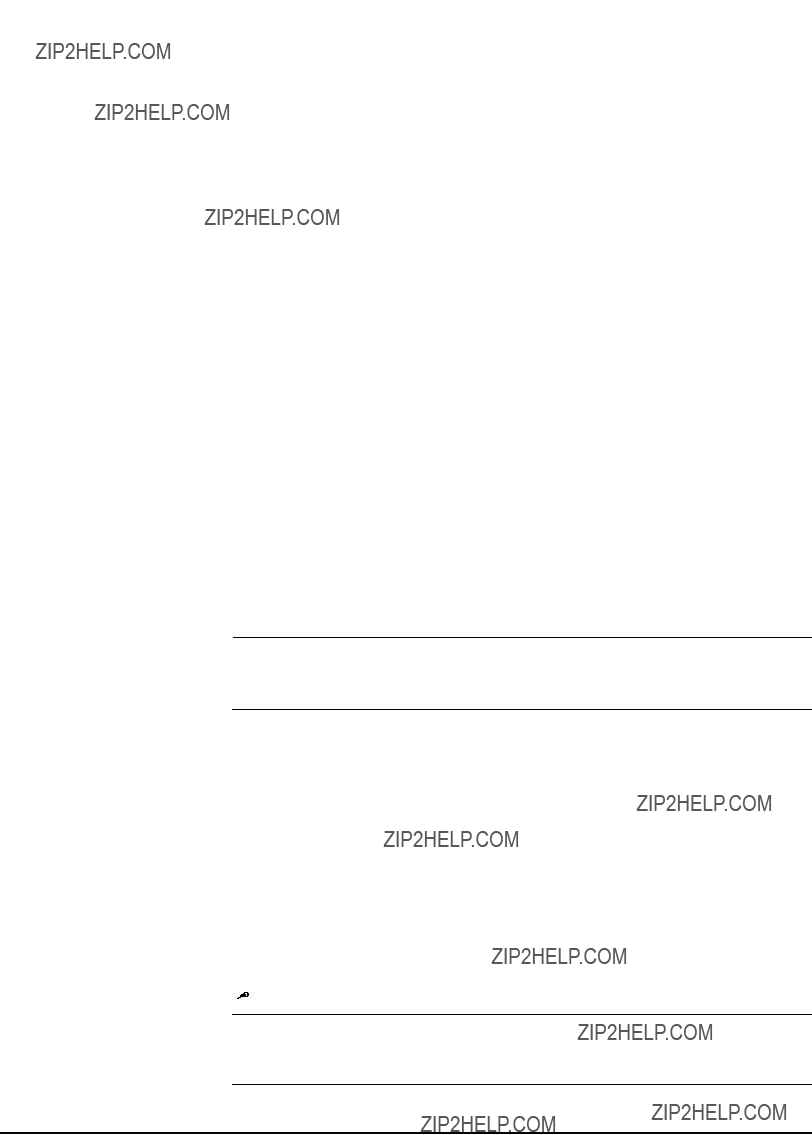
ION Configuration Changes and Module Security
When you make configuration changes to an ACCESS device you are either changing a value in a module???s setup register (basic configuration) or you are changing the linkage between two or more modules (advanced customization).
Certain parts of the meter???s operating software are protected against deletion and tampering, specifically core ION modules, fixed module links, persistent ION modules, and locked ION modules. Visit Power Measurement???s web site (www.pwrm.com) for a complete listing of these module types for your meter.
Core Modules
Core ION modules are fundamental to basic device or software node operation. You cannot create or delete core modules, and in some cases, you cannot configure them. Those ION modules classed as Core modules are the same in every device or software node, though not all devices and software nodes support all the Core modules. The following are examples of Core Modules: Power Meter module, Communications module, Display Options module, and the Factory Module.
Fixed Module Links
Several of the linkages between core modules are fixed; they are required for the basic operation of the device. A fixed link cannot be removed. A core module with fixed links can still be linked to other modules.
Persistent Modules
Persistent ION modules are similar to Core modules, as they are core to the operation of the device and cannot be created or deleted. These ION modules are protected, because they are
 CAUTION
CAUTION
Persistent modules can be overwritten in Designer. When pasting a default framework onto a meter, use
Locked Modules
Locked modules provide security for revenue meters. This type of module security only applies to ACCESS meters with the
 NOTE
NOTE
Depending on the meter family, there may be different types of module security. Rev_write_state_lookup means the module cannot be modified in any way, and Rev_destroy_lookup means the module cannot be deleted.

Designer???s Main Configuration Screen
If the software has been properly configured, the main screen of the meter???s node diagram appears each time that you open a meter in Designer. If the ACCESS software has not yet been configured, refer to the Getting Started Guide, or contact your network administrator. The different types of device functions are grouped together on the Designer screen, so you can quickly access the types of settings you want to change.
ION modules appear on the main Designer screen, grouped by the functions they perform.
Folder icons indicate that additional ION modules are available.
Status Bar
Once you have logged on to Designer and opened the meter???s node diagram, you can begin configuring ION modules. Designer displays two types of objects on the main configuration screen: ION modules and grouping objects (also called folders).
A folder in Designer indicates that additional modules are available.

Viewing
You can view the
To view
1.Click Options > Show Toolbox on the Designer menu.
2.Find the ION module you want, press the Shift key and click the output register. The following example shows how the
Changing Setup Registers with Designer
If you are familiar with the nature of ION architecture and comfortable using
Designer, you can use the application to modify ION modules??? setup registers.
 NOTE
NOTE
It is recommended that you use the Setup Assistant in the ION Setup software to configure an ION module???s setup registers. The Setup Assistant is a user interface that provides access to the setup registers for a meter. (Refer to the ION Setup section for more details.)

To configure ION module setup registers with Designer:
1.
The list of available Setup registers appears here. Select a Setup register, then click Modify... (or double click on the Setup register name).
2.Highlight the Setup register you want to configure, and click Modify.... A Modify Register dialog box appears.
A drop down list of option appears when you click on the arrow because this setup register is of the enumerated type.
Make the change to the register???s setting here. As there are different types of data held in setup registers, there are different Modify Register dialog boxes. The Modify Register dialog box may require that you choose an option from a list or enter a numeric value.
A format option is available when modifying Numeric Bounded setup registers.
Clicking Format causes a ???Formatted Numeric Value??? window to appear:
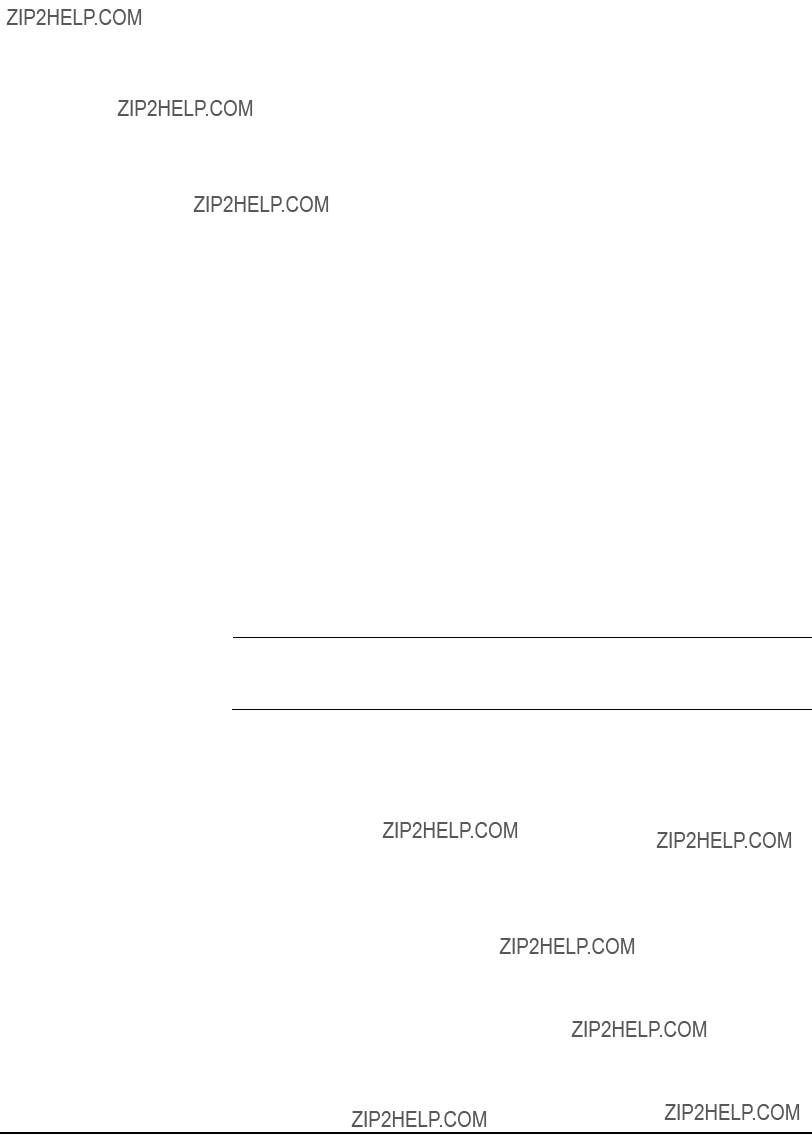
Use the Interval Format area if the setting you are changing requires intervals. Use the Date/Time Format area if the setting you are changing requires specific dates (such as those needed used in the Clock module). Click OK when you have the desired setting for the time interval or date.
3.Click OK when you are satisfied with your configuration changes.
Complete details about the Setup registers of every ION module are provided in the ION Programmer???s Reference. Details about the Setup Areas on the main screen of the node diagram can be found in the Default Functionality chapter.
Customizing Frameworks in Designer
To create custom functions, ION modules are linked together and then configured. Linking ION modules is relatively straightforward: output registers on one module are linked to the input registers of subsequent modules. Data flows from the output register on the first module to the input registers on a second module. Each module that receives data makes decisions and processes the data based on its setup registers??? settings. Once the data has been processed, a module makes the data available at its output registers. These output registers can then be linked to the inputs of other modules, and so on.
Most ION modules perform simple, discrete functions. The combination of modules linked together creates a more powerful functionality. Multiple modules linked together can be referred to as a framework. Since a device???s operation can be separated into the specific, smaller functions performed by the modules, creating specialized functionality is simple if you understand the operation of the component pieces.
 CAUTION
CAUTION
The meter is
If you need to customize your meter???s operation, you will need to create new ION modules, configure their settings, and in some cases link them to other modules. Designer provides a graphical view of your meter???s internal operation, making these tasks simple. If you require more information on Designer than is presented in these pages, refer to the ION Programmer???s Reference or online WinPM.Net Help for complete usage details.
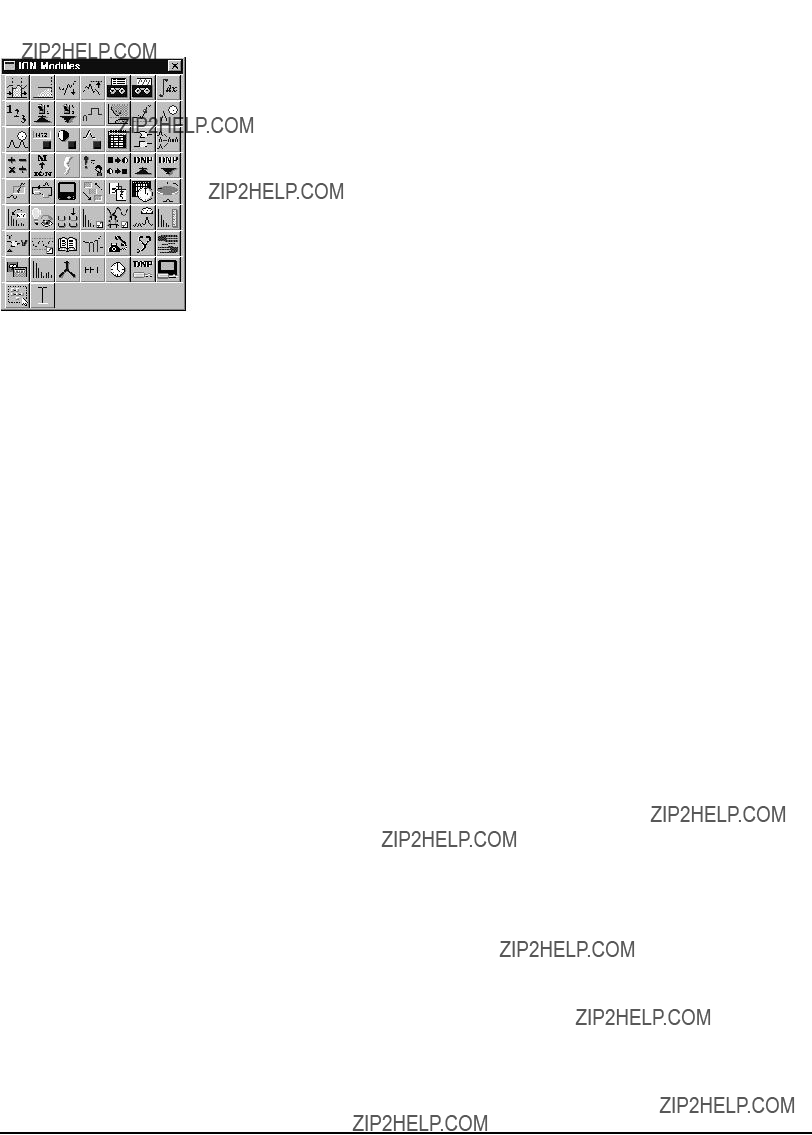
Each ION module available to a meter appears in the toolbox.
Creating New Modules
To add a module, locate its icon in the Designer toolbox, press and hold the left mouse button over the icon, and drag it onto the node diagram. Once you release the mouse button, the module becomes part of the diagram and is ready to be configured and linked.
Choosing the Module
The Designer toolbox displays icons for all the meter???s available module types. If the toolbox is not displayed, choose Show Toolbox from the Options menu to make it appear.
As you drag the mouse over the icons in the toolbox, the status bar at the bottom of the Designer window displays the module type.
Creating the Module
Follow these steps to create an ION module in the meter:
1.On the ION Modules toolbox, press the mouse button down on top of the icon of the module you want to create, and drag it onto the node diagram. As you drag the icon, the cursor changes shape to indicate you are placing an object.
2.Release the mouse button to place the module in the diagram. When you release the mouse button, Designer places a pending module icon into the diagram (pending modules appear with a dashed outline).
3.Once you have configured the node to your liking, choose Send & Save from the File menu to download the configuration to the node. The dashed outline is replaced with a solid outline, indicating that your changes have been saved.
After a Send & Save, ION modules that are offline (or inactive) appear with a red border. This can mean that the ION module???s setup is incomplete. Refer to the online WinPM.Net Help for more details.
The web site has information about the setup register defaults a module contains when it is initially created, as well as the ranges or options each setup register supports.
Deleting Modules
To delete a module, select it by clicking its icon, then press the Delete key. Use caution when deleting modules ??? any dependant modules will be affected. Designer informs you of dependant modules if they exist on the same node.
Linking Modules
Module linking involves clicking on one module???s output register symbol, choosing the output register you want to link, then clicking the input of a second module and selecting the input to link to. This operation can be performed in reverse ??? you can start with one module???s input and link to another module???s output register if desired.
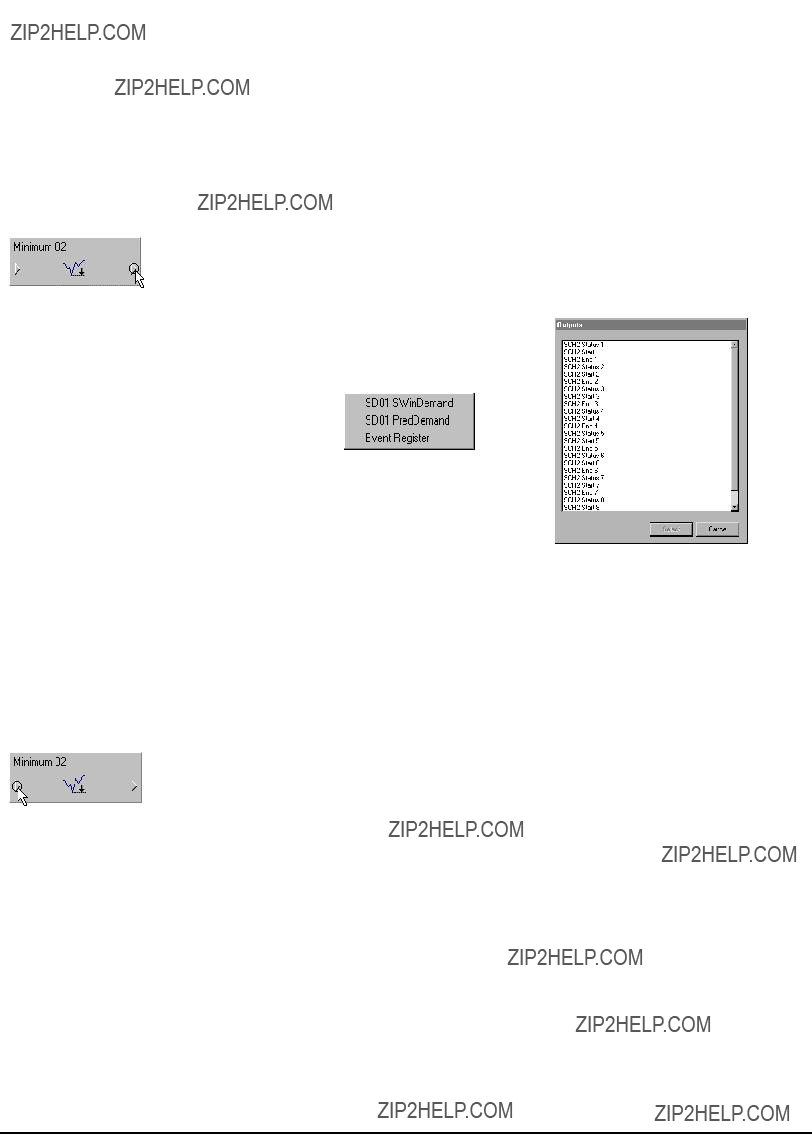
Accessing module outputs
The cursor looks like this when a linking operation is in progress: 

Accessing module inputs
You can link modules that reside on different nodes, provided that you are linking between software nodes, or from a meter to a software node. You cannot link modules between meters. The following section describes how to link modules that reside on the same node. Refer to the ION Programmer???s Reference or the online WinPM.Net Help for instructions if you want to link modules that reside on different nodes.
Follow the steps below to link modules on the meter:
1.Click on the 
 symbol on the right side of the module icon to list a module???s
symbol on the right side of the module icon to list a module???s
output registers. (To list the module???s setup registers, hold the CTRL key while clicking on the 
 symbol.) In most cases, a
symbol.) In most cases, a
or
2.Click on the register you want to select. In the case of the dialog box,
3.Drag the cursor towards the module to which you want to link; the cursor changes and a dotted line follows it across the node diagram. This indicates you are in the process of creating a link. The dotted line also shows where the connecting line will appear in the node diagram once the link is made.
If you link to a module that is in a different window than the original module (either in a different node diagram or grouping window), the dotted line disappears, but the cursor still indicates that a link is in progress.
4.Click on the module icon???s left 
 symbol to display the module???s inputs. In
symbol to display the module???s inputs. In
most cases, a
If the input is already linked, the register label it is linked to is displayed beside the input. If you select the input, the existing link is overwritten.
5.Choose the input you want from the
If the two modules are in the same window, the dotted line remains on the screen to show the link between the modules.
6.Save the changes you made to the node. When you save the line changes from a dotted line to a thin black line to indicate that the link is now programmed on the node.

The linking procedure described in the preceding steps can also be performed in reverse order. You can select a module???s input first and then link it to another module???s output register.
Editing Existing Frameworks
If you are comfortable with the ACCESS software and the meter???s configuration, you can make changes to the existing frameworks to customize operation. Any edits you make to the existing frameworks alter the device???s operation ??? be sure you understand what effect your changes will have before proceeding.
Checking an Output Register???s ???Owner???
Using Designer,
 CAUTION
CAUTION
Viewing owners by
Deleting the Link at a Module???s Input
You can also check the links at a module???s input. Using Designer,
Replacing a Link
You do not need to unlink a module???s input before linking a different output register to it. If you link an output register to an input that is already linked, the existing link is overwritten.
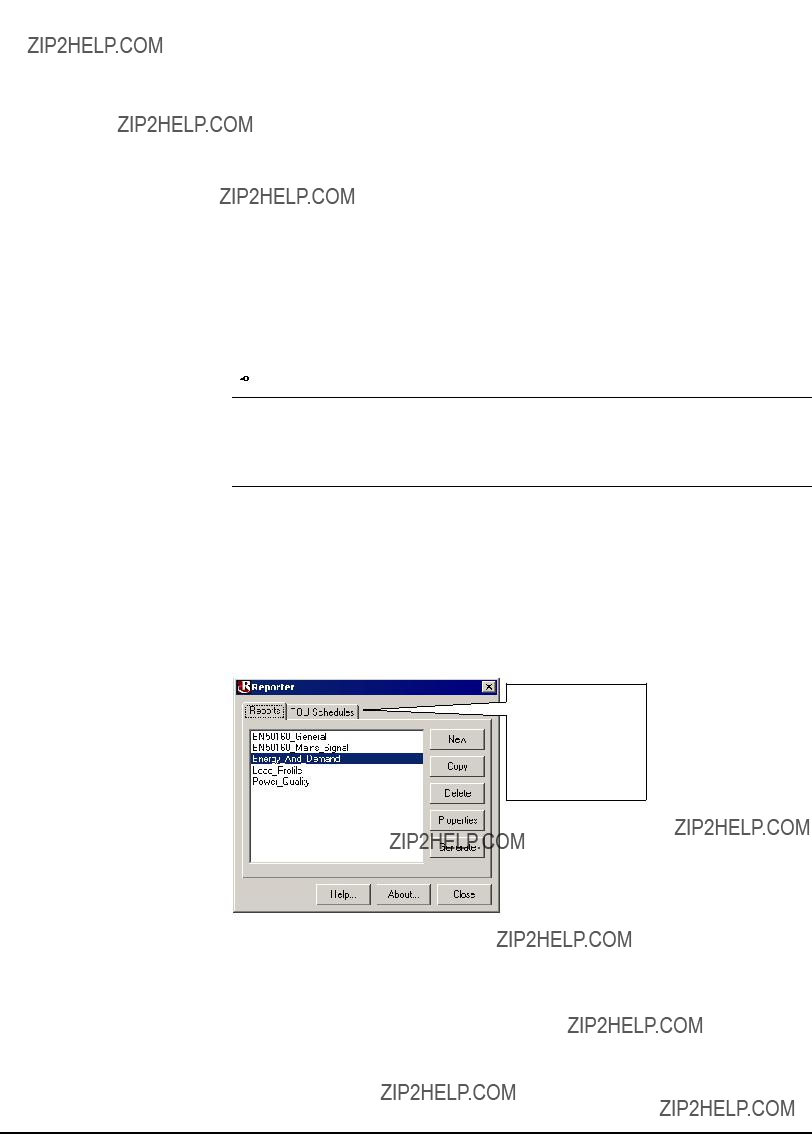
WinPM.Net: Reporter
Reporter is a database reporting application. It lets you define, generate, and manage comprehensive reports based on the data in your database. Reporter retrieves data from the Relational Database Management System (RDBMS), and processes it into a finished report in Microsoft Excel format. There are a number of
After you???ve designed custom reports and configured the Excel workbooks, reports are updated automatically, either in response to a power system event, or following a specified schedule. You can also configure reports to automatically email selected recipients after updating.
 NOTE
NOTE
The Report View Manager, a component of the Reporter, can be used on its own to create custom database views for use with other third party reporting packages. Advanced knowledge of database operation may be required to use the Report View Manager with
When you start Reporter, the main Reporter screen appears with a list of
Time of Use Schedule used for Energy and Demand reports.
This is not to be confused with the Time of Use Module
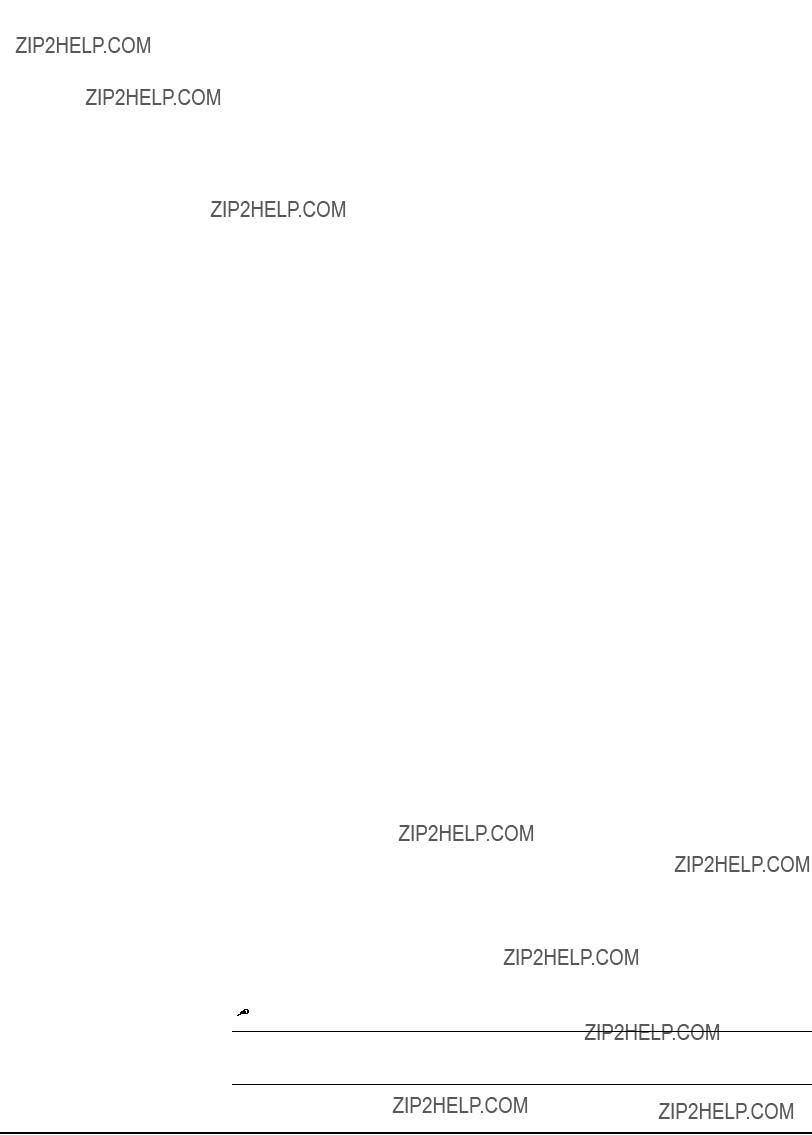
Energy and Demand
This report is designed to generate and display details about energy consumption and peak demand levels over a given time period. It uses a Time of Use Schedule (TOU) to reference the metered data against an energy provider???s tariff schedule.
The first step in creating an Energy and Demand report is to preconfigure the TOU schedule that will be applied to the metered data. If you do not require a time of use schedule, you can create a mock schedule with only one time period defined. Use the EgyDmd Log as a query item.
Load Profile
This report generates a graphical representation of demand, or load levels, over a given time frame. The profile is a characterization of peak loads that can be used to determine and limit demand peaks which could lead to financial penalties for energy consumers, or could signal a need for additional generation or the introduction of load control programs for energy suppliers.
The Load Profile report also uses the EgyDmd Log as a query item, but it does not use a TOU schedule.
Power Quality
This report summarizes the number and severity of sags and swells over a given time range, and graphically represents the waveform captures of each individual event for further analysis.
The Power Quality report is slightly different than the other two report types - mainly in its requirements for different data log sources. The Power Quality report requires a combination of the Sag/Swell Log and Waveform Log.
EN50160
EN50160 is a general power quality standard used by energy suppliers and energy consumers in European countries. The report is a summary of the multiple pass/ fail results of the evaluation methods outlined in the standard.
The following logs are used for the EN50160_General report:
EN50160 Vlt Dp1 to EN50160 Vlt Dp5
EN50160 Ovrvlt1 to EN50160 Ovrvlt3
EN50160 Frq/Mg, EN50160 Flicker, EN50160 Intrp, EN50160 Hrm Vlt, EN50160
Ihm Vlt, and EN50160 Vunbal
All fourteen of the above logs must be added to each EN50160_General report.
EN50160 MSignal is the log used for the EN50160_Mains_Signal report.
 NOTE
NOTE
The 73xx Series meters do not support EN50160 compliance. Although you see them as viable selections in Reporter, the 73xx Series meters do not have the logs needed to create EN50160 reports.

Report Creation and Generation
These steps are used for creating all report types. Be sure to know which log(s) you use for the report you are creating.
 NOTE
NOTE
If you are creating an Energy and Demand report, complete the steps under ???Creating a Time of Use
Schedule??? (following ???Creating a Report???) before you procede with creating your report.
Creating a Report
1.Start Reporter.
2.Select the report type you want and click Copy.
The
3.Click the Properties button (while your copy is selected). The Report Properties dialog box appears.
On the General tab, it is recommended that you change the default report name to distinguish it from other reports you may create.
4.Click New from within the Database Queries section. The Database Query Properties dialog box appears.
5.Select your DSN (Data Source Name). This is the name of your database file or archive.
6.Select the appropriate Log file(s) for the report. Click OK to close the Database Query Properties dialog box.
7.Click on the Distribution tab and select the appropriate checkbox.
You may need to provide more information, such as a destination folder or email address, depending on your distribution method.
8.Make any changes you require on the Advanced tab and write any information you desire on the Notes tab.
9.Save your new report template.
Generating the Report
1.Select your report from the list.
2.Click Generate.
The Report Generator extracts the requested information from the database, applies the TOU (if required), and displays the report in Microsoft Excel. Larger reports with many queries may take a few minutes to complete.
 NOTE
NOTE
If you selected the checkbox for Interactive Date Range on the Advanced tab, you are prompted to select the date range within the Interactive Date Range screen.

Creating a Time of Use Schedule
1.Start Reporter and select the TOU tab.
2.Select the Sample file, then click copy to duplicate it.
All of the
 NOTE
NOTE
Be aware that the NEW button creates a completely new report or TOU schedule with no default configuration. Use this option to create completely customized reports.
3.Select your new copy and click Properties to configure it.
Examples of the changes you may want to make to the TOU schedule are as follows:
Rename the TOU Schedule using the appropriate field.
Modify On Peak and Off Peak charges using the appropriate field.
Add a 'Shoulder Period' which is often called a 'Partial Peak' (see below).
Change the Holidays to an appropriate country (see below).
4.Save the new TOU configuration when configuration is complete.
Adding a Shoulder Period
1.Highlight the Off Peak period by left clicking on it, select New.
2.Rename your new tariff period (i.e. Partial Peak).
3.Modify the time period by left clicking the plus sign, selecting the time period and changing the time within the left window.
4.You will also have to modify the time period within the On Peak and/or Off Peak intervals to ensure that there is no overlap (i.e. if your new 'Partial Peak' period is between 6:00 and 8:00 PM, then you will have to change your 'Off Peak' period to 8:00 PM to End Of Day).
Changing Which Days are Holidays
1.Select the Off Peak period.
2.
3.Add or remove holiday dates as required.
 CAUTION
CAUTION
Double check to make certain that there are no gaps and no overlapping date or time ranges.
The TOU schedule should not be confused with the Time of Use Module used by billing applications.
Once you have completed configuring the TOU schedule, you are ready to create the actual Energy and Demand report.

ION Setup Software
ION Setup is a software solution that allows basic configuration and control capabilities for your power monitoring devices. ION Setup can also display real- time and diagnostic data for your networked devices.
When starting ION Setup, you have the option to enter network mode or single device mode at the logon screen. Network mode allows you to add multiple sites and meters to your network, organize your meters into logical groups, and configure each site and meter individually. The single device mode, however, allows you to connect to only one meter and make changes to its configuration or view its data.
Refer to the documentation on you ION Setup CD or visit the Siemens website for complete details on ION Setup.
Configuring Communications
With ION Setup, you first create one or more communication sites: the site defines the communication method. You then add devices to a site, followed by grouping the devices in a logical manner according to your needs (e.g. by common function or physical location).
These are the types of sites available
You can group meters from different sites
 NOTE
NOTE
You must be logged on to ION Setup in network mode in order to add a site, group, or device.
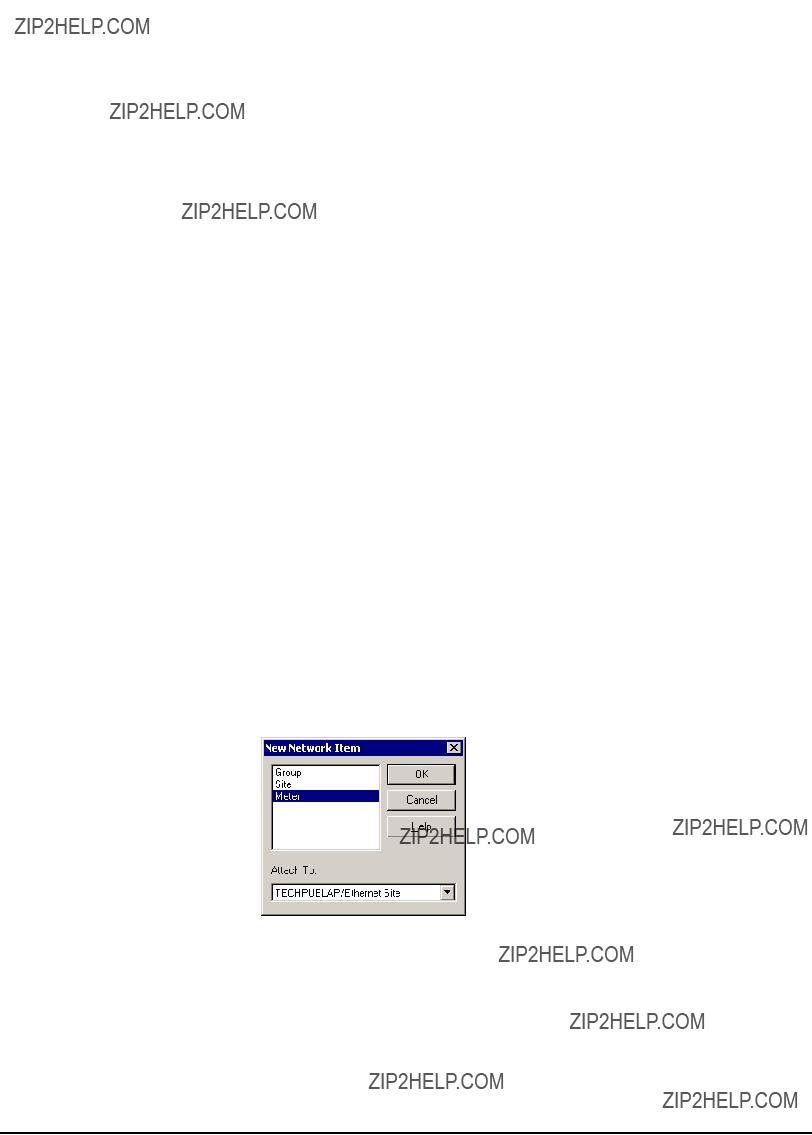
Sites, Groups, and Meters
You can create a network of items within ION Setup so that the next time you want to upgrade a meter???s firmware or make any configuration changes, the meter is easy to find and your communication setup is ready.
Sites refers to a communication method. For example, you need separate sites for Ethernet, Serial or Modem types of communication. A site can have many connected devices. You can also have one meter that is connected to two or more sites provided that the meter has the capability.
A group is an optional feature that lets you define a logical grouping of meters. For example, you can have a group of meters for power quality monitoring, or you can have a group of meters defined by location. Groups are always attached to the System icon. Devices within each group are attached to both the group and a communications site (sites are connected to the workstation).
You can add a meter to a communication site or a group. When you add a meter to a group, it is automatically attached to the appropriate communication site. However, when you delete a meter from a group, the meter remains attached to the communication site.
Adding a Site, Group or Meter
1.Close any open windows to return to the Network Viewer screen. Do one of the following:
From the toolbar, click the Insert An Item button, or
From the Insert menu, choose Item, or
The New Network Item dialog box appears (see illustration in step 2).
2.Click the item (Group, Site or Meter) that you want to add. In the Attach To: box, select where you want to attach the item.
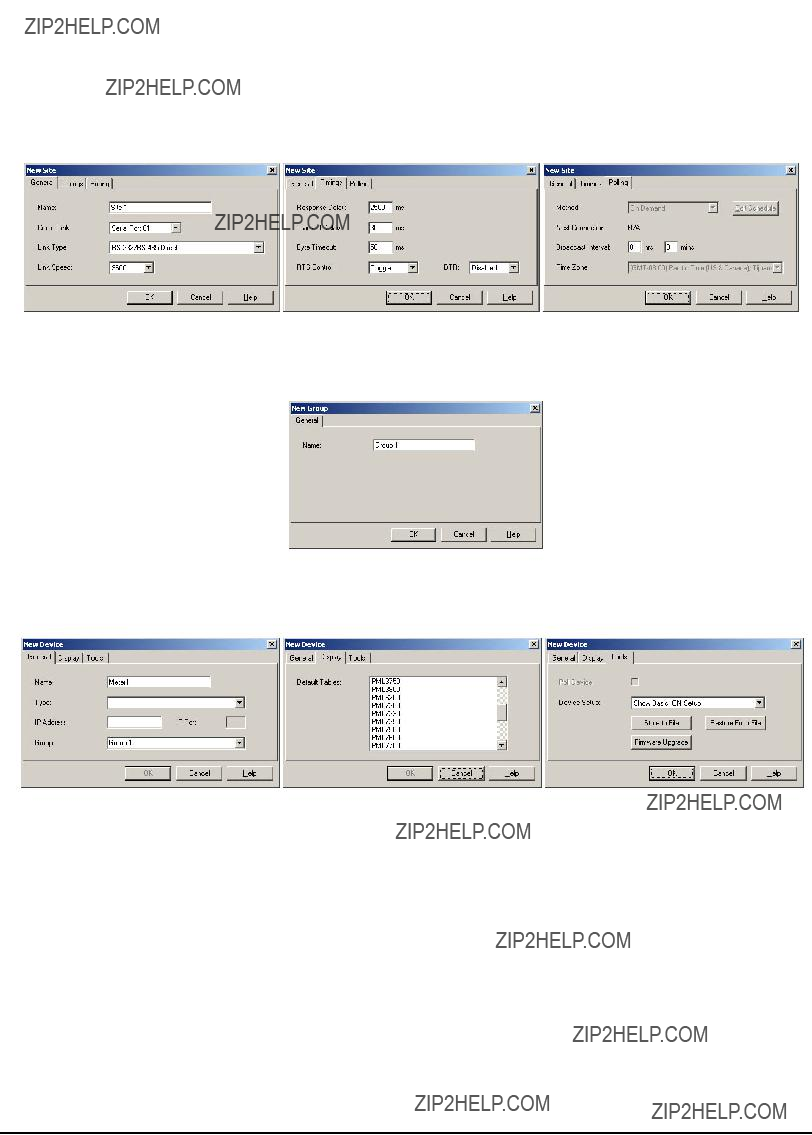
3.Click OK. A dialog box for the appropriate item appears. Depending on the item, there may be multiple tabs each with numerous options for configuration:
When you add a new site, the dialog displays three tabs: General, Timings, and Polling. If you are adding a modem or gateway site, there is a fourth tab labelled Remote Info.
When you add a new group, the dialog box has only one tab labelled
General. On this tab, you can change the name of your newly created group.
When you add a new meter, the dialog box displays three tabs: General,
Display, and Tools.

Basic Meter Configuration
The Setup Assistant is a user interface that contains relevant instructions to help guide you through common setup requirements for your ACCESS meter. After you have added a device to ION Setup in network mode, or connected using single device mode, the Setup Assistant appears in the right pane.
The Setup Assistant is accessible in both single device mode and network mode.
The Setup Screens on the left let you access different setup tabs on the right. It is from these setup tabs that you can configure a meter???s setup registers.
Changing a setup register
1.Highlight the Setup Screen you want and select the desired tab where applicable.
Important notices may be included in the description box. Read them carefully before proceeding with your configuration changes.

2.Highlight the setup register you want to edit in the register window.
3.Click the Edit button.
(A window may appear, asking for the meter???s password. This only occurs for meter???s with advanced meter security. Type the meter???s password and click OK.)
A window appears where you can edit the register value.
Depending on the register class, you either select a value from a
4.Make your selection from the
Displaying Data with ION Setup
You can use ION Setup to display
Displaying
1.Select Data Screens from the View menu (or click  on the toolbar).
on the toolbar).
2.Click the device icon from which you want to view
3.
4.Click the desired tab to display its contents if there is more than one tab in the display screen.

Displaying diagnostics data
1.Select a site or device icon from the left pane.
2.Select Diagnostics from the Tools menu (or click  on the toolbar).
on the toolbar).
The Communication tab displays information about the meter???s communication status, message information, message timing, and packet frames. Clicking the Reset button sets all values to zero.
The General tab display information about the meter, such as the meter type, the firmware version, serial number, communications, and available memory.
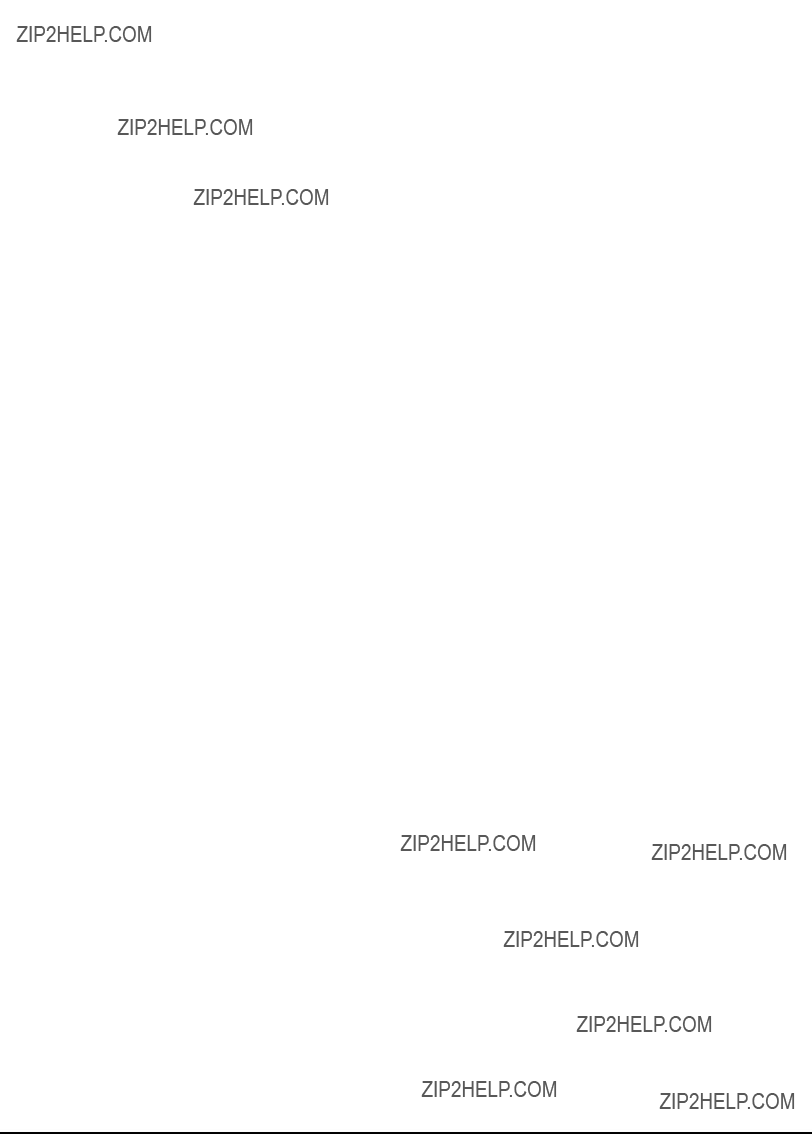

5 Features and Applications
The 9300 Series meters offer a range of capabilities for enterprise energy management applications such as feeder monitoring and submetering. Comprehensive analog and digital I/O, multiple communication ports, industry- standard protocols, and precision time synchronization compliment the meters??? ability to integrate with your energy management and SCADA systems.
In This Chapter
Data and Event Logging . . . . . . . . . . . . . . . . . . . . . . . . . . . . . . . . . . . . . 125
Residual Current Calculation (I4) . . . . . . . . . . . . . . . . . . . . . . . . . . . . . . . 130
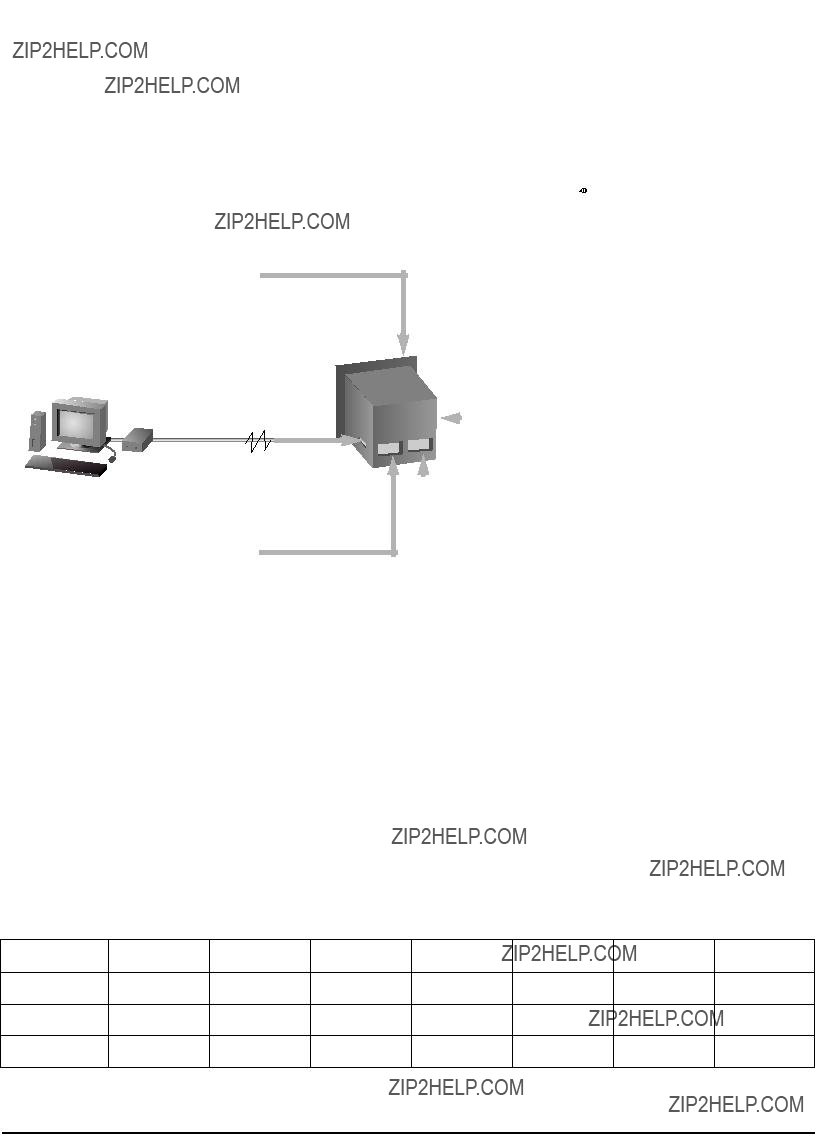
Communications
This section describes the meter communications media types and communications applications. The diagram below shows the 9300 Series meter communication ports with a brief description of how each port is used.
COM 3:
Optical serial connection
All 9300 Series meters provide COM 3, an optical (infrared) port. The optical port (located on the front of the meter) is used for serial communications, and supports these protocols: ION, Modbus RTU, or DNP (9330 / 9350). The port can also be used for energy pulsing.
 NOTE
NOTE
The Profibus meter option for the 9300 uses special COM connections.
The meter???s internal modem communicates to the server computer over the telephone network.
MDM
COM 1:
All 9300 Series meters provide COM 1: an
9330 and 9350 meters with an internal modem can use the ModemGate protocol on COM 1, allowing the meter???s internal modem to communicate with the meter, the WinPM.Net server computer, and any devices that are wired to the meter???s COM 1 port.
Ethernet connection
All 9300 Series meters support the optional Ethernet card. An Ethernet connection supports ION, Modbus RTU, or Modbus/TCP protocols.
COM 2:
The 9330 or 9350 meter provides COM 2. If your meter has an Ethernet card, then COM 2 functions as an Ethernet gateway (EtherGate) ??? EtherGate transfers data directly between an Ethernet network and any devices that are wired to the meter???s COM 2 port. If there is no Ethernet card, then COM 2 functions as a serial communications
The 9300 Series meter has numerous communication possibilities depending on your ordering preferences. However, not all communications options are available to each model. The standard meter has two or three serial communication ports: an
9300
9330
9350

Refer to the ???Hardware Reference??? chapter for the 9300 Series
The communications terminal strip on the rear of the meter shows two communication ports: COM 1 and COM 2. (The COM 2 port is not available on the 9300.) Up to 32 devices can be connected on a single
Straight Line Topology
COM
SH + -
Loop Topology
COM
SH + -
General Bus Wiring Considerations
Devices connected on the bus, including the meter, converter(s) and other instrumentation, must be wired as follows:
The shield of each segment of the
Isolate cables as much as possible from sources of electrical noise.
Use an intermediate terminal strip to connect each device to the bus. This allows for easy removal of a device for servicing if necessary.

Install a ?? Watt termination resistor (RT) between the (+) and
 CAUTION
CAUTION
Do not connect ground to the shield at both ends of a segment. Doing so allows ground loop currents to flow in the shield, passing noise into the communications cable.
Any Device connection that causes a branch in the main
Avoid
connection point
Avoid
connection point
Optical Port Connections
Refer to the ???Hardware Reference??? chapter for the optical port specifications.
The optical (infrared) port on the meter???s front panel is compatible with an ANSI C12.13 Type II magnetic optical communications coupler. The optical magnetic coupler is purchased separately. Contact your supplier for a list of recommended
The optical port can communicate

Meter Setup for Optical Port Communications
To communicate
Configuring the Infrared Comm Module through the Front Panel
1.From the SELECT SETUP menu, choose QUICK SETUP > INFRARED COMM > IR1
PROTOCOL > INFRARED I/O.
2.Configure the INFRARED COMM communications module Baud Rate, Unit ID, and Protocol setup registers to match your communications system.
Configuring the Infrared Comm Module with Designer
In order to configure the Infrared Comm communications module with Designer, you must use the Management Console to:
Add the meter (that will be used for optical port communications) to your
WinPM.Net system.
Add a direct (serial) site with the RtsCts disabled.
Launch Designer and configure the Infrared Comm communications module settings.
Adding a Meter and Direct (Serial) Site to your WinPM.Net Network
In the Management Console, add the meter that you will use for optical communications and a direct site to your WinPM.Net network. Describe how your serial device is wired and other communications information on the options screens.
On the Direct Site Options screen:
Select the server computer that will communicate with the serial device.
Select the server computer serial port where the optical coupler is connected.
Disable RtsCts.
Server computer that communicates with the remote modem
Port on the server computer where the optical coupler is connected
RtsCts disabled for
Infrared communications.
Configuring the Infrared Comm Communications Module in Designer
Launch Designer and configure the Infrared Comm communications module Baud
Rate, Unit ID, and Protocol setup registers to match your communications system.
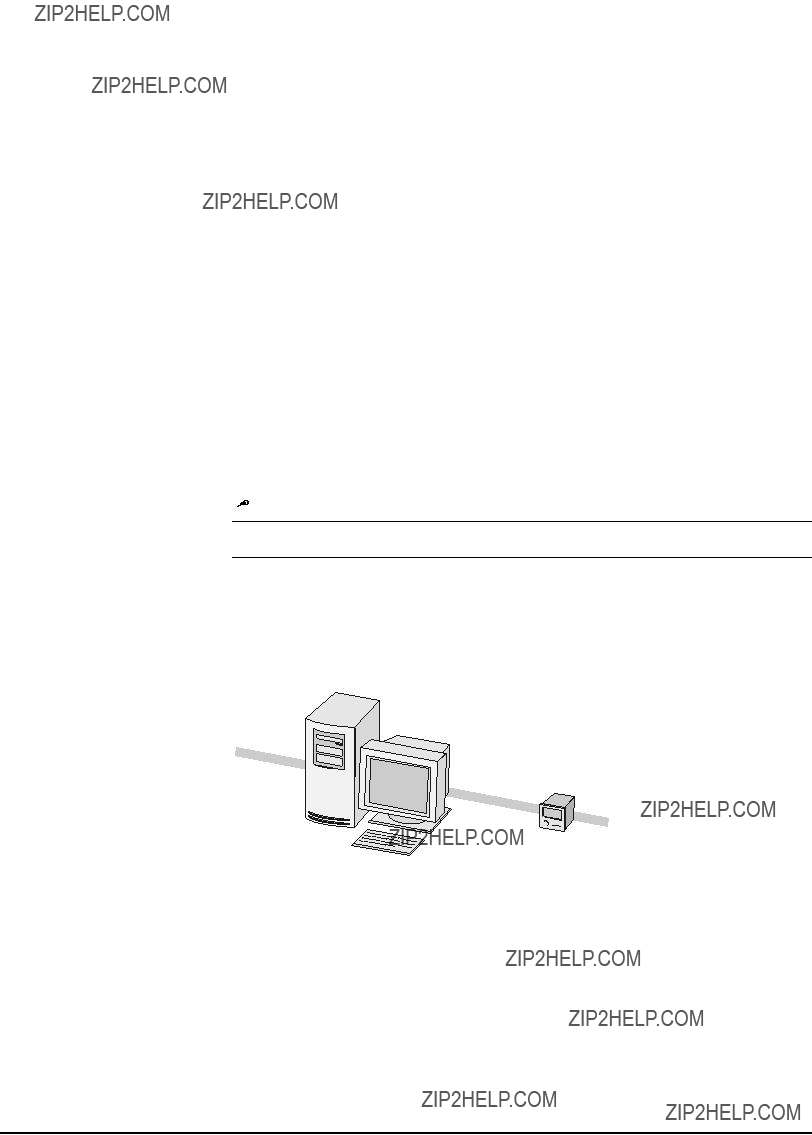
Optical Port Setup for Energy Pulsing
To configure the optical (infrared) port for energy pulsing, you must set the Infrared Comm communications module Protocol register to INFRARED I/O. Use the meter???s front panel or ACCESS software to set the IR pulsing.
Setting the IR Pulsing using the Front Panel
1.From the SELECT SETUP menu, choose QUICK SETUP > INFRARED COMM > IR1
PROTOCOL > INFRARED I/O.
2.Choose SELECT SETUP > ADV METER SETUP > CALIBRATION PULSER MODULES.
3.Select the module you wish to use for pulsing (kWh Pulse, for example).
4.Choose the Port setup register from the menu provided, then select IR LED.
Setting the IR Pulsing using Designer
1.Set the Infrared Comm communications module???s Protocol setup register to
INFRARED I/O.
2.Send and Save the configuration change to the device.
3.Set the Port setting of any Pulser module to IR LED.
4.Send and Save.
 NOTE
NOTE
In order to use the optical port for energy pulsing, it cannot be used for communications at the same time.
Ethernet Connections
Refer to the ???Hardware Reference??? chapter for the Ethernet port specifications.
The meter supports a single connection at a time to one of these three IP Service Ports: ION, Modbus/TCP, or Modbus RTU. WebMeter is accessible at the same time, as are connections to Ethergate and MeterM@il as long as these features are available on your meter.

Meter Setup for Ethernet Communications
To enable communications through the meter???s Ethernet port, you must configure the Ethernet communications module. The IP Address, Subnet Mask, Gateway, SMTP Server and SMTP Connection Timeout setup registers must properly match your system and can be set through the meter???s front panel, or with Designer software.
Configuring the Ethernet Module through the Front Panel
1.From the SELECT SETUP menu, choose QUICK SETUP > ETHERNET.
2.Configure the ETHERNET communications module IP Address, Subnet Mask, Gateway, SMTP Server and SMTP Connection Timeout setup registers to match your communications system.
Configuring the Ethernet Module via Designer
After you have wired your meter to the Ethernet network and performed basic setup, add the meter to your WinPM.Net network using the Management Console. (It is not necessary/possible to add an Ethernet site.)
Adding an Ethernet Device to your WinPM.Net Network
In the Management Console, the Ethernet Device Options screen appears when you add an Ethernet device (meter). Use this screen to describe your meter Ethernet address and other communications information. Be sure to include:
The server computer that will communicate with the Ethernet device.
The Ethernet device TCP/IP address.
Meter TCP/IP Address
Server computer that communicates with the Ethernet device
Configuring the Ethernet Communications Module in Designer
To enable communications through the Ethernet port, you must configure the
Ethernet communications module. Launch Designer and configure the IP Address,
Subnet Mask, Gateway, SMTP Server and SMTP Connection Timeout registers to match your system.

The EtherGate Protocol
EtherGate is a powerful communications tool that lets you communicate to a meter and through a meter simultaneously. When a meter installed on the Ethernet network has EtherGate enabled, a master device (such as a workstation running ION Enterprise software) can communicate to the meter, as well as through the meter to a serial network of devices wired to the meter???s COM 2 port.
EtherGate is only available for the 9330 and 9350 meters, and it is only configurable on the COM 2 port. (Port 7802 is used for EtherGate communications.)
9330 or 9350 with Ethernet Port
EtherGate connections do not connect a workstation with WinPM.Net (or other master device) to COM 2
Each device on the
Workstation with WinPM.Net is located on the Ethernet LAN
Once you have the chain of serial devices installed, use Designer or the meter???s front panel to change the COM 1 or COM 2 Protocol setting to EtherGate. The transfer of data between protocols is then handled automatically.
The Devices list in the Management Console appears as follows:
The 9350 appears in the Devices list, because it must be configured as an Ethernet device before you can configure it as an Ethernet Gateway Site.
From the Type heading in the Sites window, you can see the 9350 has been configured as an Ethernet Gateway Site.
The devices that reside on the
The Gateway Site - set the IP Service Port to 7802 for COM 2. The number following the IP Service Port number is the device???s unique Unit ID.
Refer to the EtherGate technical note for complete details on configuring your meter for EtherGate.
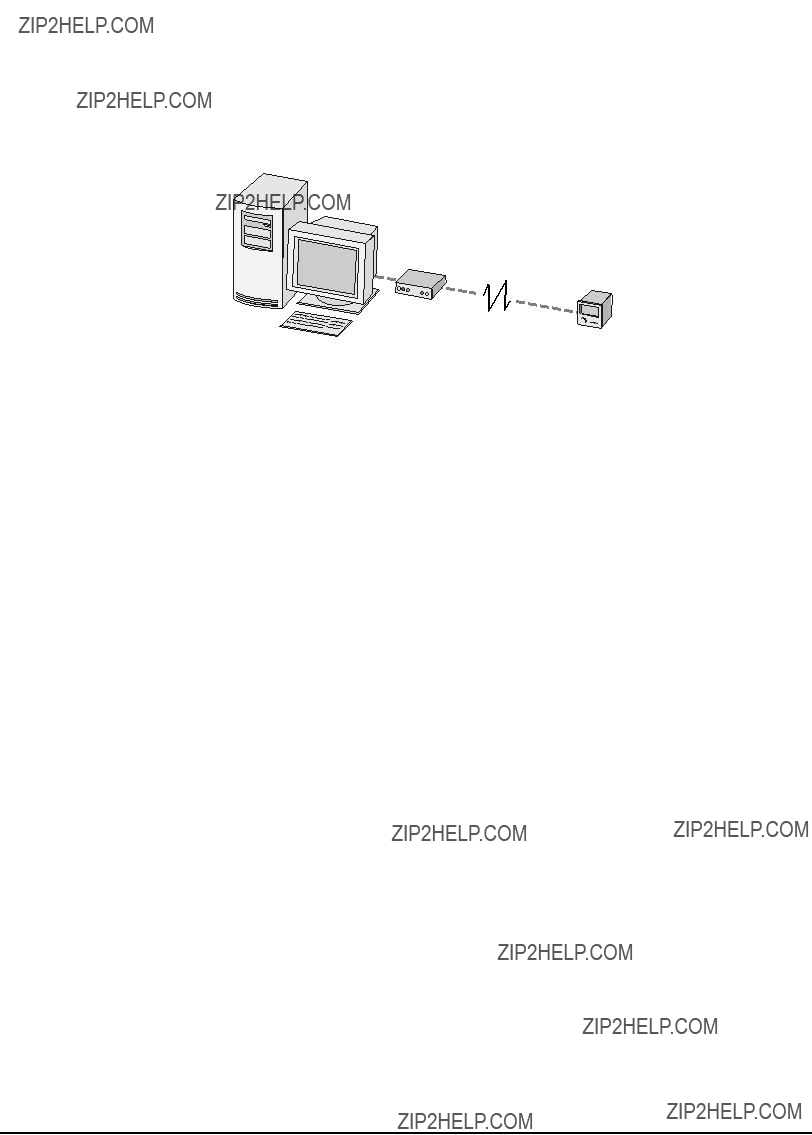
Internal Modem Connections
This option is only available on the 9330 and 9350 meters.
Refer to the ???Hardware Reference??? chapter for internal modem specifications.
Connection to the internal modem is made via the
The meter with an internal modem uses the modem to communicate to a master device (e.g. server computer with WinPM.Net software) over the telephone network.
Meter Setup for Modem Communications
To enable communications through the meter???s internal modem, you must configure the Comm 1 Communications module. The Baud Rate, Unit ID, and Protocol setup registers must properly match your system, and the initialization string for the internal modem must be set up using the ModemInit register.
ModemInit Setup Register
The ModemInit string register defines the initialization string for the internal modem, with a maximum of 47 characters.
Edit the ModemInit register and enter the initialization string desired. The string is sent to the modem as soon as you download the COM 1 module. Note that the string is also sent to the modem whenever the meter is powered up, or whenever the baud rate in the Comm 1 Communications module is changed.
Any changes to the Modem Init or Baud Rate setup registers while the modem is online will cause the modem to disconnect from the phone line.

Modem Initialization String Examples
The modem supports various commands in the initialization string. The examples below are for use when the modem is used to receive incoming calls.
1.Enter the following string to force the modem to use the 1200 bps Bell 212A
AT&F0 +MS=69,0,1200,1200 \N0 S0=1
2.This string will set the modem back to its default state of connecting with the fastest possible baud rate between modems:
AT&F0 S0=1
For any initialization string, it is recommended that the &F0 be at the beginning of the string.
After the meter is installed, and the internal modem is connected to the telephone network, the Comm 1 module can be configured; use the meter???s front panel or with Designer software. To learn how to connect the internal modem to the telephone network, consult your meter???s Basic Setup and Installation Instructions.
 NOTE
NOTE
To learn what AT Commands are compatible with your meter, consult the technical note Modem AT
Commands.
Configuring the Comm 1 Module through the Front Panel
1.From the SELECT SETUP menu, choose QUICK SETUP > COMM 1.
2.Configure the COMM 1 communications module Baud Rate, Unit ID, and Protocol setup registers to match your communications system.
3.Configure the initialization string for the internal modem using the ModemInit register. Refer to ???ModemInit Setup Register??? on page 113.
Configuring the Comm 1 Module via Designer
Before you can configure the Comm 1 module in Designer you must add the meter (with the internal modem) and a modem site to your WinPM.Net network.
Adding a Meter and a Modem Site to your WinPM.Net Network
In the Management Console, add the meter with the internal modem, and a modem site to your WinPM.Net network. Describe how your remote modem is wired and other communications information on the options screens.
On the Modem Site Options screen, be sure to include:
The server computer that will communicate with the remote modem.
Either before or after adding the Modem Site, you must add a dialout modem to the server computer. The server computer dialout modem communicates to the modem at the modem site. Refer to the WinPM.Net Getting Started guide to learn how to add a dialout modem.
The remote modem telephone number.
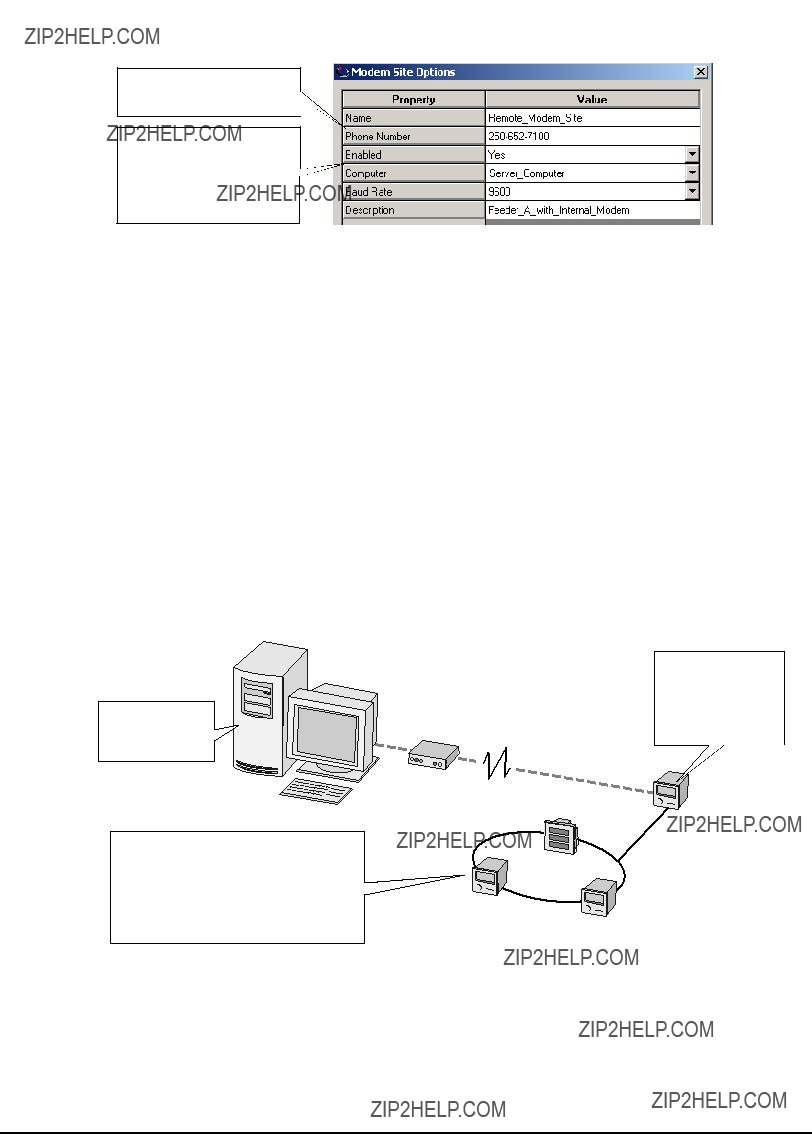
Remote modem telephone number
Server computer that communicates with the remote modem. Ensure that the server computer dialout modem is configured.
Configuring the Comm 1 Communications Module in Designer
Launch Designer, and configure the Comm 1 communications module Baud Rate, Unit ID, and Protocol setup registers to match your communications system. Configure the initialization string for the internal modem using the ModemInit register. Refer to ???ModemInit Setup Register??? on page 113.
The ModemGate Protocol
The ModemGate feature creates a communications connection between the telephone network and an
ModemGate is only available for the 9330 and 9350 meters, and it is only configurable on the COM 1 port.
Workstation with WinPM.Net and modem
Meter with an internal modem. The serial network is connected to COM 1.
Each device on the
All serial devices must operate at the same baud rate as the gateway meter.

Wire an
9330 or 9350 meter according to the wiring guidelines presented in the Installation and Basic Setup Guide.
The 9350 with in- ternal modem
The
The same
The Modem Site
Refer to the ModemGate technical note for complete details on configuring your meter for ModemGate.
Profibus Connections (9300)
 NOTE
NOTE
The Profibus Master file (.GSD file) is included on a floppy disk with the meter. This file must be installed on your Profibus Masters before the meter can communicate with the Profibus network.
The optional Profibus port on the meter is capable of operating baud rates up to 12 Mbps. Profibus Connections to the meter are made via the

Internet Connectivity
ACCESS meters provide Internet connectivity so you can receive meter emails, view realtime data, and configure your system through a web browser from anywhere in the world. Your ACCESS meter provides the following internet connectivity options:
MeterM@il?? feature (receive data logs and email alerts from the meter)
WebMeter?? feature (onboard web server allows you to view
WebReach (view WinPM.Net system information through a web browser)
WebMeter and MeterM@il
The WebMeter feature provides
All 9300 Series meters provide WebMeter capability. 9330 and 9350 meters also support MeterM@il. The table below illustrates the features supported by different 9300 Series meters. The following sections provide WebMeter and MeterM@il details.
9300
9330
9350
 NOTE
NOTE
To enable WebMeter and MeterM@il features, the meter must have firmware v271 or later and an Ethernet card with firmware ETH73v271 or later. Firmware can be downloaded from www.sea.siemens.com. Refer to the technical note Upgrading ION Device Firmware to learn how to upgrade device firmware.
ACCESS WebMeter Feature
Refer to the technical note WebMeter Internal Web Server Feature to learn how to:
view your WebMeter data on the Internet
configure your

set up your network for the WebMeter feature
enable/disable web browser configuration of the meter (for 9300 Series meters, web browser configuration of the meter is enabled by default)
ACCESS MeterM@il Feature (9330 and 9350)
The MeterM@il feature allows your meter to send data logs as email attachments to a workstation, pager, cell phone, or PDA. In addition to the log export function, your meter can send email alerts.
Refer to the technical note ACCESS MeterM@il Internal Email Server Feature to learn how to:
view MeterM@il data
set up your network for the MeterM@il feature
configure your meter to use the MeterM@il feature
set up the meter for your SMTP Server
set up the MeterM@il feature to send alerts
set up the MeterM@il feature to send data logs
WebReach
WebReach allows you to remotely view WinPM.Net information through a web browser. WebReach requires a simple URL and no client machine configuration so you have the flexibility to view your data from a web browser anywhere in the world. With WebReach, you can view
Telnet and Hyperterminal
You can access certain Ethernet settings and statistics through a telnet application such as Microsoft Telnet. Similarly, you can use Windows HyperTerminal to access certain meter module settings. Use the following guidelines to determine which application you should use to access your meter:
If your meter is connected to an Ethernet network, use a telnet application such as Microsoft Telnet.
If your meter is connected serially or through a modem to your workstation, use a terminal application such as Windows HyperTerminal.
You can access certain Power Meter module and Factory module settings from both a Telnet session and HyperTerminal session. Both sessions also let you configure Factory module setup registers for Current Probe Input applications. Additionally, a Telnet session lets you view ethernet statistics and access certain Ethernet communications module settings.

Refer to the technical note Telnet and HyperTerminal Access for the appropriate application???s menu options and connection instructions.

Digital and Analog I/O
Digital and analog I/O ports on ION meters let you bring a variety of data into a common system, thereby simplifying data gathering. The 9300 Series offers numerous digital and analog I/O combinations.
All series meters provide four digital (relay) output ports, one infrared data port, and one configurable LED output. The digital outputs are used as status outputs or for relay control. The infrared port can be used as a communications port, or it can be configured as a digital output for energy pulsing applications. The LED (L1) is used for energy pulsing. The 9330 and the 9350 meters also provide four digital (status) inputs. These optically isolated digital inputs can monitor status, count transducer pulses, breaker trips and pulses from any external "volts free" dry contact.
 NOTE
NOTE
The LED (L1) is preconfigured for kWh pulsing, but it can be easily reconfigured to perform kVAh pulsing, kVARh pulsing or any other digital output function.
There is also an analog I/O option - four analog inputs and four analog outputs - that can be specified for any 9300 Series meter. These allow you to monitor a wide range of conditions, such as device cycles (RPM), flow rates, fuel levels, oil pressures and transformer temperatures. You can output energy pulses to an RTU or perform equipment control operations.
An optional external relay board (the REB option) is available with four external relays that connect to the onboard digital outputs. Several different types of digital output devices are available for use with the external relay board; refer to www.sea.siemens.com for the External I/O Output Device Part Summary.
Refer to the technical note Digital and Analog I/O for more information regarding digital and analog inputs and outputs than is provided in this User???s Guide.
Specifying a Port In an ION Module
The Digital Output, Digital Input (9330 and 9350), Analog Output, Analog Input, Pulser, and Calibration Pulser modules have Port setup registers that allow you to specify which port handles the outgoing or incoming signals. To assign a port to one of these modules, simply modify the Port setup register by picking a port from the enumerated list. This can be done with both Designer and ION Setup.
Be aware that the enumerated list only displays those ports that are not yet assigned to another module. For example, the meter???s default configuration has port L1 assigned to Calibration Pulser module ???kWh imp LED.??? If you create a new Calibration module and modify its Port setup register, port L1 does not appear in the list of available ports. To make a port available, you must locate the module controlling it and set the module???s Port setup register to NOT USED (or delete the module entirely). The port now appears in the list of available ports.

 NOTE
NOTE
The IR LED capability is not available until you set the IR1 PROTOCOL register in the IR Comm module to
INFRARED I/O.
The following table describes the ports that can be configured (in the Digital
Output, Pulser, Digital Input, Analog Input, Analog Output, and Calibration
Pulser modules) to handle outgoing or incoming signals.
All 9300 Series meters (9300, 9330 and 9350) have these digital output ports and optional analog input/output ports
9330 and 9350 meters also include the following digital (status) input ports

Using the Onboard Digital Outputs
The four digital output ports are located on the rear of the meter. ION Digital Output, Calibration Pulser, or Pulser modules control the function of the digital output ports. These modules define the characteristics of outgoing signals and can act as intermediaries between the hardware port and the other modules in the meter. Digital Output ports can be used to control relays or send status signals.
You configure Digital Output, Calibration Pulser, and Pulser modules by specifying to which hardware port they send signals. You are also responsible for the settings that define the type of pulses the modules send. Once you have configured the modules, they can be controlled by other ION modules that provide trigger outputs.
The following table summarizes the settings for these modules.
 NOTE
NOTE
Remember that if the port you want to use does not appear in the Port setup register???s list, then that port is in use by another module. You must edit the Port setup register of the module using the port, setting it to NOT USED, if you want the port to be available to other modules.

Energy Pulsing
Five Calibration Pulser modules are preconfigured at the factory for energy pulsing applications. One of these modules is programmed to send kWh pulses to the LED on the back of the meter. The remaining four (configured for imported/ exported kWh and kVARh pulsing) can be configured to send energy pulses to any digital output port. Edit the appropriate Calibration Pulser or Pulser module???s Port setup register, and set it to the port you want to send the signal through (D1, D2, D3 or D4, or IR1).
LED Energy Pulsing
The LED port (L1) controls the LED on the back of the meter. This port is used for kWh pulsing by default; LED 1 on the back of the meter pulses every 1.8 Wh. If you wish to configure the LED for other energy pulsing applications (i.e. kVAh, kVARh), you must first disable the default kWh pulsing. Use the front panel to disable kWh pulsing as follows:
1.From the SELECT SETUP menu, choose ADV METER SETUP > CALIBRATION
PULSER MODULES > KWH IMP LED, and highlight the Port setup register and press the round button.
2.From the list of available ports, select NOT USED.
These steps remove control of the L1 LED from the kWh IMP LED module. You can also disable the kWh pulsing using Designer. Select the kWh imp LED Calibration Pulser module and disable L1 by setting the Port setup register to NOT USED.
Configuring Other Energy Pulsing Applications
Now that you have the L1 port free to assign a pulse to, you can assign other Pulser,
Digital Output, or Calibration Pulser modules to it. Using the front panel, assign a
Pulser module as follows:
1.From SELECT SETUP choose ADV METER SETUP, then select the new module type and the module you wish to use for pulsing the LED.
2.Scroll down and select the Port (e.g. PU2) setup register, then choose L1.
You can also configure LED energy pulsing from Designer. Select the Digital Output, Pulser, or Calibration Pulser module you wish to use and set its Port setup register to L1.
Using the Relay Expansion Board (REB Option)
The REB option (Relay Expansion Board) allows for custom digital output applications using specific Grayhill relay units. The REB option provides four slots where you can plug Grayhill digital output hardware modules. There are nine Grayhill hardware modules of varying functionality available. The relays are purchased separately.
As with onboard digital outputs, the Pulser, Calibration Pulser, and Digital Output modules can be used to control the functions of the external relays. Set the module???s Port setup register to the digital output port (D1 to D4) that the relay is connected to.

Using the Onboard Digital Inputs
The 9330 and the 9350 meters??? four onboard digital (status) inputs can be used for monitoring external contacts or pulse counting applications. These inputs can be used for dry contact sensing, but they cannot be used for voltage sensing applications.
The function of each digital input is controlled by the Digital Input modules S1 through S4. These modules are preconfigured at the factory, together with four Counter modules for counting status changes, and an External Pulse module for resetting the Counter modules.
The four Digital Input modules are factory configured as follows (refer to the online ION Programmer???s Reference for complete details on module function):
Once you have connected the status inputs to the field equipment they are going to monitor, check the meter???s Digital Input modules to ensure they are configured appropriately.
Using the Optional Analog Inputs
The four optional Analog Input ports allow you to monitor a wide range of conditions, such as device cycles (RPM), flow rates, fuel levels, oil pressures and transformer temperatures. Both types of Analog Inputs (either
You use Designer to create and configure Analog Input modules. Set the Analog Input module???s Port setup register to the appropriate analog input port on the rear of the meter. Link the Analog Input module???s ScaledValu output to another module or framework for analysis.
 NOTE
NOTE
Your meter???s default template may already have a framework of
Output modules.

The settings for Analog Input modules are as follows:
1An arbitrary input value can be treated as the Zero Scale (i.e. a
Using the Optional Analog Outputs
The four optional Analog Output ports can output energy pulses to an RTU or perform equipment control operations. Both types of Analog Output (either 0- 20mA or
You use ION Designer to create and configure these ION modules. Create an Analog Output module for each output port you are going to use, and link their Source input to a value you want to reflect through the analog outputs. Alter the setup registers as required:
Setting Zero Scale for 4 to 20mA Outputs
If you want your 9300 meter???s 0 to 20 mA analog output ports to operate as 4 to 20 mA outputs (i.e. delivers a 4 mA current with a zero Source input value to the Analog Output module), use the following formula:
Zero Scale = - 0.25 * Full Scale
For example, with a Full Scale value of 100, your Zero Scale setting would be

Data and Event Logging
The meter includes powerful data logging (9330 and 9350 meters only) and event recording capabilities. Data and event logs recorded by the meter are prioritized and stored onboard. Data is retrieved periodically by the WinPM.Net software Log Server (or other third party application).
If you use WinPM.Net software, all retrieved data from your system is stored in an
Data Logging (9330 and 9350)
The standard configuration of the meter includes data recorders that log various power system data such as energy and demand, or the average power system quantity used over a period of time (Historic Mean Log). The 9350 also logs sags and swells in voltage.
Reporting
The Data Recorder module labeled EGY DMD LOG is configured to provide power system data for Reporter software to create reports from the device???s logs. If any input links to this module are changed, Reporter will not be able to create reports. If you use the Reporter software, do not change the parameters that are logged in the Egy Dmd Log.
Revenue Logging
For the revenue meter option, Data Recorder #1 is locked, so channels must be specified prior to the meter being sealed. Refer to RMICAN Ordering Sheet on our website for your particular meter.
 NOTE
NOTE
For compatibility with the UTS
To learn more about the data recorder modules in your meter, refer to ION Device Templates at www.sea.siemens.com. ION Device Templates located at www.sea.siemens.com lists all of the ION modules available in the current version of your meter, and the total number of each module. ION Device Templates also shows the ranges or options available for each module???s setup registers.
Changing Parameters that are Logged
The
Once you are comfortable editing module links, change logged parameters by linking the output registers you want logged to the inputs of an ION Data Recorder module.

Event Logging
Events produced by the various ION modules in the meter are prioritized and grouped to facilitate custom logging. Each event has a priority group number assigned to it, based on its type and severity.
ION Event Priority Groups
Some event groups are preset with a Priority Number as shown in the table below. You can also define your own priority number for some modules. Priority numbers from
The Event Log Controller module allows you to set a priority cutoff for event logging. Any events with a priority number greater than the cutoff value are logged, and events with lower priorities are discarded. Refer to the individual module descriptions and the Event Log Controller module description in the online ION Programmer???s Reference for more details.
External ION Events
Some events are not produced by a specific module; they are generated internally by the meter. These events and their associated priority levels are as follows:.
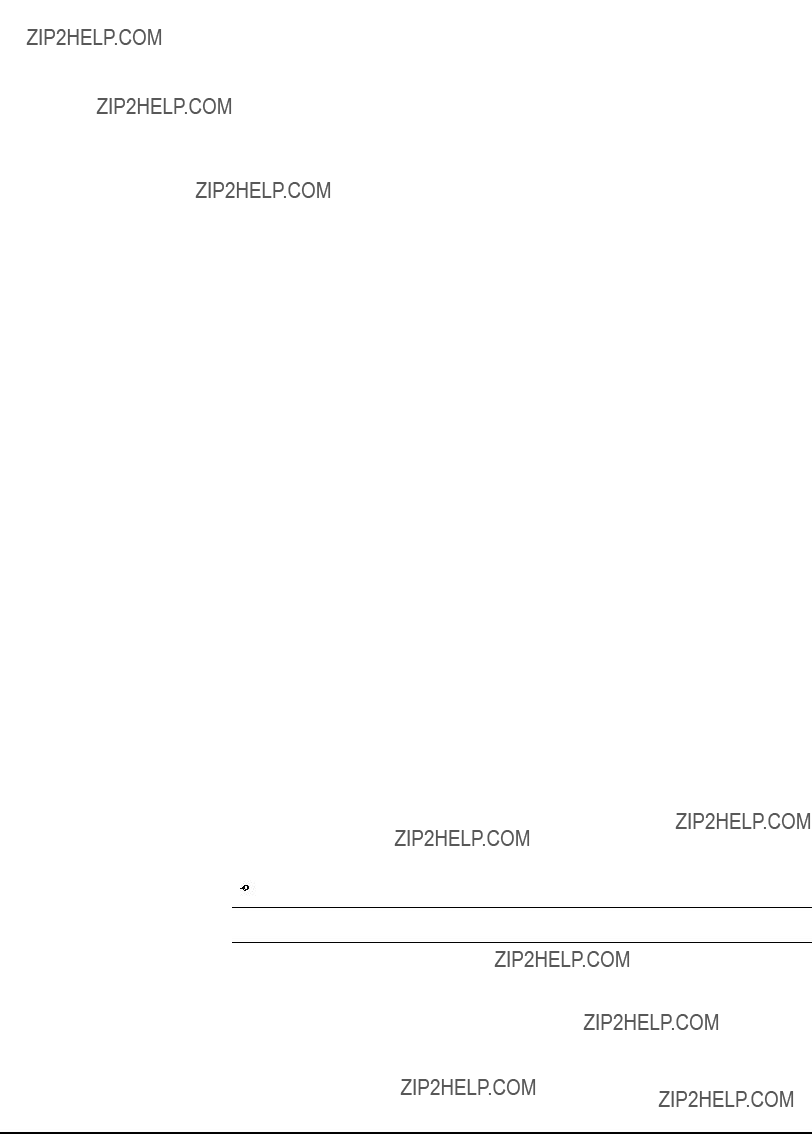
Logging and Recording Capacity
Data and Event Logging (9330 and 9350)
The standard memory capacity for both meters is 304 kilobytes of
each record consumes = ((number of parameters * 6) + 8)
Waveform Recording (9350)
The meter can simultaneously capture events on all channels to a maximum of 48 cycles each. To calculate the waveform memory usage use the following formula:
waveform memory usage = (2*(number of samples per cycle) + 10)*(number of cycles in waveform) + 30
See the following table.
1 M = Recorder depth
 NOTE
NOTE
Round up to the next kilobyte (1024 bytes) after each of the above calculations.
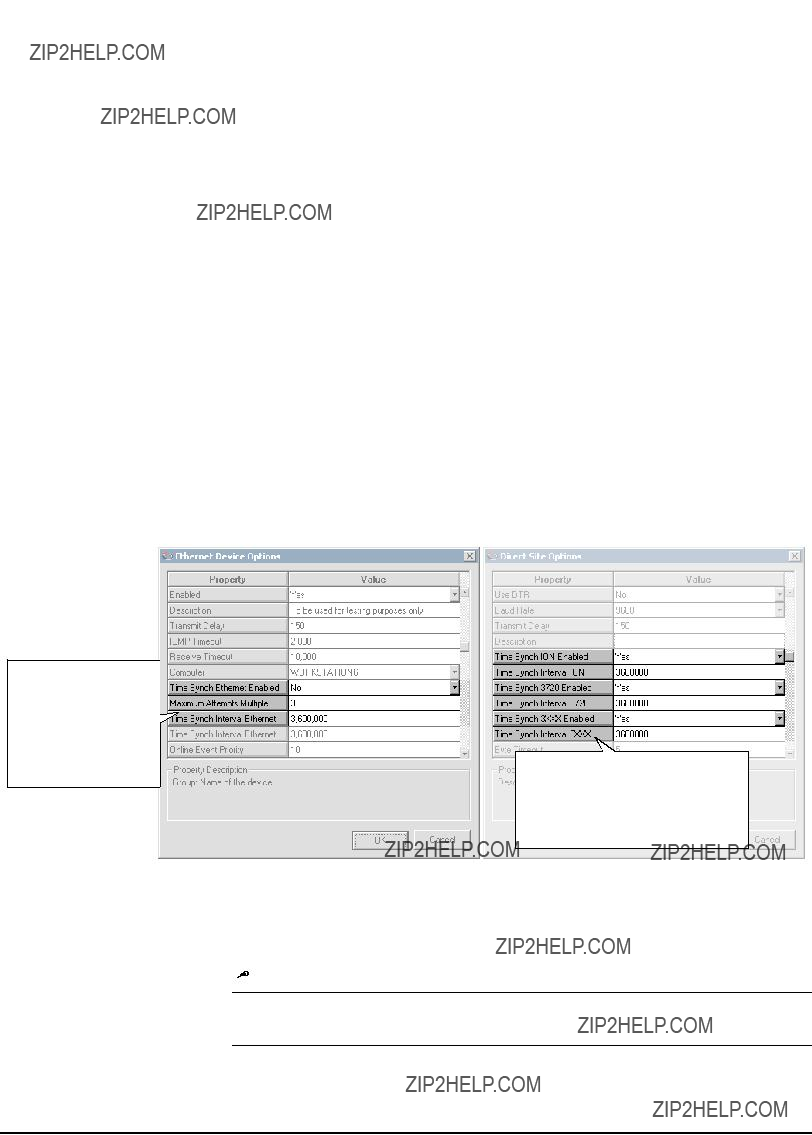
Time Synchronization
These fields appear in the Devices Advanced Properties screen for Ethernet devices. Serial devices are configured via the Serial Site advanced properties.
Time synchronization lets you synchronize the internal clocks of all networked meters and devices. Once synchronized, all data logs have timestamps that are relative to a uniform time base. This allows you to achieve precise
Refer to the technical note Time Synchronization and Timekeeping for more information on implementing time synchronization for your system.
Enabling or Customizing Time Synchronization
1.Launch the Management Console.
2.From the System Setup Pane, select Sites or Devices.
Select Sites if you want to customize a particular serial, modem, or Ethernet Gateway site.
Select Devices if you want to customize an individual Ethernet device.
3.
4.
The fields for enabling or customizing time synchronization are shown below.
Use these fields on the Site Advanced Properties screen to enable time synchronization or set custom intervals for any device in any Serial Site or Ethernet Gateway Site.
The Property Description area explains the purpose for each field. The default time synchronization interval of 3,600 seconds (displayed in milliseconds) is acceptable for most ION installations.
 NOTE
NOTE
You need appropriate permissions to configure the meters on your network. Refer to the technical note ION Security for details on software and meter security.

Meter Security
The meter???s security settings allow you to configure the meter through the front panel, with ACCESS software, or with the optional embedded web server.
Standard meter security
Anytime you make configuration changes to your meter, either through the front panel or with ION software, you must enter a password.
Your revenue meter can be protected by
Software security
ACCESS software security brings
For more information on meter security, refer to the ION Security technical note in
Appendix A.
Standard Meter Security
Standard meter security lets you configure the meter through the front panel or with communications software using a meter password.
This section describes password security options available from the front panel of the meter.
Entering the Password through the Front Panel
The first time you make a change to any setting you are presented with the Password display. The factory configured password is zero (0). The password prevents unauthorized tampering with your meter???s configuration. Depending on site security, you may want to modify the user password from the default to protect your configuration. The default password is ???00000??? and can be set to a maximum numeric value of 60000.

Changing the Meter Password
1.Select SECURITY from the Setup menu.
2.You will see that the screen displays 00000. Enter the current password. If you have not previously changed your password, the default is 00000.
3.Choose MODIFY PASSWORD to alter your password (the FACTORY USE ONLY option is for factory purposes and is not accessible).
4.Enter your new numeric password.
To change the value of the highlighted digit use the Up and Down arrow buttons.
To change the position of the cursor one space to the left, hold the Up arrow button for about one second.
To change the position of the cursor one space to the right, hold the Down arrow button for about one second.
5.Select YES to accept your new password. You will be returned to the Setup menu.
Residual Current Calculation (I4)
The Power Meter module provides an output register labeled ???I4??? which holds the residual current value, derived from the three phase current measurements. As such, I4 represents the ground fault current, or the current flow in the neutral or ground conductor.
This quantity is only available when the meter's Volts Mode is set to
AVAILABLE.

Alerting
The purpose of an ION alert system is to send an email or to contact a modem, fax, pager, or software in the event of a
The Alert module sends an alert whenever its Trigger input is pulsed. You can connect this input to any module that produces a pulse output. You can use modules that monitor alarm conditions such as changes in relay status and power quality problems. For example, you can connect the Trigger input to the output of a Setpoint module, thereby allowing the Alert module to send an alert when the setpoint condition is reached.
The Alert module delivers these types of alerts:
Numeric Pager
Alphanumeric Pager
PEGASYS (for alerts to PEGASYS software)
ION Alert (for alerts to WinPM.Net software)
ASCII
Selection between modes is made with the Alert module Alert Type setup register.
The Alert module requires access to either a modem (a dedicated modem or a modem handling a loop of meters) or Ethernet (for the Alert module email capabilities).
Alerting is briefly described in the following section. For detailed information about alerting, including how to build a framework to send alerts, refer to the Alert module description in the online ION Programmer???s Reference.
Alerting ION Software via the Alarm Server
 NOTE
NOTE
For detailed information about sending alerts to WinPM.Net software via the Alarm Server, refer to the
WinPM.Net online help.
The Alarm Server can run on any ACCESS software Primary or Secondary server. The server computer should have a dedicated phone line and modem. Modems at remote sites are programmed to dial the server's phone number when a priority event occurs. The Alarm Server monitors the phone line and waits for the remote sites to annunciate events. The most common use of the Alarm Server is to handle Remote Site Event Notification.

Remote Site Event Notification
1. Remote Site informs the Alarm Server that a priority message exists
Modem Site
3.Communication Services contact the modem site and retrieve priority messages
The Alarm Server uses a series of command line arguments to specify the actions it takes when a priority event is reported. These commands must be entered on the computer that is running the Alarm Server utility. Typically the Alarm Server is configured to launch the Connection Manager, which dials up the remote site and retrieves the logs from the devices. The Alarm Server can also be configured to launch other applications. A series of parameter switches are added to the command line to pass information about the event to the application that is launched.
Configuring the Alarm Server
The Alarm Server should have a dedicated phone line, modem, and COM port to avoid conflicts with other ACCESS software components.
The modem used by the Alarm Server is not configured with the Management Console??? only dialout modems are configured in the Management Console. The Alarm Server's executable, alarmsrv.exe, is typically located in \\Siemens\WinPM.Net\SYSTEM\bin. You can run the Alarm Server in a console window, or you can define a shortcut icon that includes all of the command line arguments required.
Alarm Server Command Line Arguments
Refer to the WinPM.Net online help for a list of command lines that the Alarm Server supports.

Alerting via an Alphanumeric Pager
 NOTE
NOTE
For detailed information about building a framework for alerting via an alphanumeric pager, refer to the
Alert module description in the online ION Programmer???s Reference.
If an alphanumeric pager is specified as the destination address in the Alert module, then an alphanumeric paging service, such as BC Tel Mobility, receives a message from the ION meter.
Once the modem at the paging service is contacted, the ION meter transmits the following information:
Pager identification number
Local time (year, month, date, hours, minutes, seconds)
Remote site identification
Priority of the alarm
Alert message, with text strings and realtime measured values
To include a module???s Source input in the message, reference the message string by using the form %Vn, where n is the Source input number. In the following Message register setting, the kWtot value is %V1. The string includes Source input 1 which would be the kWtot register from the Power Meter module.
The destination register contains your modem access number for the paging service provider and is what is dialed out first. The Pager Num register is the pager access number that is provided by your paging company.
Alerting via a Numeric Pager
 NOTE
NOTE
For detailed information about building a framework for alerting via a numeric pager, refer to the Alert module description in the online ION Programmer???s Reference.
If a numeric pager is specified as the destination address in the Alert module, then a numeric paging service receives a message from the ION meter. Due to the inherent limitations in numeric paging, the ION meter can only send a string of digits to the paging service. The Alert module then waits a specified time, determined by the number of commas inserted after the phone number in the Pager Num setup register. Finally, the Alert module dials the message digital string.
There are two important factors to consider when setting up the Alert module for numeric paging. First, be sure to specify a string of digits that is meaningful to you, such as a coded message. Second, be aware that there is no way to assure that a message has been successfully transmitted. Instead, there may be a busy signal or an answering machine may take the call. The number of commas you add to your dial string is an estimate of how long the modem at the remote site waits before it transmits numbers.

 NOTE
NOTE
In the following
Alerting via Email (9330 and 9350)
 NOTE
NOTE
For detailed information about setting up your network and building a framework for meter email (MeterM@il) alerts, refer to the technical note ION MeterM@il.
If email is specified as the destination address in the Alert module then an email message is sent to any address you specify. You can only set one email address per Alert module. If you want to send an alert to more than one email address you need to create a group ??? be sure your email server is configured to send email to groups via SMTP (Simple Message Transport Protocol).
Follow the steps below to send email alerts from your meter. Note that your meter must support emailing (with a correctly configured SMTP server):
1.Create an Alert module.
2.Configure these Alert module setup registers as indicated:
Message ??? type in the text of the alert to be emailed.
Destination ??? type in the destination email address.
Type ??? select Email.
Com Port ??? select Ethernet.
Location ??? type in a custom string; this is optional, and appears in the email.
Email From ??? type in an address that you want the email to appear from. This may be required as some SMTP servers only accept emails from valid addresses.
3.Create an ION module that will produce a pulse on its Trigger output when the exceptional event occurs (for example, a Setpoint module pulses its Trigger output when the setpoint condition is reached).
4.Link the Alert module???s Trigger input to the Trigger output of the module created in step 3.
5.Send and save. When the Trigger input is pulsed, the Alert module establishes communications with the SMTP mail server, and emails the alert message.
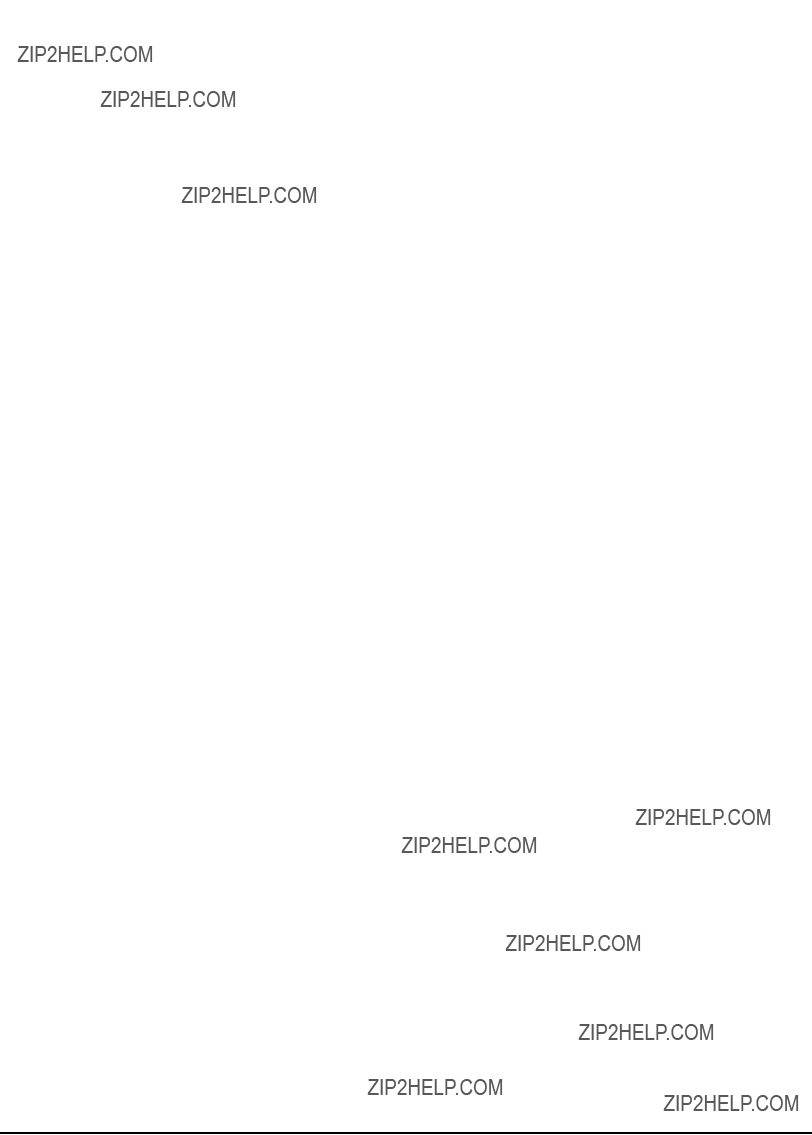

6 Revenue Metering
This chapter provides an overview of the 9300 Series revenue meters.
In This Chapter
9300 Series Revenue Meters . . . . . . . . . . . . . . . . . . . . . . . . . . . . . . . . . . 136

9300 Series Revenue Meters
The fundamental functions of a revenue meter are to provide measurements that are within
Revenue Meter Models
Two revenue meter models are available; each model is designated by the certification it holds.
Revenue Meter Options
The RMSEAL option provides a factory installed
Differences between Standard and Revenue Models
The revenue meter differs from the standard
Revenue Meter Energy Register Labels
The revenue and
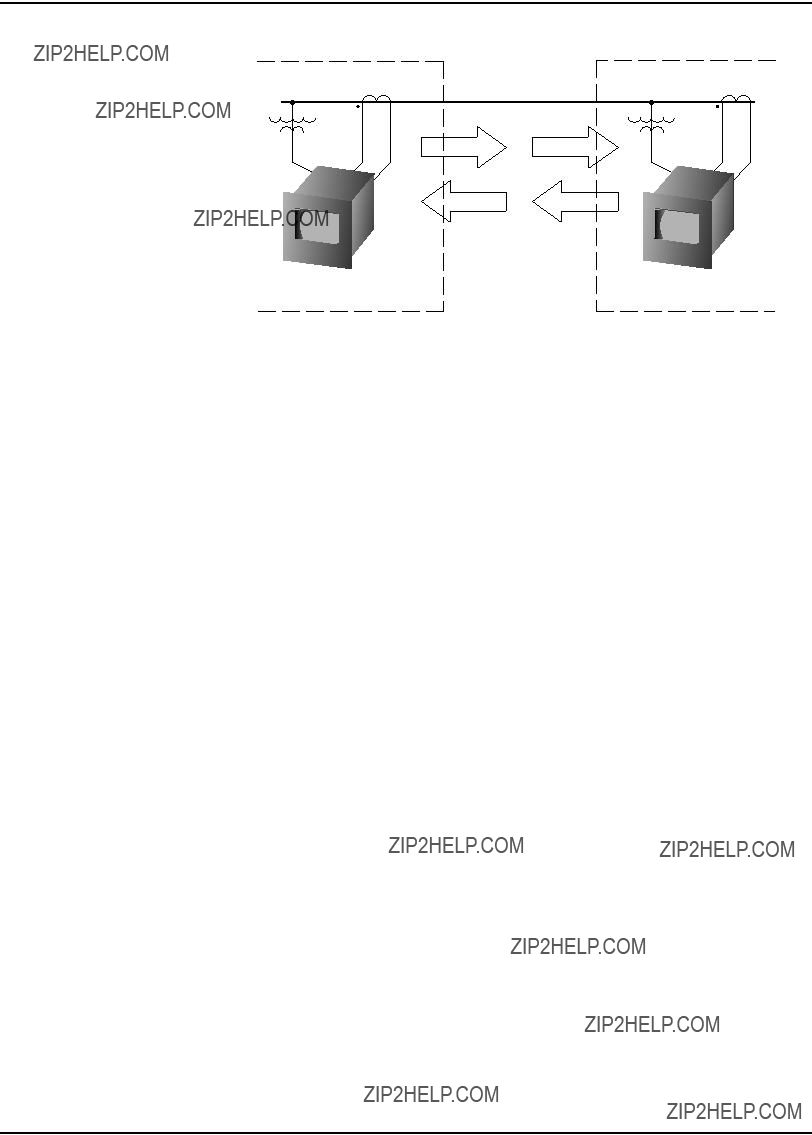
9300 Series User???s GuideSecurity Mechanisms
ReceivedExported
The revenue meter???s energy output register labels follow the revenue metering terminology; the energy labels for kVAh, kVARh and kWh are different from the
For example, the meter???s output register kVARh tot will be kVARh del+rec in the revenue meter model.
Additional Revenue Metering Modules
There are additional modules incorporated into the template of the revenue meter. Some of these modules are used in the calculation and logging of both V2h and I2h (used for transformer and line loss compensation).
Security Mechanisms
To meet Government regulations and Utility security requirements, the revenue meter incorporates three types of security systems:
a traditional
a
a

The revenue meter incorporates one or two sealing cans through which traditional lead/wire seals can be inserted. When utilized, these lead/wire seals effectively prevent unauthorized personnel from gaining access to meter internals. These seals are provided with the meter, and are installed as follows:
1.Place the sealing can over one of the rear panel corner holes and insert the screw into the hole through the sealing can.
2.Insert the ball bearing into the sealing can over the head of the screw. Install the wire through the two holes in the sealing can.
3.Twist the wire and crimp the
Password Protected Min/Max Register Resets
The meter front panel incorporates a password that must be entered in order to reset any of the minimum/maximum register values. The password must therefore be used to reset peak demand register values.
The revenue meter is equipped with a comprehensive security system that provides protection against unauthorized alteration or tampering of
kWh, kVARh, kVAh delivered, received,
kW, kVAR, kVA Thermal and Sliding Window demand min and max values
Digital Outputs controlling the energy pulsing applications
All Power system settings, including PT an CT ratios
A

Configuring the Revenue Meter
When enabled, the revenue meter security system prevents unauthorized alteration of
Before Disassembling the Meter
Before attempting to remove the back plate of the revenue meter, ensure that the device is protected against
 DANGER
DANGER
During normal operation of the 7350 ION, hazardous voltages are present which can cause severe injury or death. These voltages are present on the terminal strips of the device and throughout the connected potential transformer (PT), current transformer (CT), status input, relay, and control power circuits. Installation and servicing should be performed only by qualified, properly trained personnel.
1.Open all PT fuses (or direct voltage input fuses) and close all CT shorting blocks.
2.Turn off all power to the revenue meter and disconnect the Line and Neutral (or DC power) wires from the Supply Power inputs to the unit.
3.Disconnect all other wiring (or power off all other circuits) that may present potentially hazardous voltage levels to the unit, such as connections to the relay outputs.
4.Ensure that all cables still connected to the revenue meter are NOT live.
Inserting the Key
In order to configure the revenue meter, ensure that adequate safety precautions have been exercised as above.
 CAUTION
CAUTION
The components inside the 7350
1.Remove the thumbscrews and retainer bars from the unit.
2.Remove the
3.Slide out the rear plate of the device to reveal the unit???s circuit board panels.
4.Locate the

5.Place the jumper block on to the J1
6.Configure the meter (e.g. Volts mode, PT and CT ratios, Pulse outputs).
7.Remove control power from the revenue meter.
8.Slide the rear plate out and remove the jumper block from the
9.Replace the rear plate and
CT & PT Selection
Consult your local Revenue Metering authorities to obtain standards for CT and
PT selection for revenue metering applications in your region.

7 Hardware Reference
This chapter is intended to provide quick,
In This Chapter
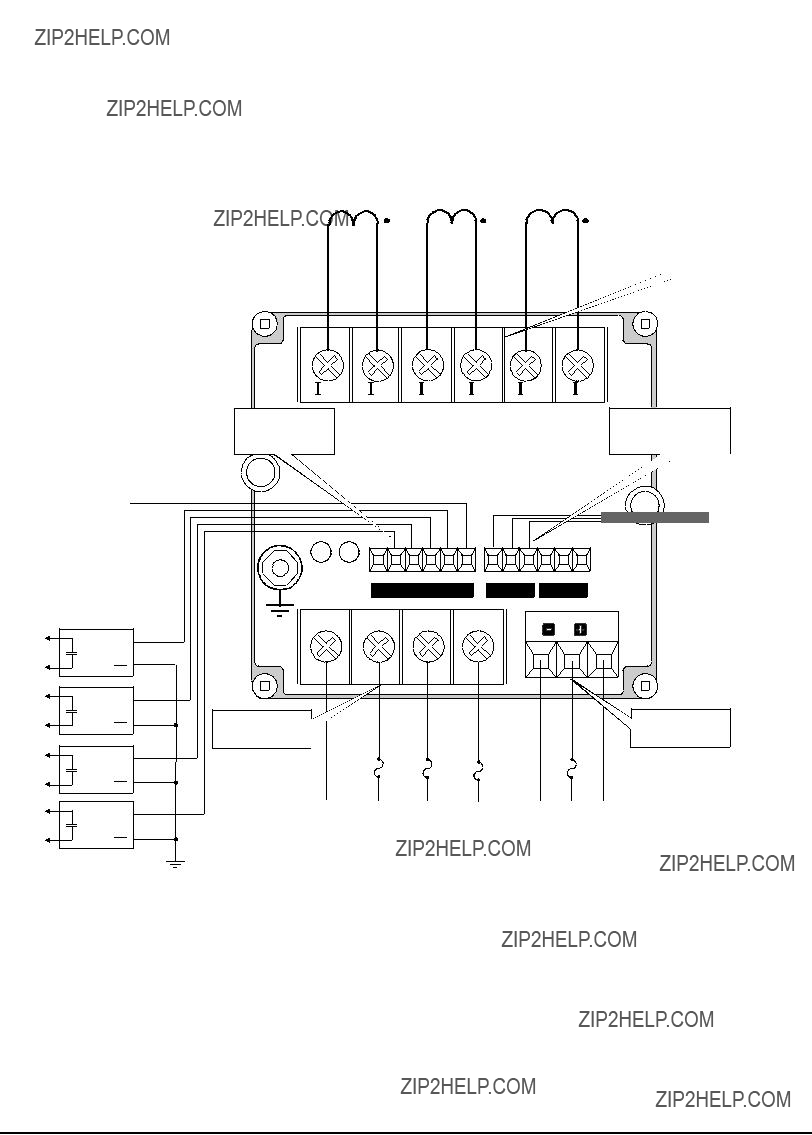
Standard Model
Rear View of Meter
V+ (Max. 30V)

General Specifications
Environmental Conditions
To operate properly and effectively, environmental conditions should fall within the guidelines listed below.

Unit Dimensions
Basic Model Dimensions
96mm
(3.78")
Ethernet Port Location
72.8 mm (2.87???)
 16.8 mm (0.66???)
16.8 mm (0.66???)
14.2 mm (0.56???)
57.4 mm (2.26???)
Internal Modem Port Location
14.3 mm (0.56???)
13.4 mm (0.53???)
30.8 mm (1.21???)
33.8 mm (1.33???)
86 mm (3.39")

Communications Specifications
Rear View of Meter
Modem
RJ11
FCC part 68 compliant telephone cord
connectors
22 AWG shielded, twisted pair
Ethernet
RJ45
Category 3
or 5 UTP
 NOTE
NOTE
The Profibus meter option on the 9300 meter does not use a COM port.
The following table indicates which COM ports are available for each model.
9300
9330
9350

These are the hardware ordering options that can (and cannot) exist together on the same meter.
COM1 Port
COM
SH +
COM1 is used for
 NOTE
NOTE
The internal modem option is hardwired to COM1. If you are using ModemGate, then any meter with an internal modem that will reside on the serial loop must connect to the serial loop using COM2. If COM1 is used, then the two modems (gated meter internal modem and serially looped meter internal modem) conflict during communication.
The specifications for

9300 Series User???s GuideCOM 2 Port
Connections
1The lengths of all (+ and
Terminal connections on the meter are marked as follows:
COM 2 Port
COM 2 is used for
The specifications for
COM 1.
 NOTE
NOTE
On 9330 and 9350 meters with the Ethernet card, COM2 is hardwired for EtherGate only, and cannot be used for serial communication.

COM 3 Port
COM 3 is reserved for the optical (infrared) port.
Infrared Connection
Specifications for the optical port are as follows:
1No physical connection is required to use the infrared port. Any device with an
Ethernet Port
RJ45
Pin 1: Transmit Data +
Pin 2: Transmit Data -
Pin 3: Receive Data +
Pin 6: Receive Data -
8 7 6 5 4 3 2 1
Specifications for the Ethernet ports are as follows:
1 The unit ID for Modbus RTU and Modbus/TCP over Ethernet is 100.

IP Service Ports
Connect to the following TCP/IP Service Ports for communications over Ethernet.
1EtherGate communications are available only through COM2. This feature is available only on 9330 and 9350 meters.
Profibus Port
This option is offered exclusively on the 9300 meter.

 LEDs (DE and PWR) Profibus female
LEDs (DE and PWR) Profibus female
connector.
PROFIBUS
 DE
DE
 PWR
PWR
 NOTE
NOTE
The Profibus Master file (.GSD file) is included on a floppy disk with the meter. This file must be installed on your Profibus Masters before the meter can communicate with the Profibus network.
The optional Profibus port on the meter is capable of operating baud rates up to 12 Mbps. Profibus Connections to the meter are made via the

Internal Modem
RJ11 1
2 3 4 5 6
Pin 3: Ring
Pin 4: Tip
Connection to the internal modem is made via the
If you have the captured wire connector option, connect the meter to the telephone system with the (bare wire to
1The baud rate used between connected modems is independent of the baud rate used for communication between the modem and the 9300 Series meter.
Higher data rates can be achieved if data compression is enabled in the modem.

9300 Series User???s GuideLEDs
LEDs

I/O Connections
Use a wire size that is appropriate for your application and complies with local electrical codes.
Digital Outputs
The meter provides four digital output ports that are suitable for controlling external relays. The digital outputs can deliver a continuous signal or pulse.
 CAUTION
CAUTION
Only use Siemens approved external relays with the meter digital outputs. Contact Siemens for complete information regarding relay specifications and applications.

Digital Inputs
The meter supports four digital inputs. These can be used for monitoring the condition of an external contact, or for pulse counting applications.
External Dry
Contacts
Polarity for SSR Contact shown.
C
Analog Inputs
Two types of analog input ports are available when you order a meter (refer to your meter???s label to determine what type you ordered):
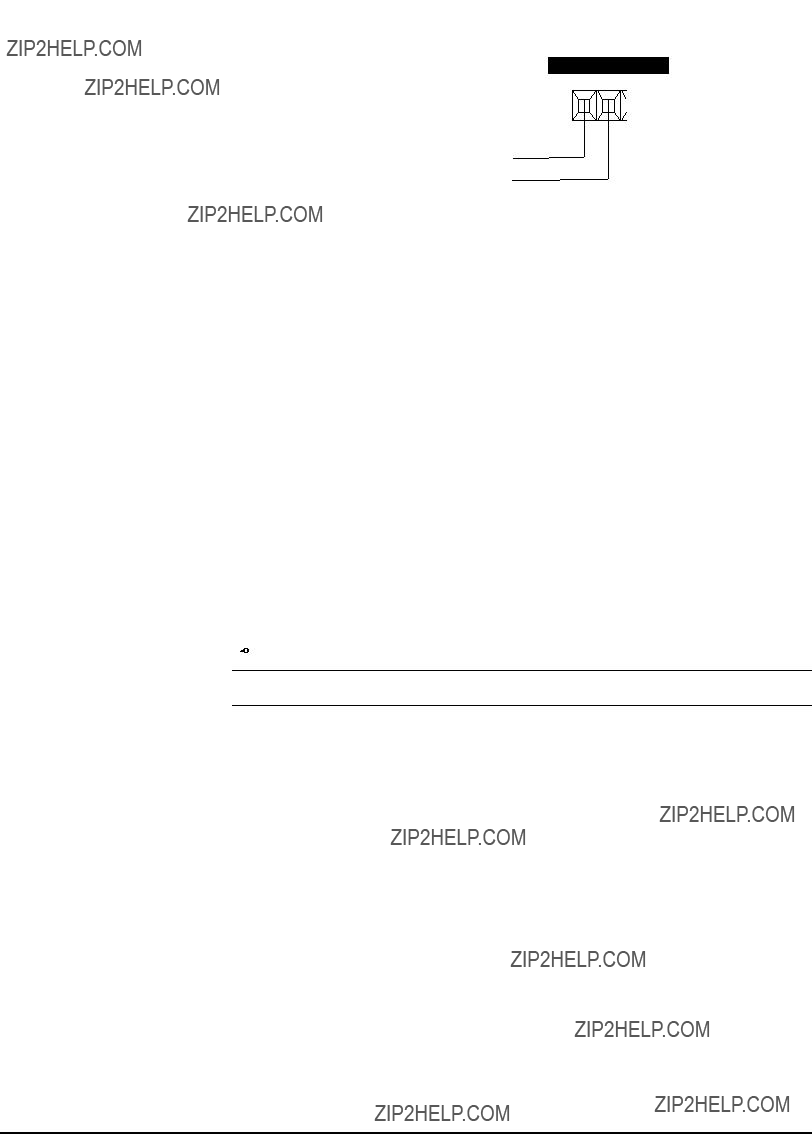
ANALOG INPUT PORTS
+ AI1 -
Analog Outputs
This ordering option provides four analog outputs. Two varieties are available:
 NOTE
NOTE
There is one common terminal for all of the Analog Outputs.

9300 Series User???s GuideElectrical Specifications
Electrical Specifications
Power Supply
1 If a standard display unit is used.
Voltage Inputs
 CAUTION
CAUTION
Phasing and polarity of the AC voltage inputs and their relationship is critical to the correct operation of the unit.
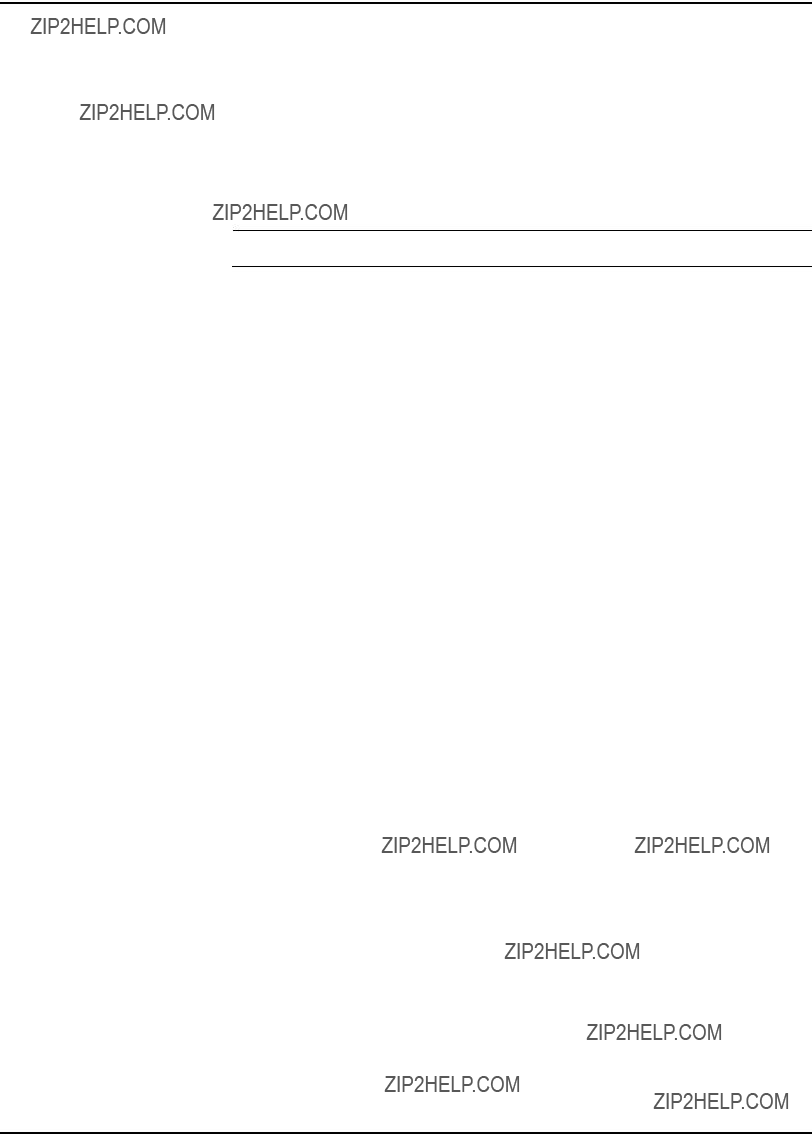
Electrical Specifications9300 Series User???s Guide
Potential Transformers
 CAUTION
CAUTION
In cases where PTs are required, the secondaries should be fused.
Current Inputs
Current Transformers
1The CT burden rating must exceed the combined burden of the meter, plus cabling, plus any other connected devices.
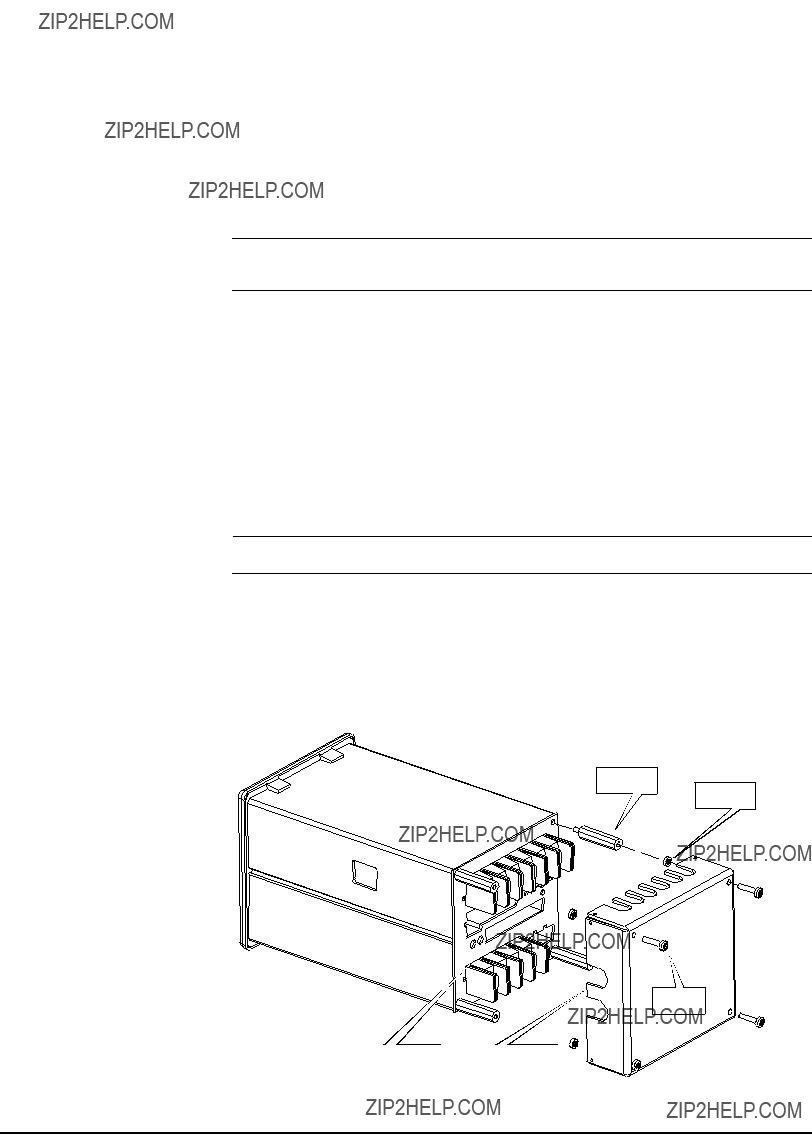
Options and Retrofits
Terminal Cover
This option ensures that the terminal strips on the meter???s base are not accessible after installation.
 DANGER
DANGER
During normal operation of the meter, hazardous voltages are present which can cause severe injury or death. Only qualified, properly trained personnel should perform installation and servicing.
1.Turn off all power to the meter.
2.Open all PT fuses (or direct voltage input fuses). Close all CT shorting blocks.
3.Ensure that all cables still connected to the meter are NOT live.
4.Unscrew the four corner screws (T10 TORX) from the rear of the unit.
5.Screw in the four spacers
6.Fasten the Terminal Strip Cover with the four screws (T10 TORX) and washers supplied.
 CAUTION
CAUTION
The spacers have a maximum torque rating of 1.35 Nm. Do not over tighten the screws.
7.Close the PT fuses (or direct voltage input fuses), and open the CT shorting blocks.
8.Turn on power to the meter and verify the correct operation of the unit.
Installation Diagram
Spacer
Washer
Screw

Remote Modular Display
The remote modular display (RMD) connects to the TRAN meter as shown:
4x 6mm (0.25???) mounting slots. Mount flush to any flat surface.
DISPLAY
1 Only use cable supplied by Siemens to connect the remote display unit.
RMD Dimensions
Switchboard Case
The meter is available in the
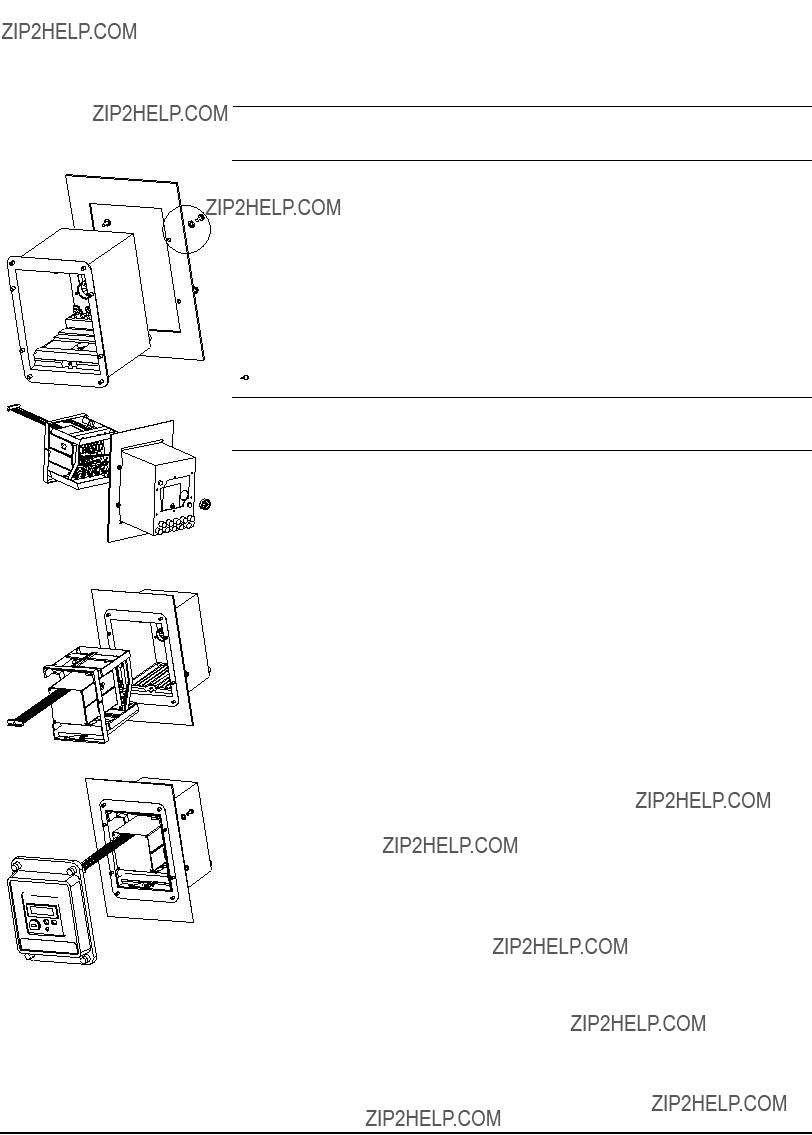
Installation Instructions
 CAUTION
CAUTION
Installation and maintenance of the switchboard meter should only be performed by qualified personnel who have appropriate training and experience with high voltage and high current devices.
If the switchboard case is included with your meter, draw the meter chassis out of the case to facilitate its installation into the mounting hole. Installing and setting up the switchboard meter is summarized in the following steps.
1.Review the unit???s dimensions and prepare a mounting hole for the switchboard case. If you are retrofitting your switchboard meter into an
existing case, you may have to drill or punch a 29mm (1.13???) round hole in the back of the case to accommodate communications, I/O, and/or auxiliary power wiring.
 NOTE
NOTE
For retrofitting S1 style switchboard cases, a
2. Place the supplied 29mm (1.13???) nylon bushing into the drilled hole if desired. Refer to ???Unit Dimensions??? on page 161.
3.Place the switchboard case into the prepared mounting hole. Attach the mounting screws.
4.Wire the phase voltages and currents to the terminal posts on the rear of the case.
5. Read the warning label on the green
6.Connect any communications, I/O, and/or auxiliary power wiring to the meter.
For the P24 power supply option, ensure that the auxiliary power cable is powered off.
Pass all wiring through the switchboard case using the round hole in back.
Connect the communications and I/O wiring to the meter; for the P24 power supply option, also connect the auxiliary power cable to the meter???s power supply terminals.
Slide the meter chassis into position while feeding the excess wiring through the hole in the rear of the switchboard case, making sure none of the wires are pinched.
Secure the meter by locking the two chassis levers into position.
Wire any external communications and I/O; for the P24 power supply option, connect the other end of the auxiliary power cable to an external dedicated 20 to 60VDC source that is powered down.
7.Connect the ribbon cable to the back of the display on the case cover.
8.Energize the meter as follows:
For the P24 power supply option, power up the auxiliary power (20 to 60VDC) source.

For the standard option, the meter is powered up when the voltage inputs are applied in the next step.
9.Apply the current and voltage inputs:
For S1 style switchboard meters, insert the connection plug into the slot at the bottom of the meter.
For FT21 style switchboard meters, push the shorting switches up.
10.Place the case cover into position and tighten the thumbscrew(s).
11.Perform basic setup and verify the meter???s operation: refer to the meter???s
Installation and Basic Setup Instructions manual for details.
Suggested Mounting Hole Dimensions
S1 Case HoleFT21 Case Hole
149mm (5.87")
 146mm (5.75")
146mm (5.75") 

FT21 Case
145mm
 (5.69") 105mm
(5.69") 105mm
(4.14")
47mm
(1.84")

The arrows in the diagram below indicate where the grounding posts are located (on the back of the switchboard meter):
P24 Power Supply Option
1.Connect the auxiliary power cable to the meter???s power supply terminals.
2.Connect the other end of the cable to an external dedicated 20 to 60VDC source that is powered down.
3.Energize the meter by powering up the dedicated 20 to 60VDC source.
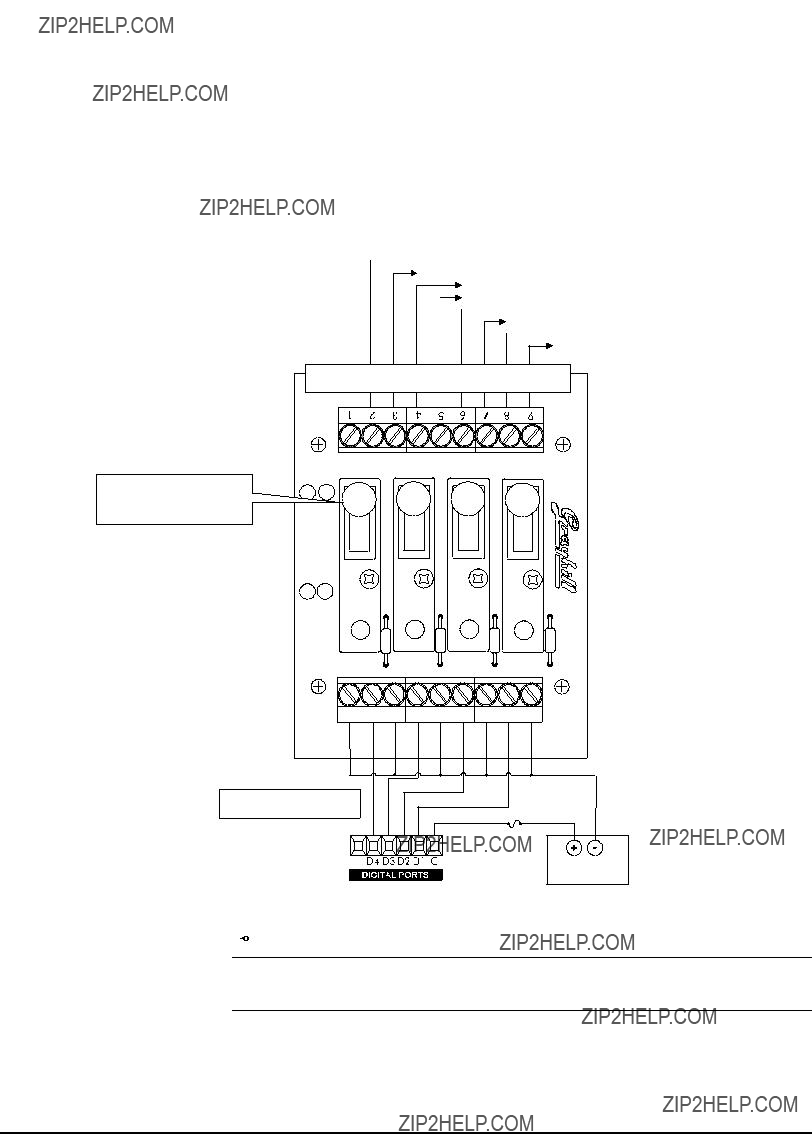
Relay Expansion Board (Grayhill Rack)
The optional relay extension board allows for custom digital output applications using specific Grayhill modules. This option includes a
a
a
These numbers indicate which Grayhill module is controlled by D1 to D4.
 D4 control module (module 4)
D4 control module (module 4)
D3 control module (module 3)
 D2 control module (module 2)
D2 control module (module 2)
 D1 control module (module 1)
D1 control module (module 1)
Wire sizes will vary depending on application
Grayhill Rack part # 70GRCK4R
Power Supply
 NOTE
NOTE
The meter???s digital outputs can be wired directly (without the use of the Grayhill rack), as long as the external power supply you use does not exceed 30 VDC/80 mA.

Wiring for Modules with Manual Override
The following wiring scheme must be used when the relay extension board contains Grayhill modules with the manual override feature.
 DANGER
DANGER
In this configuration, the outputs of the Grayhill modules with manual override will switch state on power up.
Analog I/O
The following diagram shows the additional connections required for the analog
I/O ordering option.
Analog Input connections from external transducers: 0 to 20mA or 0 to 1mA
Analog output connections to analog transducers

TRAN Model
The 9300 TRAN is a meter with no display. All specifications are the same as for standard 9330, except the following.
Unit Dimensions
TRAN Model Dimensions
86mm 60mm(3.39") (2.36")

I N D E X
. . . . . . . . . . . . . . .
I
A
Advanced Meter Setup menu 32 alarm server 131
command line arguments 132 configuring 132
remote site event notification 132 via alphanumeric pager 133
via numeric pager 133 Analog Input module 119 analog inputs
using the optional 123 Analog Output module 119 analog outputs
using the optional 124 ANSI 32, 107, 108
B
before you can use this guide 21 bus wiring 107
C
Calibration Pulser module 119 Clear Functions menu 28
disturbance counter reset 29 energy reset 29
harmonics min/max reset 29 manual waveform trigger 29 min/max reset 28
peak demand reset 28 sliding window reset 29 status counters 29 thermal demand reset 29
channel 43 COM1 146 COM2 147 COM3 148 diagnostic 36 in ION Setup 98
in ION software 73 infrared 148
specifications 148 internal modem 150 optical (see infrared) protocol configuration 54 protocols 16
Communications module 30 configuration changes
in ION modules 86 configuration tools 43 Connection Manager 132 connections
ethernet 110 optical port 108 Profibus 116
control objects 77 current inputs 156 current transformers 156
custom front panel displays 38
D
data
displaying with Vista 15 energy and demand 80 historical logging 46, 78 logging 45, 125
changing logged parameters 125 Data Recorder module 45, 125
default meter functionality 42 demand setup 52
editing existing frameworks 93 linking modules 91
main configuration screen 87 replacing input links 93 viewing
devices ethernet 72 serial 72
Diagnostic menu 35 displaying the date/time 37
using the communications diagnostic 36 using the I/O diagnostic 37
viewing the Harmonics diagnostic 36 diagnostics
troubleshooting 37 diagram objects 81 dialout modems 72 Digital Input module 119 digital inputs 80
using the onboard 123 Digital Output module 119 Display Setup menu 33
using the Auto Scroll feature 33 displays
custom front panel 38 disturbance counter reset 29 DNP 3.0 60
E
energy and demand 80 demand profile trending 80 peak demand reset 80
energy pulsing 122 energy reset 29
entering the password 129 environmental conditions 143 EtherGate 112
connection diagnostic screen 37 connections 110
Ethernet communications module 111 Event Log Controller module 126 event log viewer 77
event priority groups 126 external events 126
F
factory configuration 17 restoring 66
factory information 53 Factory module 53 fixed module links 86 frameworks 66, 84, 133
customizing in Designer 90 deleting an input link 93
front panel
accessing front panel setup menus 27 configuring the meter using 27 default display screens 25
G
global event log viewer 77 Grayhill 163
H
harmonics diagnostics 36
min/max reset 29 Hyperterminal 118
I
digital outputs 121 options 16
energy pulsing 110 Infrared Comm module 109 Input/Output (see I/O) interface
customizing in Vista 81 internal modem 113, 150 internet connectivity 117 ION architecture
ION MeterMail 31, 117 ION modules 84
customizing frameworks 90 deleting 91
deleting an input link 93 depth 84
editing existing frameworks 93 fixed links 86
linking restrictions 84 locked 86
not available values 85 ION Setup 98
changing a setup register 101 configuring communications 98 displaying data 102
displaying diagnostics data 103 Setup Assistant 101
sites, groups and meters 99 ION software
adding network components 73 configuring communication 73 core modules 86
fixed module links 86 ION Setup 98
locked modules 86 modules 84 persistent modules 86 security 70
ION WebMeter 117 IR pulsing 110
L
LED
energy pulsing 122 LED indicators 151 load profile 95
locked modules 86 logging
changing parameters 47 changing the frequency 46 changing the log depths 47 data 125
default configuration 45 event 126
M
adding network components in 73 configuring network components 71 properties dialog 73
manual waveform trigger 29 MeterMail 15, 31, 110, 117 min/max reset 28
changing configuration 55 factory configuration 55 importing data 58 module settings 55
Slave parameter map 56 Modbus Slave module 55 modem
dialout 72 initialization string 113
modem initialization string 44 ModemGate 113
module security 86
N
nameplate 35 Nameplate Info menu 35 network components
devices 72 dialout modem 72 servers 71
sites 72 network diagrams
generating in Vista 75 numeric objects 77
O
optical port connections 108
options
Relay Expansion Board (REB) 163 terminal cover 157
output registers owner 93
P
passwords 28, 129 changing on meter 130
peak demand reset 28 Periodic Timer module 46 persistent modules 86 ports
specifying 119 potential transformers 156
Power Meter module 31, 32, 42, 130 power quality data 78
disturbance details 79 harmonics measurements 79
voltage disturbance counter reset 79 power supply 155
changing configuration 63 factory configuration 63 ports 149
Slave parameter map 63 protocols 44
DNP 3.0 60 Modbus RTU 54 Modbus TCP 59 ModemGate 115 Profibus 63 third party 54
Q
using the Comm menus 30 using the Ethernet menu 31 using the Power Meter menu 31
using the Profibus Comm menu 30
R
recording capacity 127 registers
editing using the front panel 28 enumerated 28
relay expansion board wiring 164
installation instructions 159 mounting dimensions 160 P24 power supply option 162 specifications 158
report creation and generation 96 reporting 125
reports
adding a shoulder period 97 changing which days are holidays 97 creation and generation 96
energy and demand 95 generating 96
load profile 95
time of use schedules 97 residual current calculation 130 revenue logging 125
security mechanisms 137 standard versus RM models 136
connection methods to avoid 108 connections 107
diagnostic screen 36 specifications 146
S
Sag/Swell module 32, 44 Screen Setup menu 34 style setting 34
values setting 34 security
default settings 70 entering password 129 front panel 28
in modules 86 meter 70 software 70 standard meter 129
changing the User password 35 Setpoint module 48
over average current 80 over kW sliding demand 79
under average
Setup Assistant
in ION Setup 101 setup registers
changing in ION Setup 101 configuring with Designer 89
sites
Sliding Window Demand module 52 sliding window reset 29
SMTP 31 specifications
T
Thermal Demand module 52 thermal demand reset 29 time 37
time synchronization 128 TRAN 24
unit dimensions 165 troubleshooting
U
unit dimensions 144 update rate 33
user diagram
custom appearance 82 using this guide 21
V
Vista
generating a network diagram 75 grouping objects 77
summary of data provided 78 voltage inputs 155
W
waveforms
changing recording 47 WebMeter 15, 117 WebMeters 110 WebReach 118
X
Z
zero scale
?? Siemens Energy & Automation, Inc.
Siemens is a registered trademark of Siemens AG. Specifications are subject to change without notice.